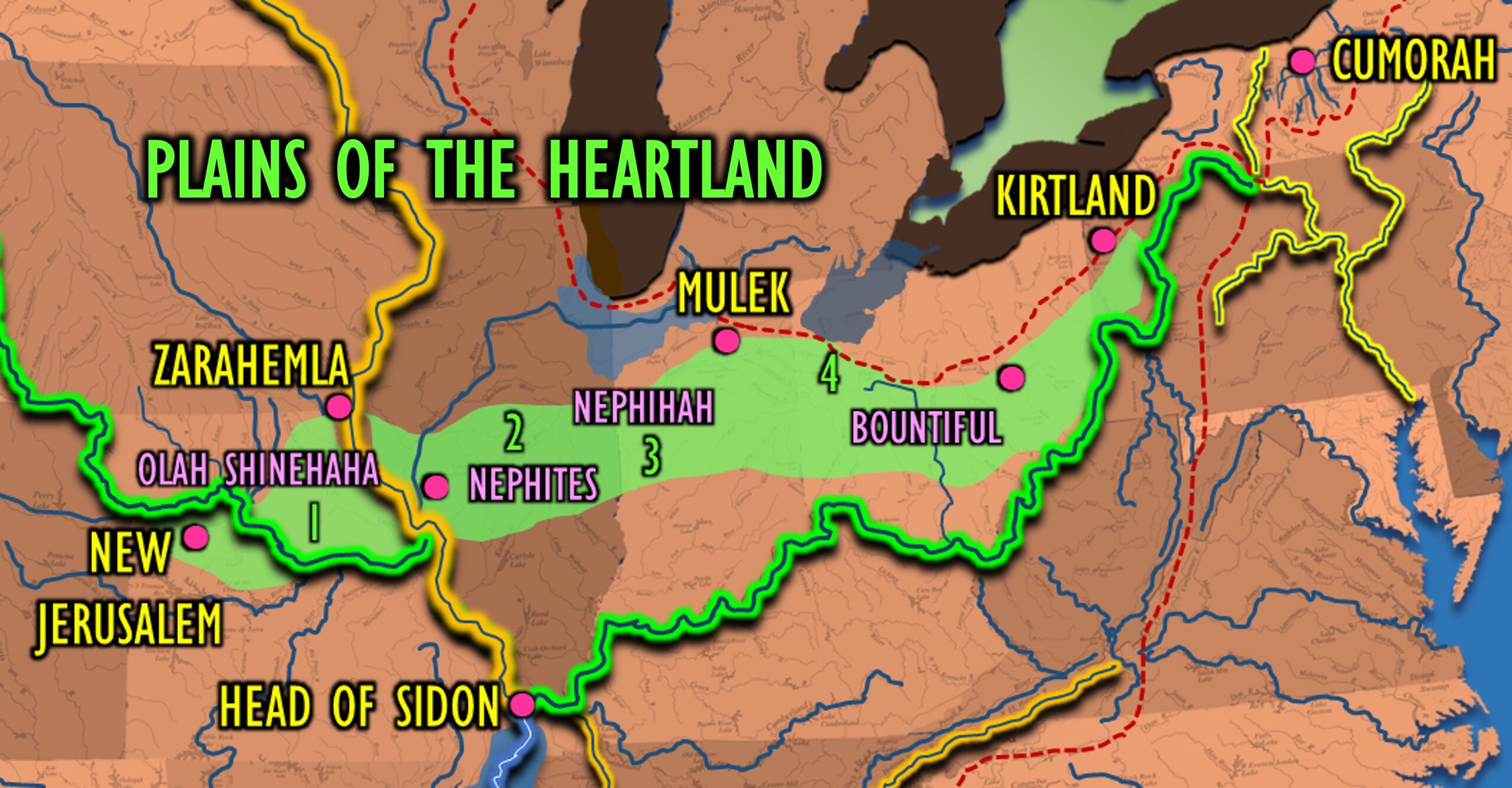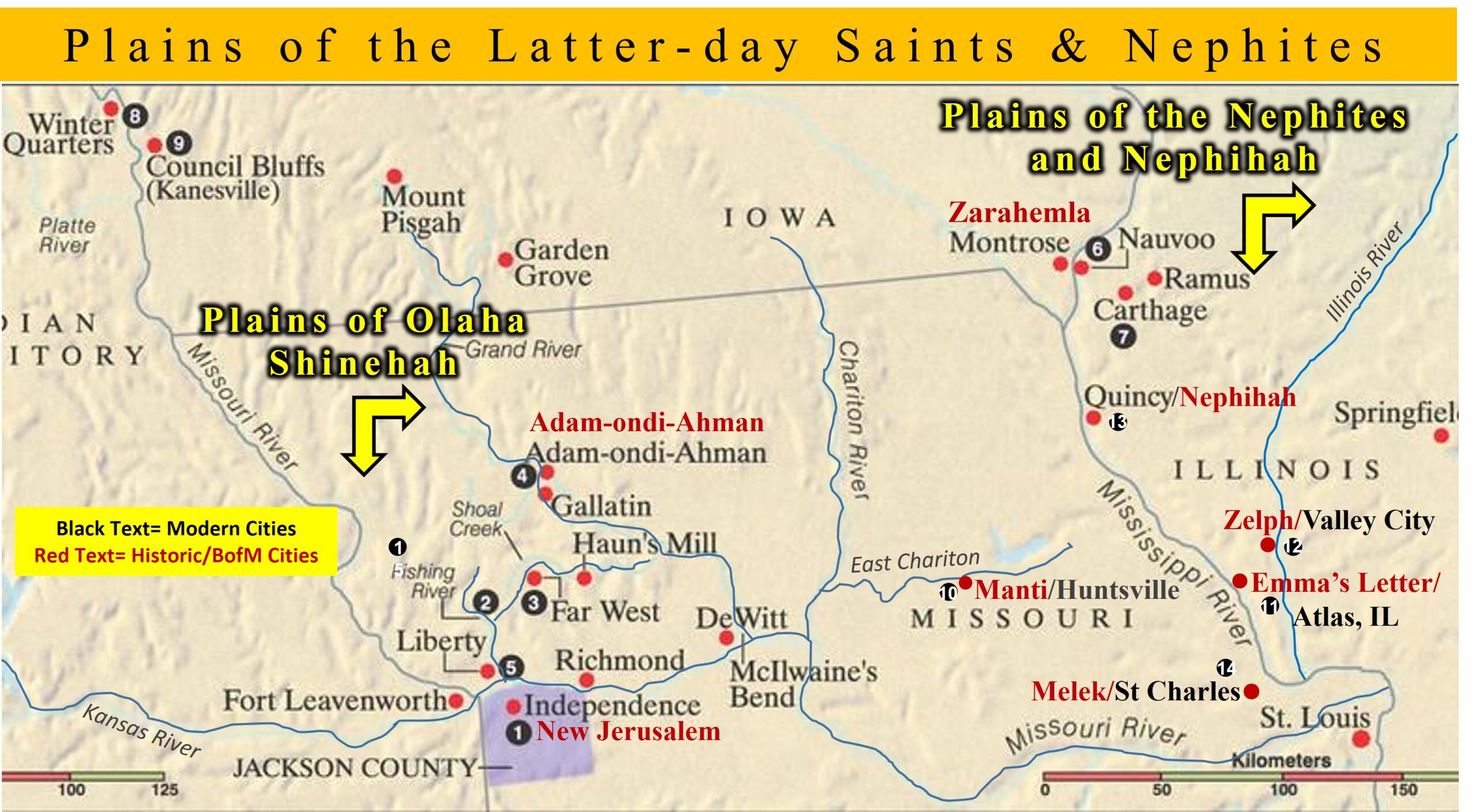“In early Church records, there are references to several dreams attributed to Joseph Smith Jr. They were recorded by Joseph himself, his clerks, or others who interacted with him. For the most part, Joseph’s dreams include no explanation, by either him or the recorder, concerning their purpose or interpretation. Yet, we know that Joseph viewed dreams as a legitimate channel of revelation, as evidenced in the fact that he recorded his dreams and used them in his public sermons.” LDS Living
 “To impel us to do that which is required. As a young Apostle, Spencer W. Kimball was privileged to learn from George F. Richards (1861–1950),[23] who was an alert man and attentive to God-given dreams. He did not think they were the least unusual for the faithful. While addressing the topic of dreams in a general conference, President Kimball referred to the following experience told by George F. Richards in council with the Quorum of the Twelve Apostles nearly thirty years earlier.
“To impel us to do that which is required. As a young Apostle, Spencer W. Kimball was privileged to learn from George F. Richards (1861–1950),[23] who was an alert man and attentive to God-given dreams. He did not think they were the least unusual for the faithful. While addressing the topic of dreams in a general conference, President Kimball referred to the following experience told by George F. Richards in council with the Quorum of the Twelve Apostles nearly thirty years earlier.
I believe in dreams, brethren. The Lord has given me dreams which to me are just as real and as much from God as . . . any . . . that we might read in the scriptures… It is not out of place for us to have important dreams. . . . More than 40 years ago I had a dream which I am sure was from the Lord. In this dream I was in the presence of my Savior as he stood mid-air. He spoke no word to me, but my love for him was such that I have not words to explain. I know that no mortal man can love the Lord as I experienced that love for the Savior unless God reveals it to him. I would have remained in his presence, but there was a power drawing me away from him.
As a result of that dream, I had this feeling that no matter what might be required of my hands, what the gospel might entail unto me, I would do what I should be asked to do even to the laying down of my life. . . . If only I can be with my Savior and have that same sense of love that I had in that dream, it will be the goal of my existence, the desire of my life.” https://rsc.byu.edu/vol-12-no-1-2011/quiet-slumber-revelation-through-dreams
The Blessing of Dreams
Many Prophets like Lehi, Daniel and Joseph sold into Egypt had the gift of a seer and a revelator. They could see past, present, and future events. Many prophets had dreams and could interpret them with the Spirit of the Lord accompanying them. The Prophet Joseph Smith was also a blessed seer and prophet. Joseph Smith had 3 dreams which I will discuss below. What did these dreams mean and how can we learn from them?
The first of Joseph Smiths dreams happened about four months prior to his death and spoke about a sinking steamboat. Then again about two days before his death he had another dream about a sinking boat. This third dream happened the night before his death, while in Carthage jail, one about a barn he built on his land in Kirtland. It had become old and worn out and various people were fighting over it. Joseph got out of the worn out barn in his dream and also out of the two sinking boats. Joseph Smith’s life was preserved in all three dreams. What do they possibly mean?

It is not my purpose to decipher these dreams, but to make the reader aware of them. After just reading these dreams a short while ago, I believe they are most appropriate for us to read and study to assist us in our mortal journey today. What can we learn from personal revelation? President Nelson said, “Learn for yourself—right now at your age—how to receive personal revelation. And nothing will make a bigger difference in your life than that!” Russell M. Nelson Hope of Israel
Joseph’s Two Dreams about Sinking Boats
Dream 1
In early February 1844, four months prior to his death, Joseph Smith had a dream, which he related to Wilford Woodruff, Willard Richards, and W. W. Phelps. He stated, “I was standing on a peninsula, in the midst of a vast body of water where there appeared to be a large harbor or pier built out for boats to come to. I was surrounded by my friends, and while looking at this harbor I saw a steamboat approaching the harbor. There were bridges on the pier for persons to cross, and there came up a wind and drove the steamboat under one of the bridges and upset it. I ran up to the boat, expecting the persons would all drown; and wishing to do something to assist them, I put my hand against the side of the boat, and with one surge I shoved it under the bridge and righted it up, and then told them to take care of themselves. But it was not long before I saw them starting out into the channel or main body of the water again. The storms were raging and the waters rough. I said to my friends that if they did not understand the signs of the times and the spirit of prophecy, they would be apt to be lost. It was but a few moments after when we saw the waves break over the boat, and she soon foundered and went down with all on board. The storm and waters were still very rough; yet I told my friends around me that I believed I could stem those waves and that storm, and swim in the waters better than the steamboat did; at any rate I was determined to try it. But my friends laughed at me, and told me I could not stand at all, but would be drowned. The waters looked clear and beautiful, though exceedingly rough; and I said I believed I could swim, and I would try it anyhow. They said I would drown. I said I would have a frolic in the water first, if I did; and I drove off in the raging waves. I had swam but a short distance when a towering wave overwhelmed me for a time; but I soon found myself on the top of it, and soon I met the second wave in the same way; and for a while I struggled hard to live in the midst of the storm and waves, and soon found I gained upon every wave, and skimmed the torrent better; and I soon had power to swim with my head out of water: so the waves did not break over me at all, and I found that I had swam a great distance; and in looking about, I saw my brother Samuel by my side. I asked him how he liked it. He said, “First rate,” and I thought so too. I was soon enabled to swim with my head and shoulders out of water, and I could swim as fast as any steamboat. In a little time it became calm, and I could rush through the water, and only go in to my loins, and soon I only went in to my knees, and finally could tread on the top of the water, and went almost with the speed of an arrow. I said to Samuel, See how swift I can go! I thought it was great sport and pleasure to travel with such speed, and I awoke” (Joseph Smith, History of the Church, 6:194–95, bold & italics added).
Dream 2
Joseph Smith Jr. (Related by W. W. Phelps)
In June 1844, when Joseph Smith went to Carthage and delivered himself up to Governor Ford, I accompanied him, and while on the way thither, he related to me and his Brother Hyrum the following dream.
He said: “While I was at Jordan’s in Iowa the other night, I dreamed that myself and my brother Hyrum went on board a large steamboat lying in a small bay, near the great ocean. Shortly after we went on board there was an alarm of fire, and I discovered that the boat had been anchored some distance from the shore out in the bay, and that an escape from the fire, in the confusion, appeared hazardous: but, as delay was folly, Hyrum and I jumped overboard, and tried our faith at walking upon the water.
“At first we sank in the water nearly to our knees, but as we proceeded we increased in faith, and were soon able to walk upon the water. On looking towards the burning boat in the east, we saw that it was drifting towards the wharf and the town with a great flame and clouds of smoke; and, as if by whirlwind, the town was taking fire, too, so that the scene of destruction and horror of the frightened inhabitants were terrible.
“We proceeded on the bosom of the mighty deep and were soon out of sight of land. The ocean was still; the rays of the sun were bright and we forgot all the troubles of our mother earth. Just at that moment I heard the sound of a human voice, and turning around, saw my brother Samuel H. approaching towards us from the east. We stopped and he came up. After a moment’s conversation he informed me that he had been lonesome back there, and had made up his mind to go with me across the mighty deep.
“We all started again, and in a short time were blest with the first sight of a city, whose gold and silver steeples and towers were more beautiful than any that I had ever seen or heard of on earth. It stood, as it were upon the western shore of the mighty deep we walking on, and its order and glory seemed far beyond the wisdom of man. While we were gazing upon the perfection of the city a small boat launched off from the port, and, almost as quick as thought, came to us. In an instant they took us on board and saluted with welcome, and with music such as is not of earth. The next scene, on landing, was more than I can describe; the greeting of old friends, the music from a thousand towers, and the light of God Himself at the return of three of His sons, soothed my soul into quiet and a joy that I felt as if I were truly in heaven. I gazed upon the splendor; I greeted my friends. I awoke, and lo, it was a dream!
“While I meditated upon such a marvelous scene, I fell asleep again, and behold I stood near the shore of the burning boat, and there was great consternation among the officers, crew and passengers of the flaming craft, as there seemed to be much ammunition or powder on board. The alarm was given that the fire was near the magazine, and in a moment, suddenly, it blew up with a great noise, and sank in the deep water with all on board. I then turned to the country east, among the bushy openings, and saw William and Wilson Law, endeavoring to escape from the wild beasts of the forest, but two lions rushed out of a thicket and devoured them. I awoke again.” I will say that Joseph never told this dream again, as he was martyred about two days after. I relate from recollection as nearly as I can. Source: W. W. Phelps, Joseph Smith’s Last Dream, 1–9.

Dream 3 Joseph’s Neglected Home
Joseph Smith Jr. <June 27, 1844> [Carthage Jail] . . .
Joseph related the following dream which he had last night:
“I was back in Kirtland, Ohio, and thought I would take a walk out by myself, and view my old farm, which I found grown up with weeds and brambles, and altogether bearing evidence of neglect and want of culture. I went into the barn which I found without floor or doors, with the weather boarding off, and was altogether in keeping with the farm. While I viewed the desolation around me, and was contemplating how it might be recovered from the curse upon it, there came rushing into the barn a company of furious men, who commenced to pick a quarrel with me. The leader of the party ordered me to leave the barn and <the> farm, stating it was none of mine, and that I must give up all hope of ever possessing it. I told him the farm was given me by the Church, and although I had not had any use of it for some time back, still I had not sold it, and according to righteous principles it belonged to me or the Church. He then grew furious, and began to rail upon me and threaten me, and said it never did belong to me nor the Church. I then told him that I did not think it worth contending about; that I had no desire to live upon it in its present state, and if he thought he had a better right I would not quarrel with him about it, but leave; but my assurance that I would not trouble him at present did not seem to satisfy him, as he seemed determined to quarrel with me, and threatened me with the destruction of my body. While he was thus engaged, pouring out his bitter words upon me, a rabble rushed in and nearly filled the barn, drew out their knives, and began to quarrel among themselves for the premises; and for a moment forgot me, at which time I took the opportunity to walk out of the barn about up to my ankles in mud. When I was a little distance from the barn I heard them screeching and screaming in a very distressed manner, as it appeared they had engaged in a general fight with their knives. While they were thus engaged the dream or vision ended.” Source: “History, 1838–1856, volume F-1,” 177–78.
Possible Dream Interpretation
Dreams can be interpreted in many ways. Gifted ones like Daniel and Joseph of the Old Testament, did so using the Spirit. Some see Joseph’s last three dreams as a way for him to escape his enemies emotionally, overcoming them in the end. Others see a more ominous meaning in them in connection with our day – the current state of things. All of us interpret things from our own perspective and experience, like Peter’s attempt to go to the Savior, where he get out of the boat and went to Him. Some see Peter’s failure. Others see his faith in leaving the comfort of the boat to go to the Lord. Knowing the truth of dreams, from God’s perspective, gives us a great advantage. Walking on Water in the New Testament, Peter leapt out of the boat and tried to walk on water to get to Jesus, only to sink – but eventually be saved by the Master. He was gently chastised for his lack of faith. Many only see the negative in Peter’s attempt to get to the Master and his supposed lack of faith. What is more important is that he desired to be with Him, and left the safety of the boat to do so. Joseph and Hyrum also did this, jumping from a boat and into the water in both dreams to save their lives. They sank in the water for at time, but their faith increased and they soon able walked on the water. There reward was that they made it to the Master. They did not sink in the burning, sinking ship they left behind. For some, staying in the boat is not always the best decision. While some see Joseph overcoming traitors in his final three dreams, others see in them trouble for our day – trouble by staying in the boat or “the box” with an “all is well” complacency, when trouble is all around. Joseph built the barn. It had no floor or doors in the dream. Some tie the floor of the barn to its foundation. In the New Testament, the foundation of the barn or church was Prophets and Apostles. D&C 64:39 states: “And liars and hypocrites shall be proved by them, and they who are not apostles and prophets shall be known.” D&C 50:4, 6 adds: “Behold, I, the Lord, have looked upon you, and have seen abominations in the church that profess my name. But wo unto them that are deceivers and hypocrites, for, thus saith the Lord, I will bring them to judgment.” With no doors on the barn, weeds and destruction can come in. Jesus said in Matthew 13:22. “He also that received seed among the thorns is he that heareth the word; And the care of this world, and the deceitfulness of riches, choke the word, and he becometh unfruitful.” Moroni said it more pointedly. Speaking of the last-days and what he saw, he stated, “O ye pollutions, ye hypocrites, ye teachers, who sell yourselves for that which will canker, why have ye polluted the holy church of God? Why are ye ashamed to take upon you the name of Christ? Why do ye not think that greater is the value of an endless happiness than that misery which never dies—because of the praise of the world? (Mormon 8:38). Jumping into the water from the sinking boats, provided salvation for Joseph Smith in his dreams. He also escaped the old barn and its dangerous men. Lehi and his family left Jerusalem for very similar reasons – to raise up righteous seed on this land, away from the influences of Egypt and Babylon that were destroying Jerusalem. Bold and italics added.
What do these things mean?
Are we in 2025 understanding His signs as a type of trouble or a precurser to learning? Are we part of a group who are hypocrites and deceivers? Do we have faith to be saved?
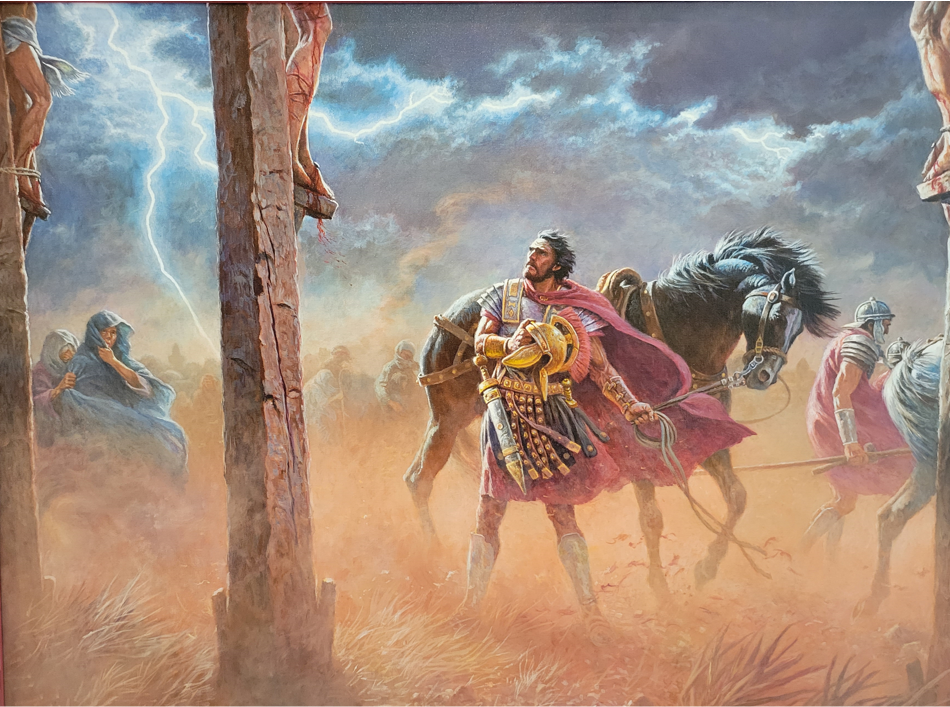
(Remember being saved through the Resurrection and Atonement does not necessarily mean living with God again. All who are born into this life will all be saved, or Resurrected without any works on our own). Are we ones who proceed with faith into dark and troubled waters believing we will be saved by the Lord or do we resist the trouble ahead in order to save ourselves? Do we believe our faith in Christ is able to save us, or that avoiding the diffiult earthly challenges we can be saved in the end? Do we put too much stock in the things of this world while complaining to the Lord in our station of life? When we see trouble do we run away or do we run in; towards the trouble and save those we can? Just like a firefighter or policeman, are we the first to run into danger, or are we the one who tries to avoid it. What makes someone run into danger?
Are we more concerned for our own safety or the saving of others? In these last days, 2025, are we waiting fo others to save us or do we have faith to move forward and warn and resue others, not thinking of ourselves? Why is this test of faith so difficult? Have we forgotten our Savior and all He has done for us, especially during times of trouble?
These are many things to think about as we seek to understand Joseph Smith’s dreams. Were these symbolic of things to come, or have we not even heard or thought about these dreams. Like myself, I barely became aware of these marvelous dreams and they have given me more hope to stay on the Celestial Path that President Nelson speaks of today.
The Gift of Dreams
Ryan C. Jenkins, “Quiet Slumber: Revelation through Dreams,” Religious Educator 12, no. 1 (2011): 73–89 said, “Prior to Joseph Smith’s First Vision, the Lord prepared the mind and heart of his father, Joseph Smith Sr., to believe his son’s vision. From 1811 to 1819, Joseph Smith Sr. received at least seven dreams, and his wife, Lucy Smith, detailed five of them…
“The forthcoming events of the Restoration through his son Joseph Smith Jr. would bring ordinances and covenants assuring the venerable patriarch of future salvation. These dreams prepared Joseph Smith Sr. for what was about to unfold in the latter days and more intimately, among his own family. When Joseph Smith Jr. approached his father and told him what had transpired during Moroni’s initial visits, his father counseled, “My son, these things are of God; take heed that you proceed in all holiness to do His will.” A messenger coming to his son must have resonated with the messenger in his own inspired dreams. Though the dreams of Joseph Smith Sr. were not recorded in Book of Commandments, their validity and timing confirm the Lord’s practice of reaching the children of men through this avenue of revelation.
These dreams confirm what the Lord taught his disciples: “And I say unto you my friends, Be not afraid of them that kill the body, and after that have no more that they can do” (Luke 12:4; see also Matthew 10:28). Through Joseph Smith Sr. and his son Joseph Smith Jr. we see that the Lord comforted and prepared these men for events that were to come to them. Both men prospered despite their circumstances, were delivered from their enemies’ malicious behaviors, and were taught the word of God which was accompanied with great power—their dreams assured them it was so.
“It is to teach us a principle.” President Wilford Woodruff proposed that “we may have dreams about things of great importance, and dreams of no importance at all. . . . There are a great many things taught us in dreams that are true, and if a man has the spirit of God he can tell the difference between what is from the Lord and what is not. . . . Whenever you have a dream that you feel is from the Lord, pay attention to it.” He illustrated this truth by recounting an occurrence during a mission in England:
When I was in the City of London on one occasion, with Brother George A. Smith, I dreamt that my wife came to me and told me that our first child had died. I believed my dream, and in the morning while at breakfast, I felt somewhat sad. Brother George A. noticed this and I told him my dream. Next morning’s post brought me a letter from my wife, conveying the intelligence of the death of my child. It may be asked what use there was in such a thing. I don’t know that there was much use in it except to prepare my mind for the news of the death of my child. But what I wanted to say in regard to these matters is, that the Lord does communicate some things of importance to the children of men by means of visions and dreams as well as by the records of divine truth. And what is it all for? It is to teach us a principle. We may never see anything take place exactly as we see it in a dream or a vision, yet it is intended to teach us a principle.
The blow of Wilford Woodruff’s heartbreaking letter was softened by the Lord preparing him through his dream. He was certain the communication was from God, and George A. Smith would stand as a second witness to the truthfulness of the account. However, Wilford Woodruff had to determine the principle the Lord was teaching him with this dream for himself. Likewise, we must wisely discern what we are supposed to learn from our own inspired dreams.” https://rsc.byu.edu/vol-12-no-1-2011/quiet-slumber-revelation-through-dreams
Fulfillment of Signs Today
Ezra Taft Benson said, “Are we not witnessing the fulfillment of these signs today? The gospel is being extended to all nations which permit our missionaries to penetrate their countries. The Church is prospering and growing. Yet in undiminished fury, and with an anxiety that his time is short—and it is—Satan, that great adversary of all of us, is attempting to destroy all we hold dear. We constantly hear or read of wars and rumors of wars. Atheism, agnosticism, immorality, and dishonesty are flaunted in our society. Desertions, cruelty, divorce, and infidelity have become commonplace, leading to a disintegration of the family. Truly we live in the times of which the Savior spoke, when “the love of men shall wax cold, and iniquity shall abound….
This preparation must consist of more than just casual membership in the Church. You must learn to be guided by personal revelation and the counsel of the living prophet so you will not be deceived. Our Lord has indicated who, among Church members, will stand when he appears: D&C 45:” https://speeches.byu.edu/speakers/ezra-taft-benson/
Read more here: https://www.ldsliving.com/joseph-smiths-last-dreams-and-other-prophetic-dreams-from-his-life/s/91424
and here: History, 1838–1856, volume F-1 [1 May 1844–8 August 1844]

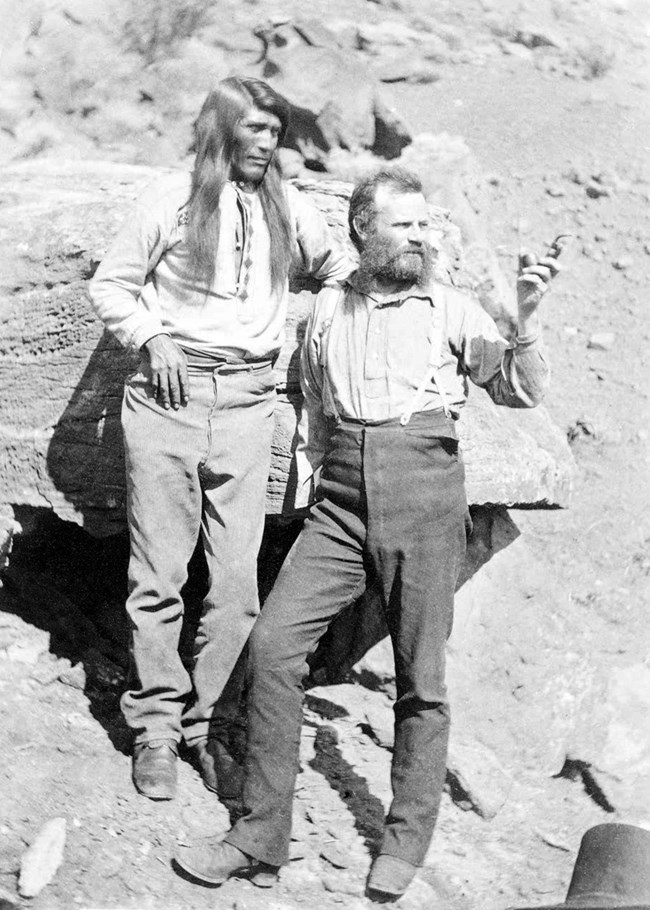






 By
By 
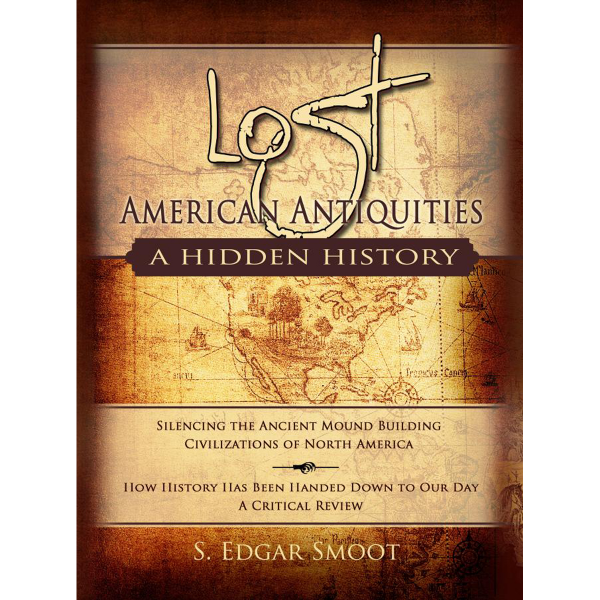





 Ancient Monuments of the Mississippi Valley, near Marietta, Ohio
Ancient Monuments of the Mississippi Valley, near Marietta, Ohio 
 Hopewell Trading Network
Hopewell Trading Network

 There are too many who “strain at a gnat and swallow a camel,” and too few who have judgment and faith and mercy and kindness for the unfortunate. There are too many who pray on their knees for fulfilment of prophecy and too few who let their hearts be softened and become “nursing fathers and mothers” to the downtrodden. There are too many Levites who pull their robes about them and pass by with disdain, and too few who “take them to the inn” and give them tender treatment and care.
There are too many who “strain at a gnat and swallow a camel,” and too few who have judgment and faith and mercy and kindness for the unfortunate. There are too many who pray on their knees for fulfilment of prophecy and too few who let their hearts be softened and become “nursing fathers and mothers” to the downtrodden. There are too many Levites who pull their robes about them and pass by with disdain, and too few who “take them to the inn” and give them tender treatment and care. Again, there are too many who push down and tread under, and too few who lift up, encourage, and help.
Again, there are too many who push down and tread under, and too few who lift up, encourage, and help. But behold, it shall come to pass that they shall be driven and scattered by the Gentiles; and after they have been driven and scattered by the Gentiles, behold, then will the Lord remember the covenant which he made unto Abraham and unto all the house of Israel. (Mormon 5:20.)
But behold, it shall come to pass that they shall be driven and scattered by the Gentiles; and after they have been driven and scattered by the Gentiles, behold, then will the Lord remember the covenant which he made unto Abraham and unto all the house of Israel. (Mormon 5:20.) olumbus and others discovered this promised land; the colonists came and settled the country; the Revolutionary War was a part of the program to bring freedom to the new world; and all of these developments were charted and permitted by the Lord. And when religious liberty was a reality through this God-given Constitution of the United States, then it was possible for the gospel to be restored. And Joseph Smith was raised up, the plates were found in the Hill Cumorah, and the Book of Mormon came forth, and the gospel was restored through the Gentile nations and thus came to the Lamanite people. The Prophet Joseph Smith immediately began to send the gospel to the red men, and this soon after the Church was organized. As soon as he had read accounts of them in the Book of Mormon he became aware of their destiny. Repeated attempts have been made through these many years to reach the Lamanites.
olumbus and others discovered this promised land; the colonists came and settled the country; the Revolutionary War was a part of the program to bring freedom to the new world; and all of these developments were charted and permitted by the Lord. And when religious liberty was a reality through this God-given Constitution of the United States, then it was possible for the gospel to be restored. And Joseph Smith was raised up, the plates were found in the Hill Cumorah, and the Book of Mormon came forth, and the gospel was restored through the Gentile nations and thus came to the Lamanite people. The Prophet Joseph Smith immediately began to send the gospel to the red men, and this soon after the Church was organized. As soon as he had read accounts of them in the Book of Mormon he became aware of their destiny. Repeated attempts have been made through these many years to reach the Lamanites. The Cherokee nation is a good example and typical of the many peoples who suffered the wrath of the Gentiles which were to come and possess their land. There is only one way, as I see it, that this nation can ever pay for what it has done to the Lamanites, and that is to educate them and bring the gospel to them so that they may receive the blessings so long withheld.
The Cherokee nation is a good example and typical of the many peoples who suffered the wrath of the Gentiles which were to come and possess their land. There is only one way, as I see it, that this nation can ever pay for what it has done to the Lamanites, and that is to educate them and bring the gospel to them so that they may receive the blessings so long withheld. The Cherokees, with others of the five civilized nations, had an alphabet, an educational program, a constitution, and a democratic government, and they resisted, not with swords and spears, but in legal and peaceful ways, the encroachment of the people of the states into their country. When the removal bill was passed by the state of Georgia, according to historical accounts, the Cherokees brought an injunction against the state, but they lost their suit since sometimes, “might makes right.” They tried to establish themselves as an independent nation but were never completely recognized as such.
The Cherokees, with others of the five civilized nations, had an alphabet, an educational program, a constitution, and a democratic government, and they resisted, not with swords and spears, but in legal and peaceful ways, the encroachment of the people of the states into their country. When the removal bill was passed by the state of Georgia, according to historical accounts, the Cherokees brought an injunction against the state, but they lost their suit since sometimes, “might makes right.” They tried to establish themselves as an independent nation but were never completely recognized as such. Even when the 550 surveyors came in to divide their land, the Cherokees did not rise in armed rebellion. They took the matter to the Supreme Court, where they were sustained. However,. President Jackson said: “John Marshall made the decision; let him enforce it.” And the persecution persisted, and new squatters came into the area to take over the property rightly belonging to the Indians.
Even when the 550 surveyors came in to divide their land, the Cherokees did not rise in armed rebellion. They took the matter to the Supreme Court, where they were sustained. However,. President Jackson said: “John Marshall made the decision; let him enforce it.” And the persecution persisted, and new squatters came into the area to take over the property rightly belonging to the Indians. Pressures became terrific. Ultimate moving was almost certain. A first group, under almost enforced enrolment, was assembled at Hiwassee on the Hiwassee River, and they were put on flatboats and sent down the Tennessee and Mississippi rivers, up the Arkansas River to the insect infested Arkansas country, later known as the Indian Territory. This was a tragic move. Many died of cholera en route. The living reached Little Rock, Arkansas, when the water was too low to carry their barges. They must walk then through the mosquito-malaria country to their new country, and one-half of the survivors at Little Rock died before the first year was ended.
Pressures became terrific. Ultimate moving was almost certain. A first group, under almost enforced enrolment, was assembled at Hiwassee on the Hiwassee River, and they were put on flatboats and sent down the Tennessee and Mississippi rivers, up the Arkansas River to the insect infested Arkansas country, later known as the Indian Territory. This was a tragic move. Many died of cholera en route. The living reached Little Rock, Arkansas, when the water was too low to carry their barges. They must walk then through the mosquito-malaria country to their new country, and one-half of the survivors at Little Rock died before the first year was ended. So outraged did these Indians feel that they would not accept the government rations which came, for fear they would compromise their positions. Many of them preferably returned to their hills to live on wild game and roots and herbs.
So outraged did these Indians feel that they would not accept the government rations which came, for fear they would compromise their positions. Many of them preferably returned to their hills to live on wild game and roots and herbs. The new settlers took from the Indians the newly discovered gold mines; they appropriated the Cherokee farms and homes and crops and livestock; they took possession of the land; and these peaceable Indians, taking a last, fond look at their beloved homeland, were pushed north and west. There were new babies to carry in their arms; there were unborn babies to come en route; there were mothers who were destined to die by the roadside; there were consumptives and cripples who needed to be carried; there were blind who needed to be led; there were parents who were separated from their children and little frightened ones who ran into the woods and were never found. There were unmilked cows with swollen udders; chickens and pigs unfed; and empty cabins and sometimes smoking ruins.
The new settlers took from the Indians the newly discovered gold mines; they appropriated the Cherokee farms and homes and crops and livestock; they took possession of the land; and these peaceable Indians, taking a last, fond look at their beloved homeland, were pushed north and west. There were new babies to carry in their arms; there were unborn babies to come en route; there were mothers who were destined to die by the roadside; there were consumptives and cripples who needed to be carried; there were blind who needed to be led; there were parents who were separated from their children and little frightened ones who ran into the woods and were never found. There were unmilked cows with swollen udders; chickens and pigs unfed; and empty cabins and sometimes smoking ruins. All this was in direct fulfilment of the prophecies which the Lord had caused his prophets to declare:
All this was in direct fulfilment of the prophecies which the Lord had caused his prophets to declare: One missionary said: “From the first of June, I feel as if I had been in the midst of death.” A general funeral sermon was preached upon arrival, to take care of all of the dead from the Carolina hills in Georgia to the Indian Territory swamps. Another missionary wrote: “With regard to the West, all is dark as midnight. Oh, that my head were waters and my eyes a fountain of tears, that I might weep day and night for the slain of the daughters of my people.”
One missionary said: “From the first of June, I feel as if I had been in the midst of death.” A general funeral sermon was preached upon arrival, to take care of all of the dead from the Carolina hills in Georgia to the Indian Territory swamps. Another missionary wrote: “With regard to the West, all is dark as midnight. Oh, that my head were waters and my eyes a fountain of tears, that I might weep day and night for the slain of the daughters of my people.” And as it was with the Cherokees, so it was with the Sioux, the Navajos, the Apaches, and others of the -tribes.
And as it was with the Cherokees, so it was with the Sioux, the Navajos, the Apaches, and others of the -tribes. The great Navajo nation had a similar fate. They had resisted the white man’s encroachment. They had felt justified in defending their homes and their land against invading forces. Finally the army of the United States was sent in to Navajo country, and the natives subdued by starvation were herded into the canyons and crevices of the rocks where they took refuge in Canyon De Chelly and Canyon del Muerto. The army burned the hogans; they rooted up the crops; they cut down the peach trees; they killed the cattle and the sheep; and finally in desperation, the Navajos surrendered, and thousands of them were marched across the trackless desert to Bosque Redondo on the Pecos River in central New Mexico. This merciless trek was called “The Long Walk.” Here for four years they starved and froze in a land that was unproductive, unkind, harsh, and cruel to them. There was little wood to burn; the winds were fierce; the cold was penetrating; their rations from the government were limited. And after four years of intense suffering, they were released. A treaty was signed between a great Gentile nation and a fast vanishing native nation, and the refugees were permitted to move painfully back through central New Mexico into northeastern Arizona to the hills and canyons from which they had come — and to which they were glad to come — and those were blood-stained miles — desolate miles — heartbreaking and backbreaking miles. Many hundreds of those thousands suffered death in those perilous years at Fort Sumner and in “The Long Walk” each way; and as desolate as was the Navajo land, it was home. That was the last organized resistance of the Navajos. They never rose again.
The great Navajo nation had a similar fate. They had resisted the white man’s encroachment. They had felt justified in defending their homes and their land against invading forces. Finally the army of the United States was sent in to Navajo country, and the natives subdued by starvation were herded into the canyons and crevices of the rocks where they took refuge in Canyon De Chelly and Canyon del Muerto. The army burned the hogans; they rooted up the crops; they cut down the peach trees; they killed the cattle and the sheep; and finally in desperation, the Navajos surrendered, and thousands of them were marched across the trackless desert to Bosque Redondo on the Pecos River in central New Mexico. This merciless trek was called “The Long Walk.” Here for four years they starved and froze in a land that was unproductive, unkind, harsh, and cruel to them. There was little wood to burn; the winds were fierce; the cold was penetrating; their rations from the government were limited. And after four years of intense suffering, they were released. A treaty was signed between a great Gentile nation and a fast vanishing native nation, and the refugees were permitted to move painfully back through central New Mexico into northeastern Arizona to the hills and canyons from which they had come — and to which they were glad to come — and those were blood-stained miles — desolate miles — heartbreaking and backbreaking miles. Many hundreds of those thousands suffered death in those perilous years at Fort Sumner and in “The Long Walk” each way; and as desolate as was the Navajo land, it was home. That was the last organized resistance of the Navajos. They never rose again. The Lord said, in speaking of the time when he would come in his glory, that he would gather all nations and separate them one from another as a shepherd divideth his sheep from his goats, the sheep on the right and the goats on the left. And then he speaks of these sheep:
The Lord said, in speaking of the time when he would come in his glory, that he would gather all nations and separate them one from another as a shepherd divideth his sheep from his goats, the sheep on the right and the goats on the left. And then he speaks of these sheep:
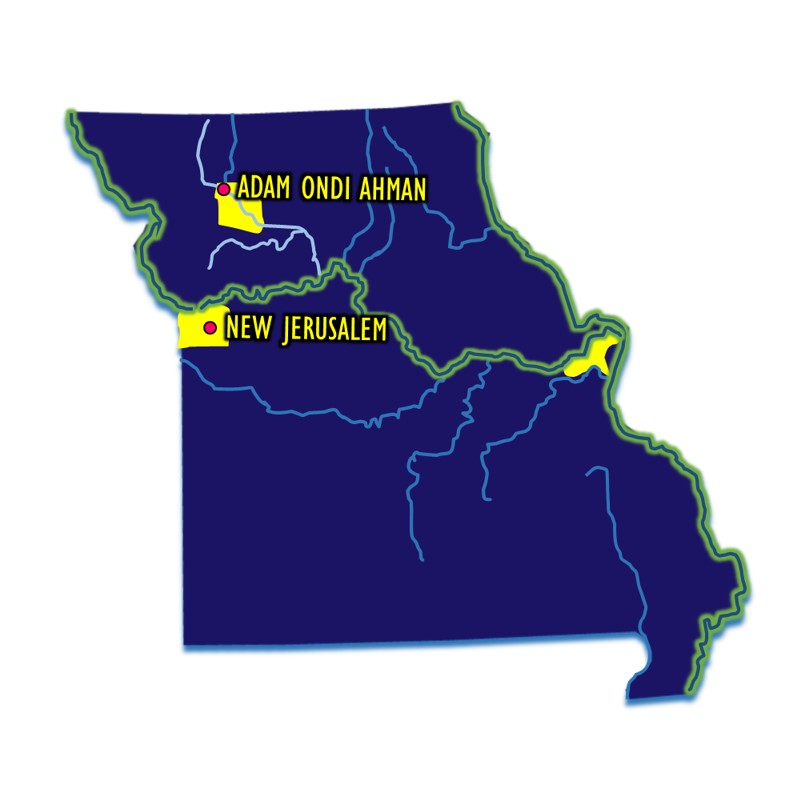 “We must remember that the whole earth was paradisiacal before the Fall. The Garden of Eden was a center place. After the Fall, there was no Garden of Eden or paradisiacal status on earth. Yet relative to the locale of the site of the Garden of Eden, the Prophet Joseph Smith learned through revelation (D&C 57) that Jackson County was the location of a Zion to be and the New Jerusalem to come. The Prophet first visited Jackson County, Missouri, in the summer of 1831. The Prophet visited Jackson County again in April and May 1832. On one of the occasions, or perhaps both, the Prophet Joseph apparently instructed his close associates, and perhaps even a general Church gathering, that the ancient Garden of Eden was also located in Jackson County.
“We must remember that the whole earth was paradisiacal before the Fall. The Garden of Eden was a center place. After the Fall, there was no Garden of Eden or paradisiacal status on earth. Yet relative to the locale of the site of the Garden of Eden, the Prophet Joseph Smith learned through revelation (D&C 57) that Jackson County was the location of a Zion to be and the New Jerusalem to come. The Prophet first visited Jackson County, Missouri, in the summer of 1831. The Prophet visited Jackson County again in April and May 1832. On one of the occasions, or perhaps both, the Prophet Joseph apparently instructed his close associates, and perhaps even a general Church gathering, that the ancient Garden of Eden was also located in Jackson County.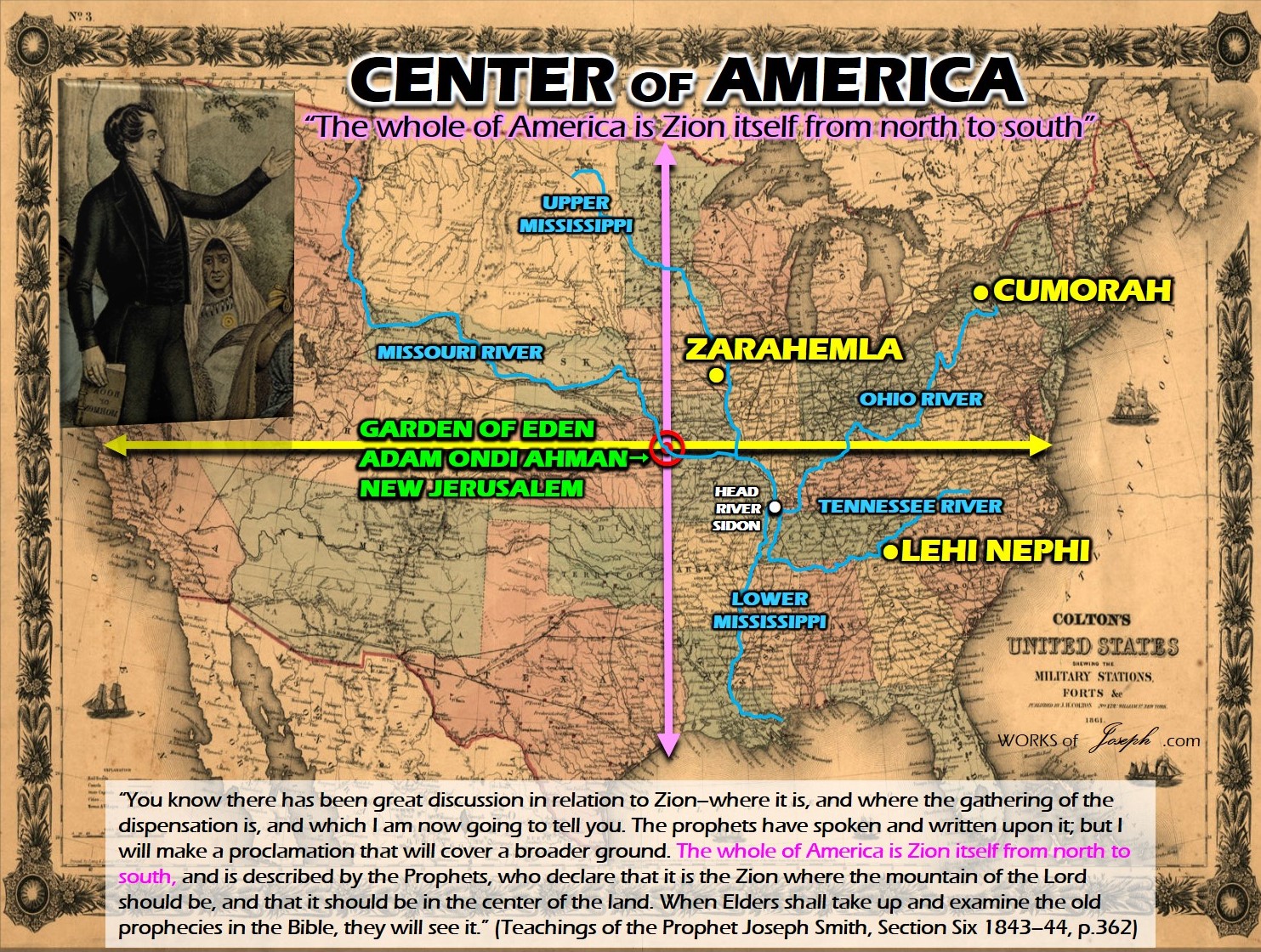
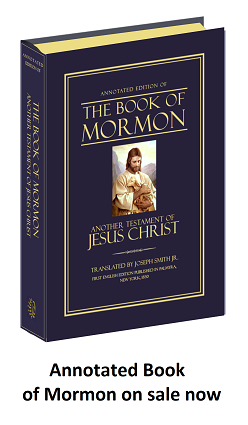
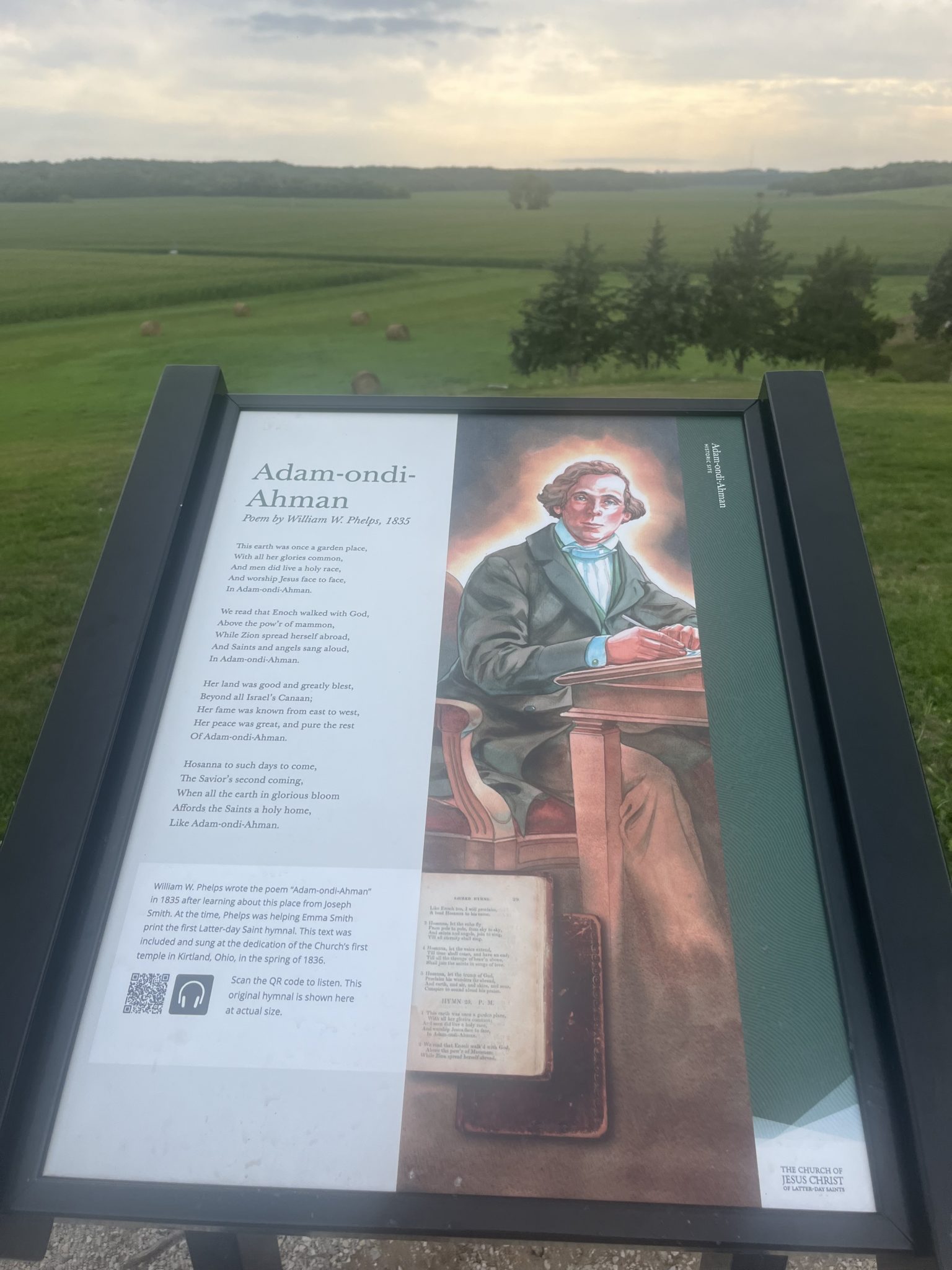 oseph Smith taught that Adam, just prior to his death, called Seth, Enos, Cainan, Mahalaleel, Jared, Enoch and Methuselah, as well as the “residue of his posterity who were righteous,’ to Adam-ondi-Ahman. It was there he “bestowed upon them his last blessing” (
oseph Smith taught that Adam, just prior to his death, called Seth, Enos, Cainan, Mahalaleel, Jared, Enoch and Methuselah, as well as the “residue of his posterity who were righteous,’ to Adam-ondi-Ahman. It was there he “bestowed upon them his last blessing” ( “At that great gathering Adam offered sacrifices on an altar built for the purpose. A remnant of that very altar remained on the spot down through the ages. On May 19, 1838 Joseph Smith and a number of his associates stood on the remainder of the pile of stones at a place called Spring Hill, Daviess County, Missouri. There the Prophet taught them that Adam again would visit in the Valley of Adam-ondi-Ahman, holding a great council as a prelude to the great and dreadful day of the Lord” (Mormon Doctrine, pg. 21).
“At that great gathering Adam offered sacrifices on an altar built for the purpose. A remnant of that very altar remained on the spot down through the ages. On May 19, 1838 Joseph Smith and a number of his associates stood on the remainder of the pile of stones at a place called Spring Hill, Daviess County, Missouri. There the Prophet taught them that Adam again would visit in the Valley of Adam-ondi-Ahman, holding a great council as a prelude to the great and dreadful day of the Lord” (Mormon Doctrine, pg. 21).
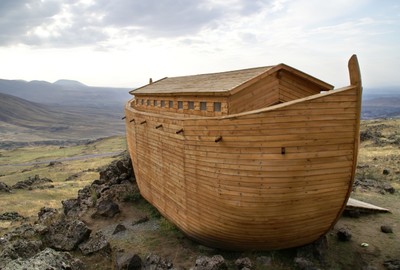 “We may, however, observe, that so far as new revelation has given us information on this subject, this Continent of ours may be ranked among the first lands occupied by the human family. The very first man who had dominion on the face of the earth, under the direction of the Heavens, once dwelt on this Continent, His name was Adam” (Journal of Discourses 12:338)
“We may, however, observe, that so far as new revelation has given us information on this subject, this Continent of ours may be ranked among the first lands occupied by the human family. The very first man who had dominion on the face of the earth, under the direction of the Heavens, once dwelt on this Continent, His name was Adam” (Journal of Discourses 12:338)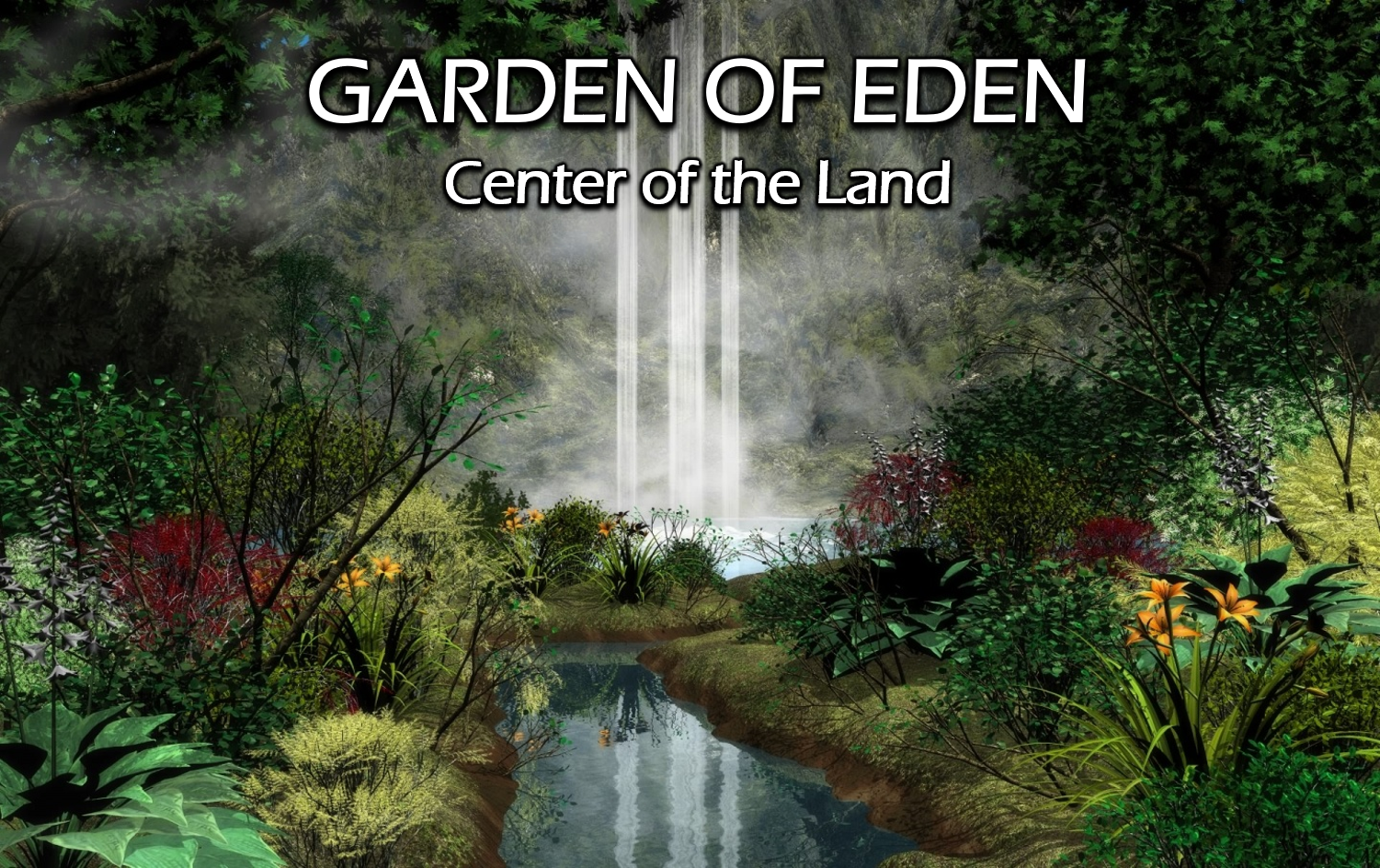 . . . But not quite so incredible to Americans of Dr. Mitchill’s generation, perhaps, as in the late 1850s when Dr. Francis wrote the reflections above. Latter-day Saints will naturally connect here with Joseph Smith’s similar doctrine which placed ancient Adam, at least shortly before his death, in what is now northwestern Missouri. What may not be evident to the casual scholar, however, is that Joseph did not declare this American Eden until Josiah Priest’s American Antiquities had gone through at least seven editions – a likely total of some thirty thousand copies or more (see bibliographic notes at the beginning of this entry). While it is true that talk of “Adam-ondi-Ahman” began in early 1832 (D&C 78:15), those words did not then positively suggest a sense of place. Dr. Robert J. Matthews shows clearly how this curious term grew gradually (Matthews, 27-30). It was enlarged upon in 1835 as a place name – the spot where Adam gathered his posterity somewhere on earth three years prior to his death (D&C 107:53, March 28, 1835). Finally, Joseph Smith designated a convenient, beautiful Mormon-owned site which he was visiting on May 19, 1838, as the place to which Adam will eventually return to greet his posterity – named, incidentally, the same as the ancient gathering place, “Adam-ondi- Ahman,” and thus presumably one and the same with either the Garden of Eden, or at least a place prominent in Adam’s later life (D&C 116; Spring Hill, Daviess County, Missouri, “named by the Lord Adam-ondi-Ahman . . .“).
. . . But not quite so incredible to Americans of Dr. Mitchill’s generation, perhaps, as in the late 1850s when Dr. Francis wrote the reflections above. Latter-day Saints will naturally connect here with Joseph Smith’s similar doctrine which placed ancient Adam, at least shortly before his death, in what is now northwestern Missouri. What may not be evident to the casual scholar, however, is that Joseph did not declare this American Eden until Josiah Priest’s American Antiquities had gone through at least seven editions – a likely total of some thirty thousand copies or more (see bibliographic notes at the beginning of this entry). While it is true that talk of “Adam-ondi-Ahman” began in early 1832 (D&C 78:15), those words did not then positively suggest a sense of place. Dr. Robert J. Matthews shows clearly how this curious term grew gradually (Matthews, 27-30). It was enlarged upon in 1835 as a place name – the spot where Adam gathered his posterity somewhere on earth three years prior to his death (D&C 107:53, March 28, 1835). Finally, Joseph Smith designated a convenient, beautiful Mormon-owned site which he was visiting on May 19, 1838, as the place to which Adam will eventually return to greet his posterity – named, incidentally, the same as the ancient gathering place, “Adam-ondi- Ahman,” and thus presumably one and the same with either the Garden of Eden, or at least a place prominent in Adam’s later life (D&C 116; Spring Hill, Daviess County, Missouri, “named by the Lord Adam-ondi-Ahman . . .“). Garden of Eden in EVIDENCE AND RECONCILIATIONS
Garden of Eden in EVIDENCE AND RECONCILIATIONS The location of the Garden of Eden in America, and at Independence, Missouri, clears up many a problem which the Bible account of Eden and its garden has left in the minds of students.
The location of the Garden of Eden in America, and at Independence, Missouri, clears up many a problem which the Bible account of Eden and its garden has left in the minds of students. , and ordained him, and showed to him the inhabitants of the whole earth, and gave to him a promise that his offspring should be the people of God. He spoke to Abraham, Isaac, and Jacob, and their children, as his covenant people. The Jews rejected Jesus Christ, who came to redeem the world. They cried—“Crucify him, crucify him! Let his blood be upon us, and upon our children!” God has removed the kingdom from Jerusalem again to Zion, and here he will wind up the scene. Righteousness will go forth, and the wickedness upon the earth will be swept from it. Will I prophesy evil? No; let us prophesy good. But the justice and mercy of God must have their demands. Let everything have its place and its just due, both the good and the evil; and we will not curse the wicked, for they are already cursed; the wrath of the Almighty does not slumber upon their track; their condition is lamentable. They live and flourish, and may have a few days of prosperity, as the enemies of the Prophets did anciently. They flourish like a green bay tree, and may so flourish for a few days; but they will become withered and dried and prepared to be cast into the fire, while the kingdom of God will stand; and if we do not remain faithful, others will take our places.” JD 8:195-6 Brigham Young
, and ordained him, and showed to him the inhabitants of the whole earth, and gave to him a promise that his offspring should be the people of God. He spoke to Abraham, Isaac, and Jacob, and their children, as his covenant people. The Jews rejected Jesus Christ, who came to redeem the world. They cried—“Crucify him, crucify him! Let his blood be upon us, and upon our children!” God has removed the kingdom from Jerusalem again to Zion, and here he will wind up the scene. Righteousness will go forth, and the wickedness upon the earth will be swept from it. Will I prophesy evil? No; let us prophesy good. But the justice and mercy of God must have their demands. Let everything have its place and its just due, both the good and the evil; and we will not curse the wicked, for they are already cursed; the wrath of the Almighty does not slumber upon their track; their condition is lamentable. They live and flourish, and may have a few days of prosperity, as the enemies of the Prophets did anciently. They flourish like a green bay tree, and may so flourish for a few days; but they will become withered and dried and prepared to be cast into the fire, while the kingdom of God will stand; and if we do not remain faithful, others will take our places.” JD 8:195-6 Brigham Young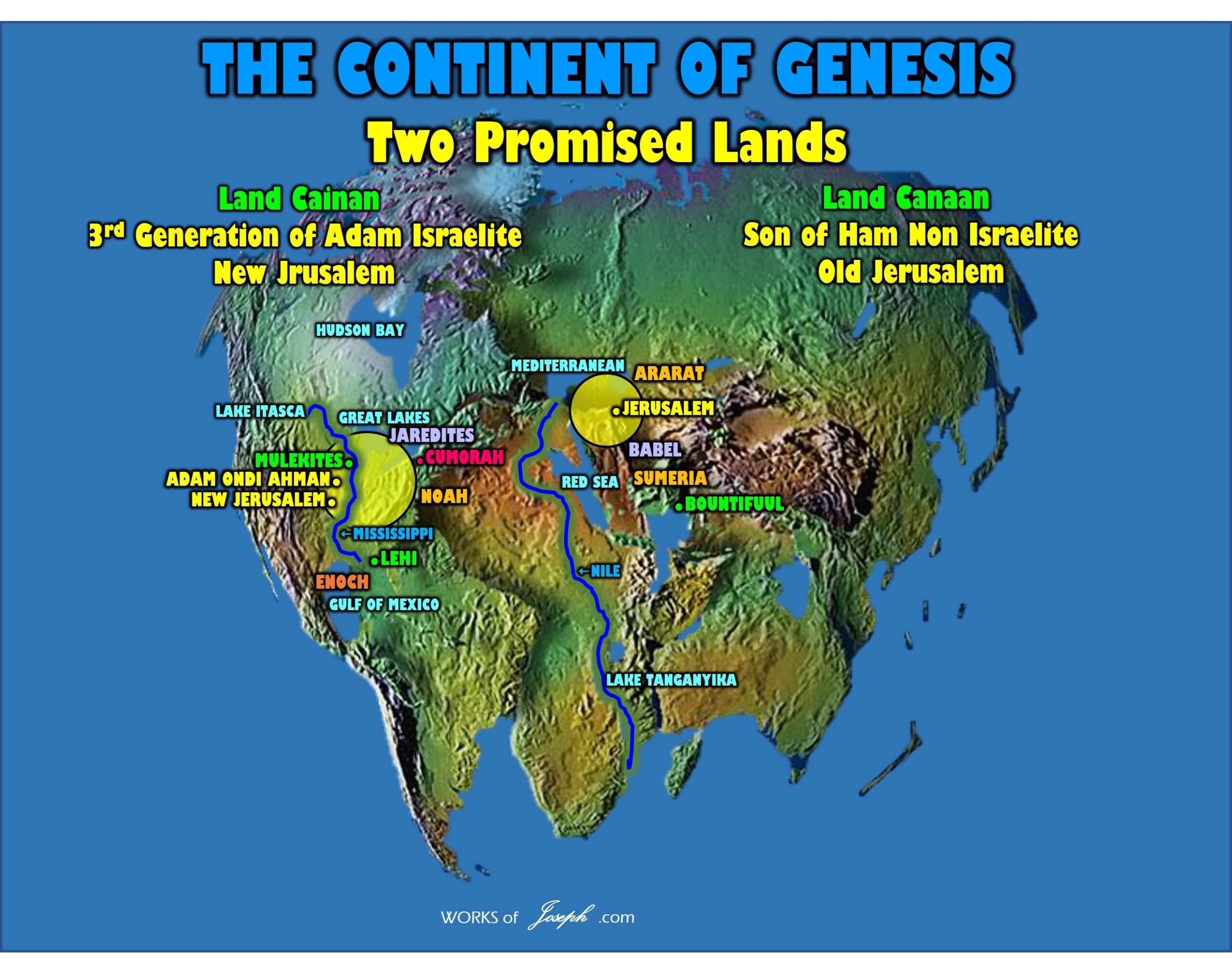
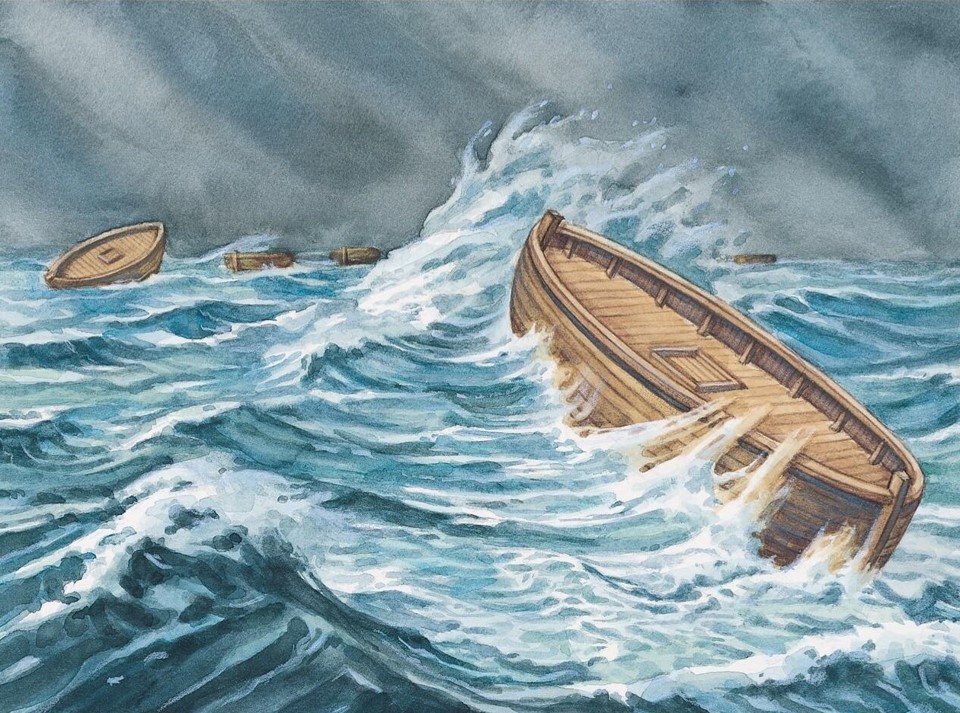 But even as the last light flickered on Jaredite civilization, a bold new sun rose to illuminate a thousand years of Nephite-Lamanite experience on the same soil. Despite periods of war and rebellion, these people nevertheless had great moments of power and purity, including the personal ministry of the resurrected Christ, who walked and talked and prayed with these New World inhabitants for three indescribable days. There in the meridian of time the land enjoyed three generations of peace and perfection, which it would not know again until the Master’s millennial reign.
But even as the last light flickered on Jaredite civilization, a bold new sun rose to illuminate a thousand years of Nephite-Lamanite experience on the same soil. Despite periods of war and rebellion, these people nevertheless had great moments of power and purity, including the personal ministry of the resurrected Christ, who walked and talked and prayed with these New World inhabitants for three indescribable days. There in the meridian of time the land enjoyed three generations of peace and perfection, which it would not know again until the Master’s millennial reign.
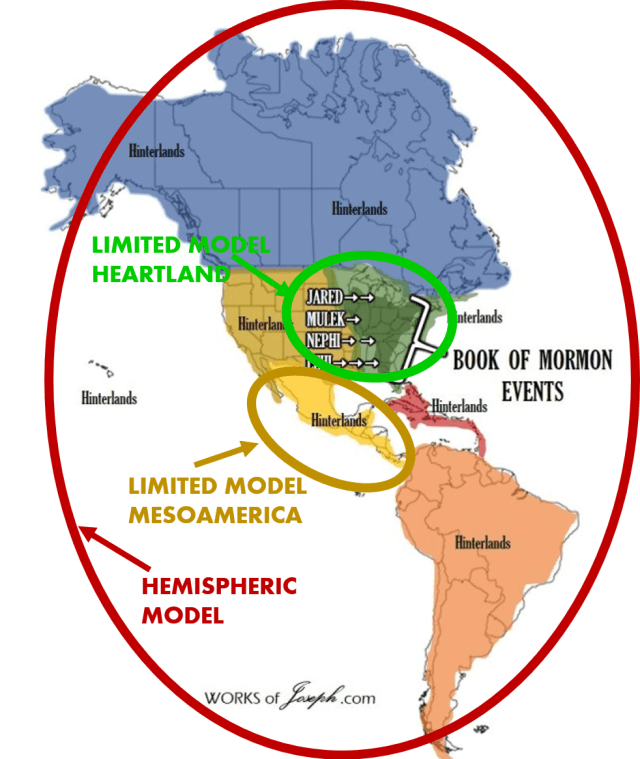
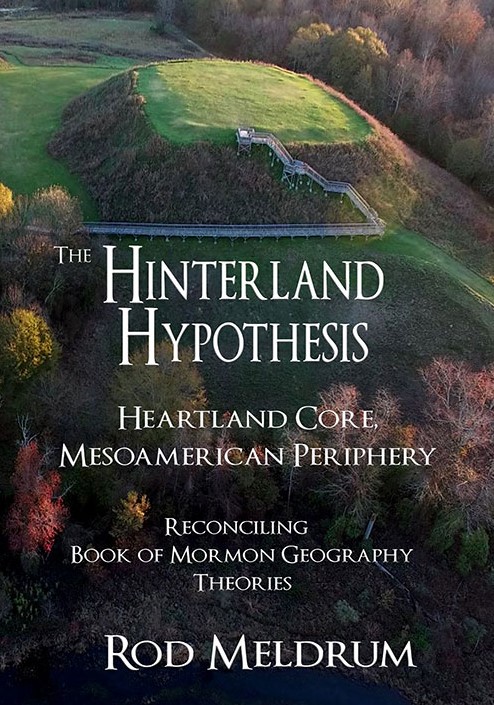 “Hinterlands is defined here as meaning the unknown area of North and South America that are not within the scope of the writings of the Book of Mormon. In other words, since we believe main events of the Book of Mormon happened in a limited area of North America around the Great Lakes in the east, and Ohio, Indiana, Iowa and Missouri to the west, and south in Tennessee, West Virginia, Georgia, and Florida, all other areas will be discussed as “The Hinterlands”. We propose that Mesoamerica is the Hinterlands along with many other areas of the continent. As Mormon has said, “…I shall take from the plates of Nephi; and I cannot write the hundredth part of the things of my people (Words of Mormon 1:5). There are many people in South and Central America that are Lamanites and part of the Hinterlands.” Jonathan Neville
“Hinterlands is defined here as meaning the unknown area of North and South America that are not within the scope of the writings of the Book of Mormon. In other words, since we believe main events of the Book of Mormon happened in a limited area of North America around the Great Lakes in the east, and Ohio, Indiana, Iowa and Missouri to the west, and south in Tennessee, West Virginia, Georgia, and Florida, all other areas will be discussed as “The Hinterlands”. We propose that Mesoamerica is the Hinterlands along with many other areas of the continent. As Mormon has said, “…I shall take from the plates of Nephi; and I cannot write the hundredth part of the things of my people (Words of Mormon 1:5). There are many people in South and Central America that are Lamanites and part of the Hinterlands.” Jonathan Neville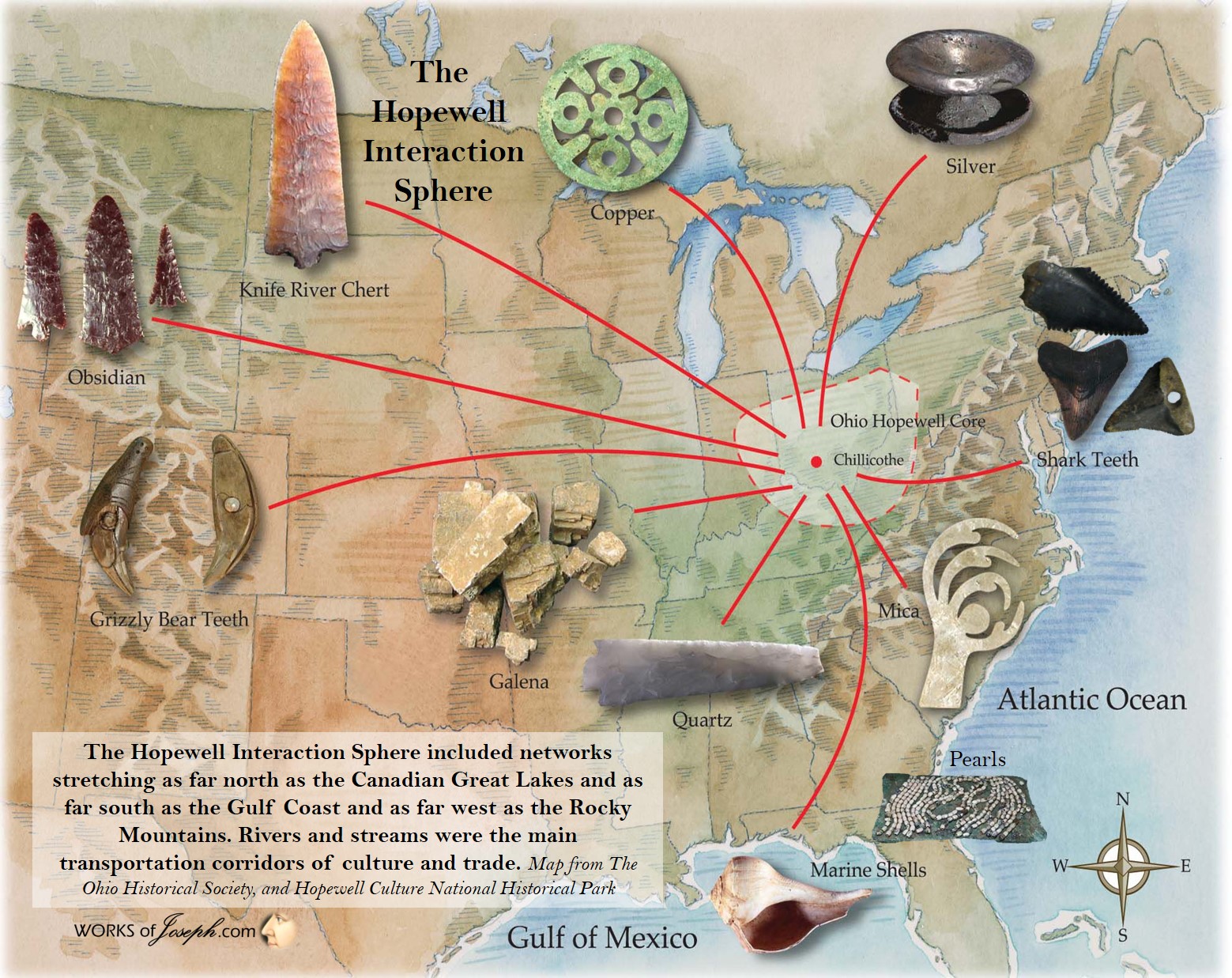 I think the entire New World narrative of the Book of Mormon took place in North America,
I think the entire New World narrative of the Book of Mormon took place in North America,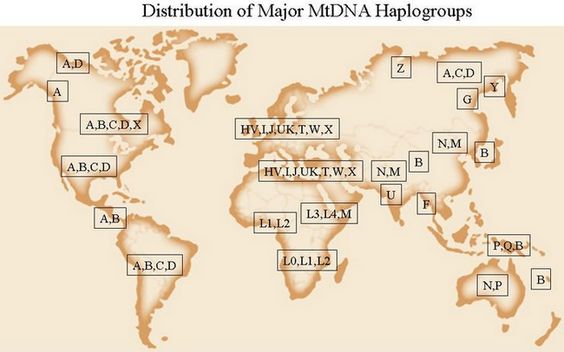 To be sure, we would expect to find the highest concentration of relevant DNA markers in the areas where Lehi’s descendants lived in the highest concentrations; i.e., in the northeastern U.S. (and the Midwestern areas where they were forced to move).
To be sure, we would expect to find the highest concentration of relevant DNA markers in the areas where Lehi’s descendants lived in the highest concentrations; i.e., in the northeastern U.S. (and the Midwestern areas where they were forced to move).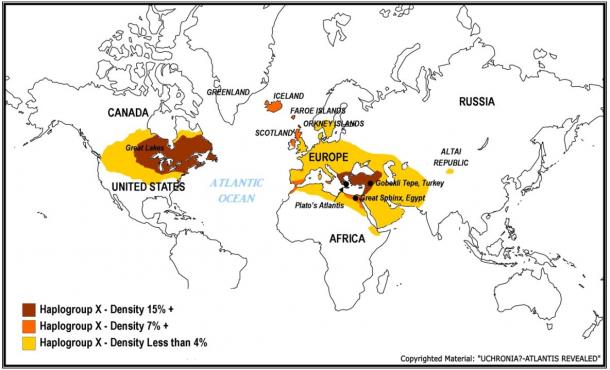
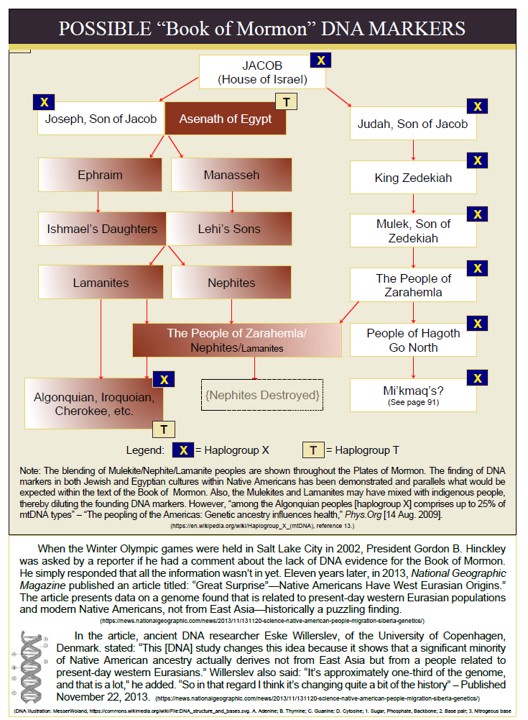
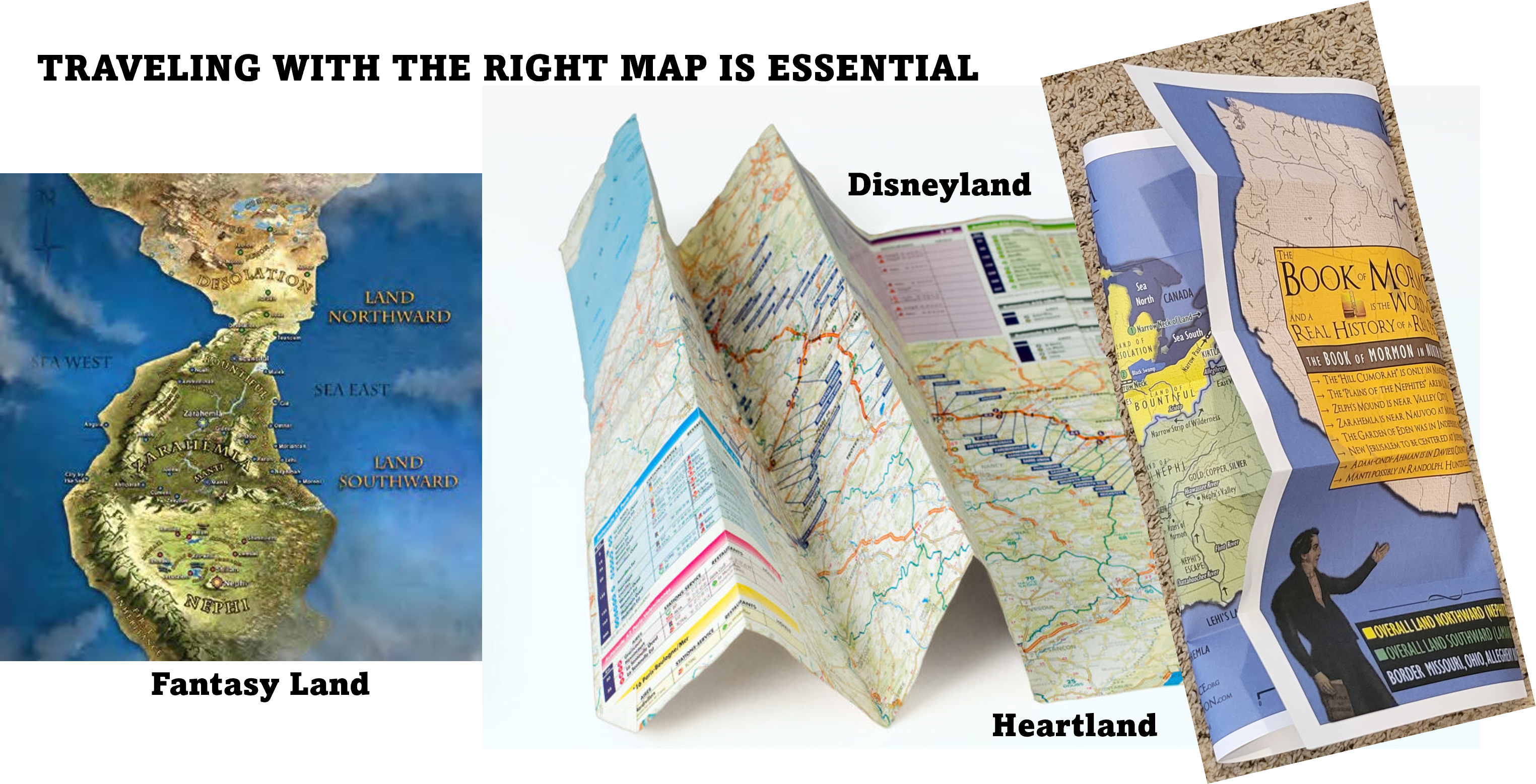
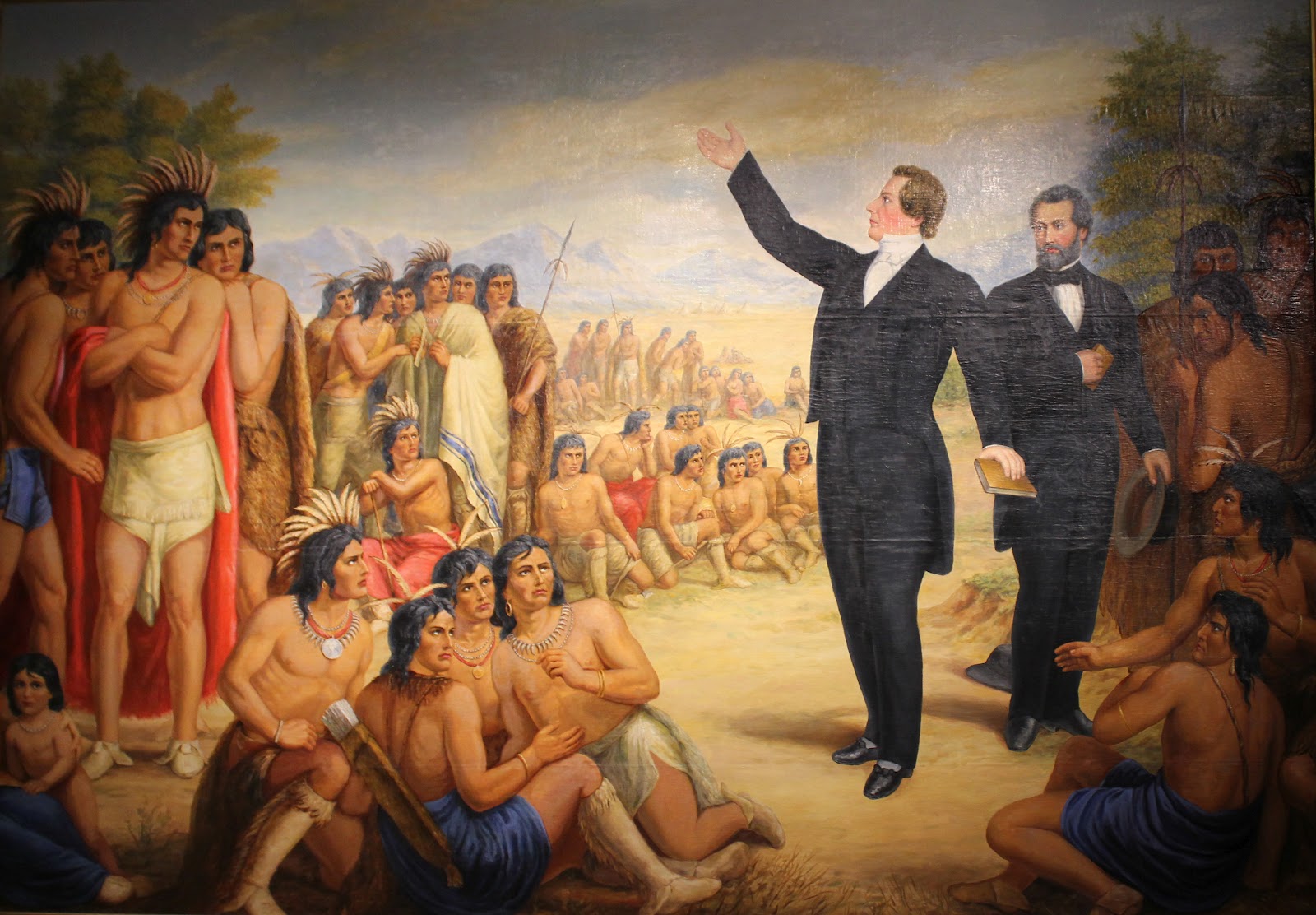
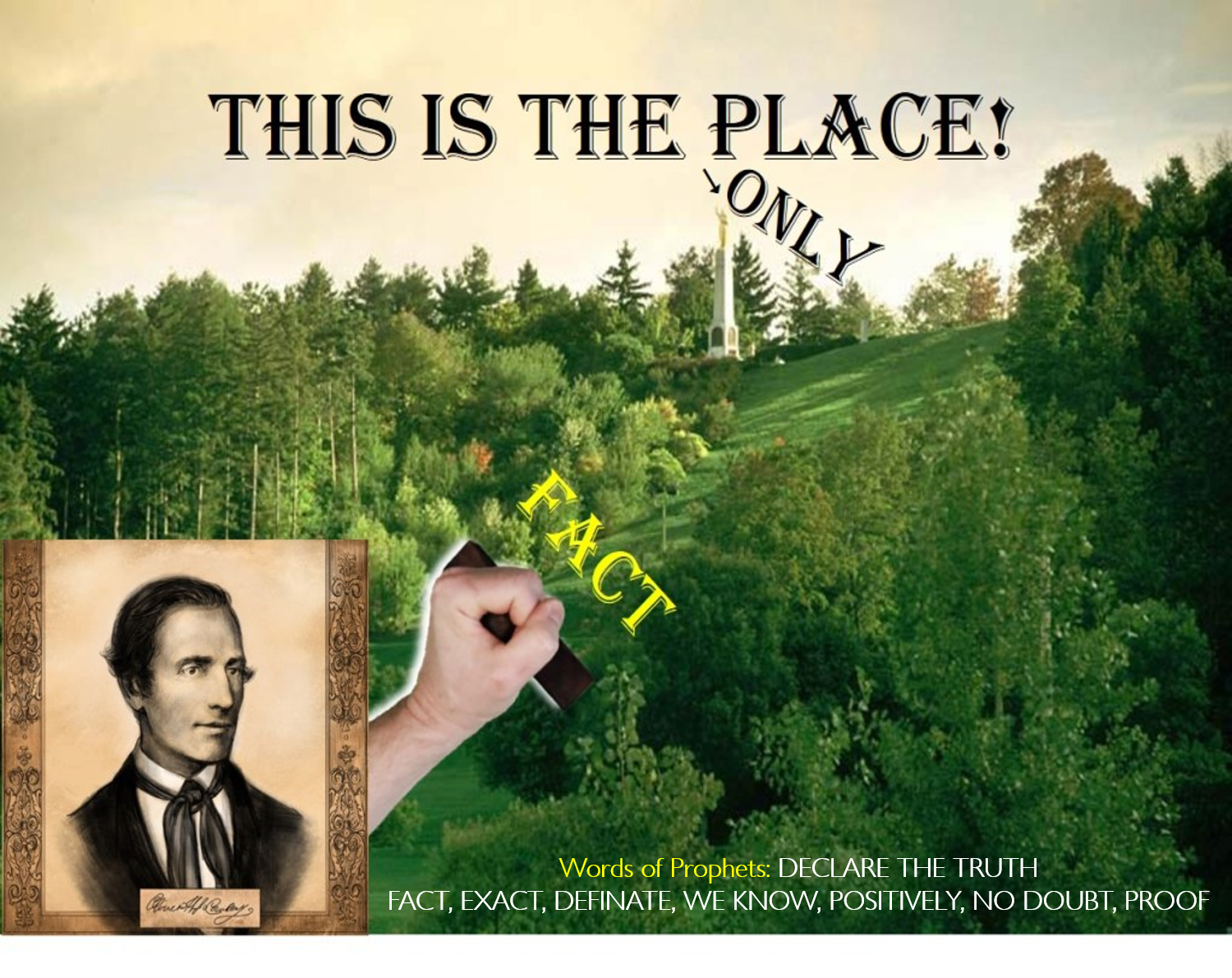 Lately I’ve focused on the question of Cumorah because, in my view, it is the keystone of Book of Mormon geography. (In this post, I’m not indulging the dodge of the two-Cumorahs theory. When I say Cumorah, I mean the Cumorah of Mormon 6:6; i.e., the hill where Mormon hid the repository and where the final battles of the Nephites and Jaredites occurred.)
Lately I’ve focused on the question of Cumorah because, in my view, it is the keystone of Book of Mormon geography. (In this post, I’m not indulging the dodge of the two-Cumorahs theory. When I say Cumorah, I mean the Cumorah of Mormon 6:6; i.e., the hill where Mormon hid the repository and where the final battles of the Nephites and Jaredites occurred.)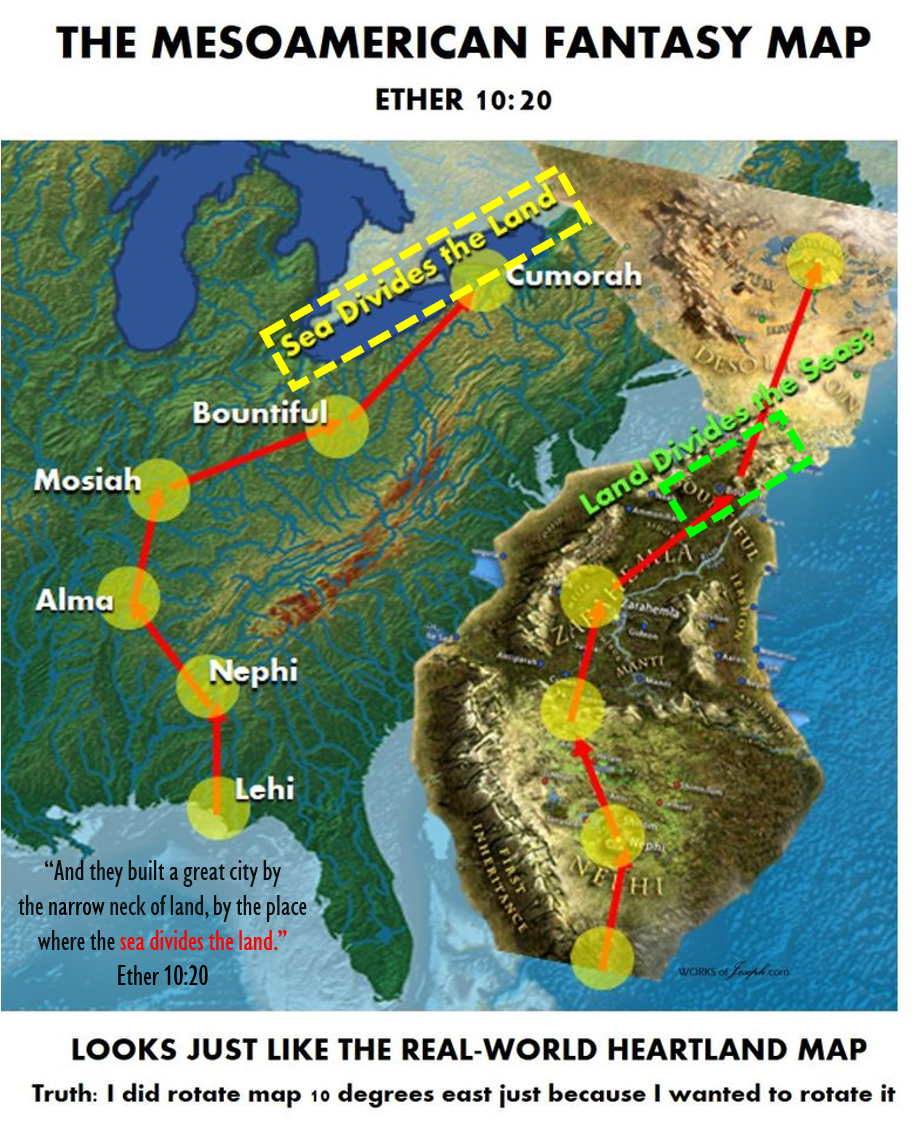
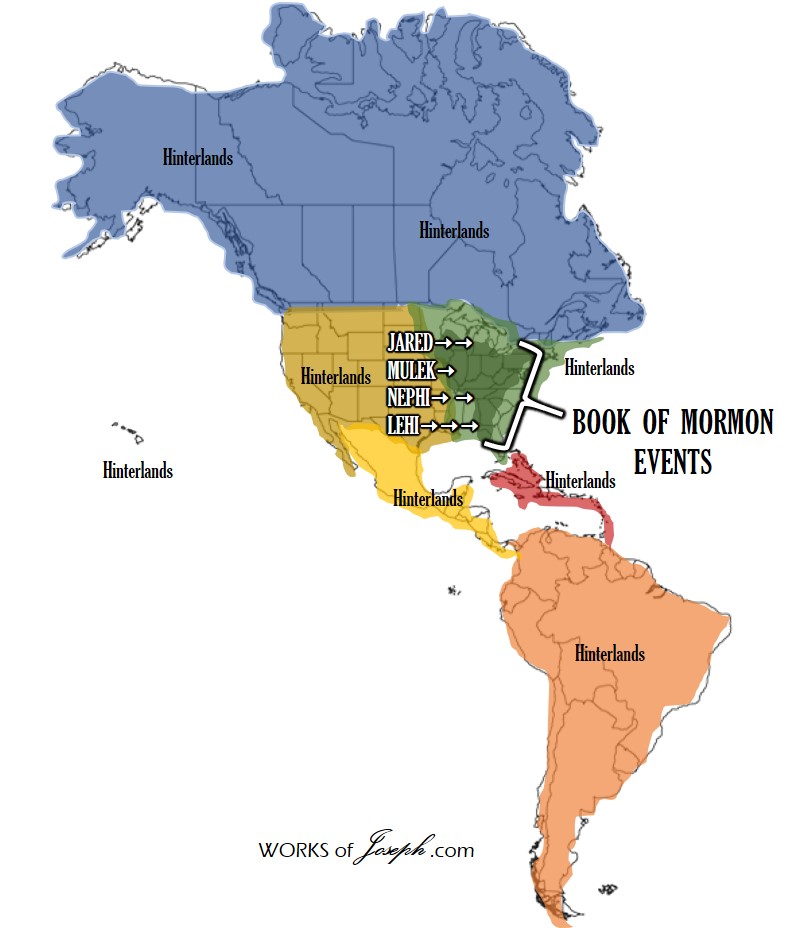 Hinterlands
Hinterlands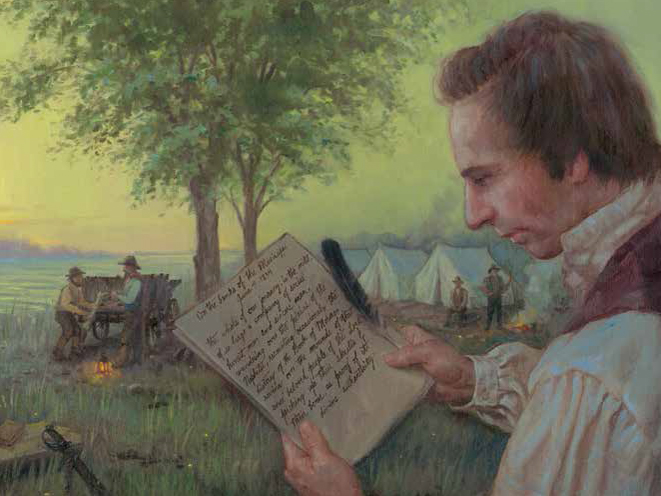
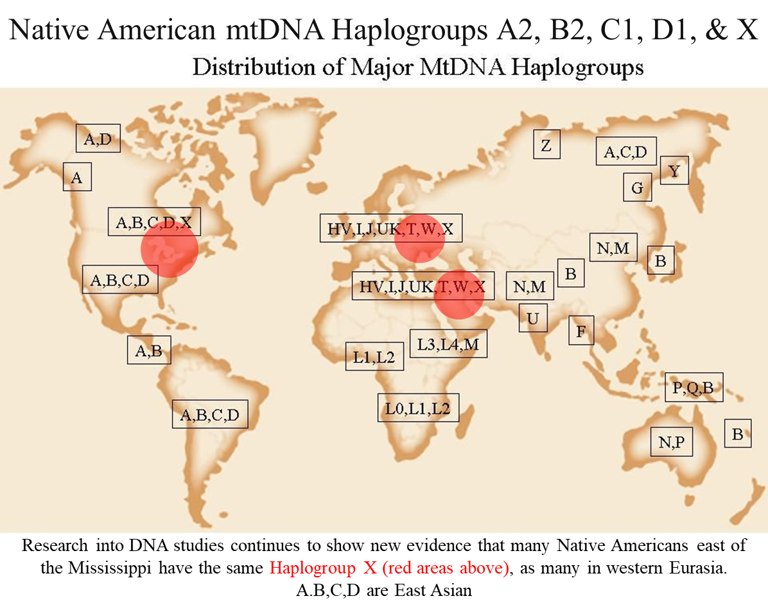
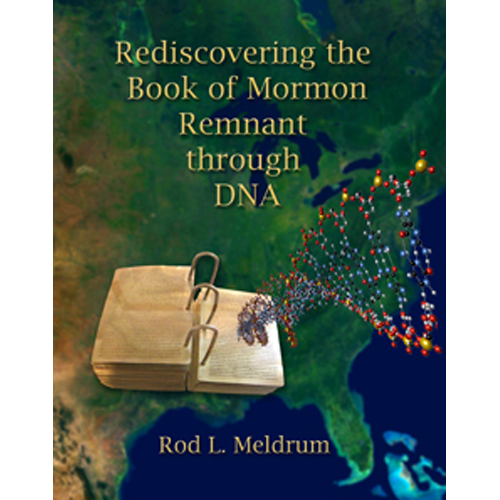 For a FREE download of Rod’s 170 page book titled, “Book of Mormon Remnant through DNA”, visit our
For a FREE download of Rod’s 170 page book titled, “Book of Mormon Remnant through DNA”, visit our 
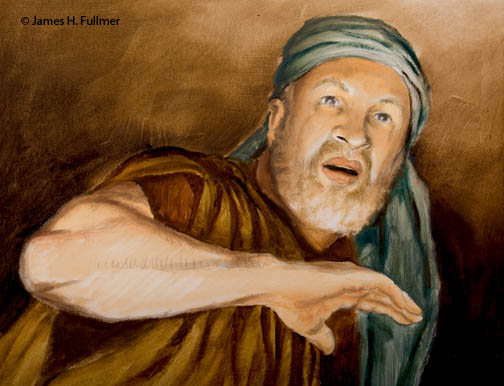

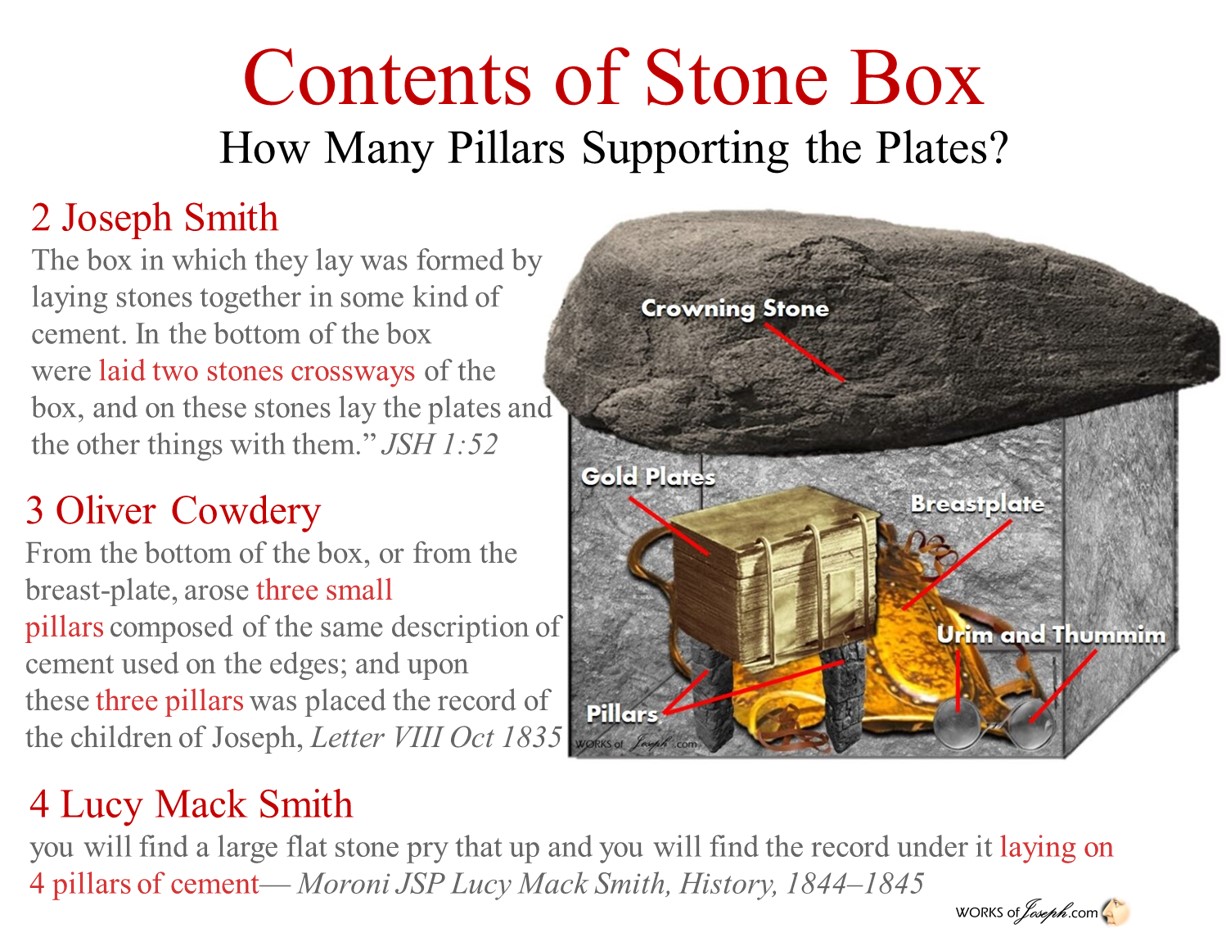 See Painting Below:
See Painting Below:

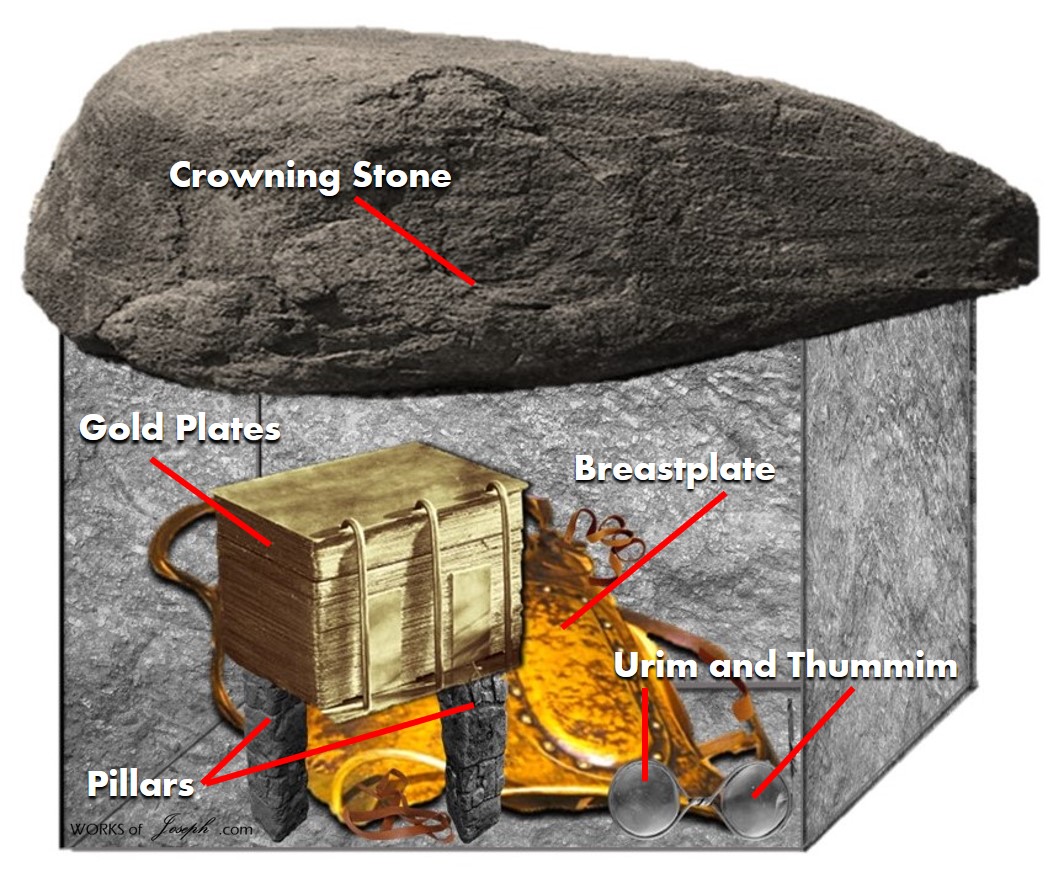 “This box was sufficiently large to admit a breast-plate, such as was used by the ancients to defend the chest, &c. from the arrows and weapons of their enemy. From the bottom of the box, or from the breast-plate, arose three small pillars composed of the same description of cement used on the edges; and upon these three pillars was placed the record of the children of Joseph, and of a people who left the tower far, far before the days of Joseph… I must not forget to say that this box, containing the record was covered with another stone, the bottom surface being flat and the upper, crowning. But those three pillars were not so lengthy as to cause the plates and the crowning stone to come in contact. I have now given you, according to my promise, the manner in which this record was deposited; though when it was first visited by our brother, in 1823, a part of the crowning stone was visible above the surface while the edges were concealed by the soil and grass, from which circumstances you will see, that however deep this box might have been placed by Moroni at first, the time had been sufficient to wear the earth so that it was easily discovered when once directed, and yet not enough to make a perceivable difference to the passer-by.” Oliver Cowdery, “Letter VIII,” October 1835
“This box was sufficiently large to admit a breast-plate, such as was used by the ancients to defend the chest, &c. from the arrows and weapons of their enemy. From the bottom of the box, or from the breast-plate, arose three small pillars composed of the same description of cement used on the edges; and upon these three pillars was placed the record of the children of Joseph, and of a people who left the tower far, far before the days of Joseph… I must not forget to say that this box, containing the record was covered with another stone, the bottom surface being flat and the upper, crowning. But those three pillars were not so lengthy as to cause the plates and the crowning stone to come in contact. I have now given you, according to my promise, the manner in which this record was deposited; though when it was first visited by our brother, in 1823, a part of the crowning stone was visible above the surface while the edges were concealed by the soil and grass, from which circumstances you will see, that however deep this box might have been placed by Moroni at first, the time had been sufficient to wear the earth so that it was easily discovered when once directed, and yet not enough to make a perceivable difference to the passer-by.” Oliver Cowdery, “Letter VIII,” October 1835
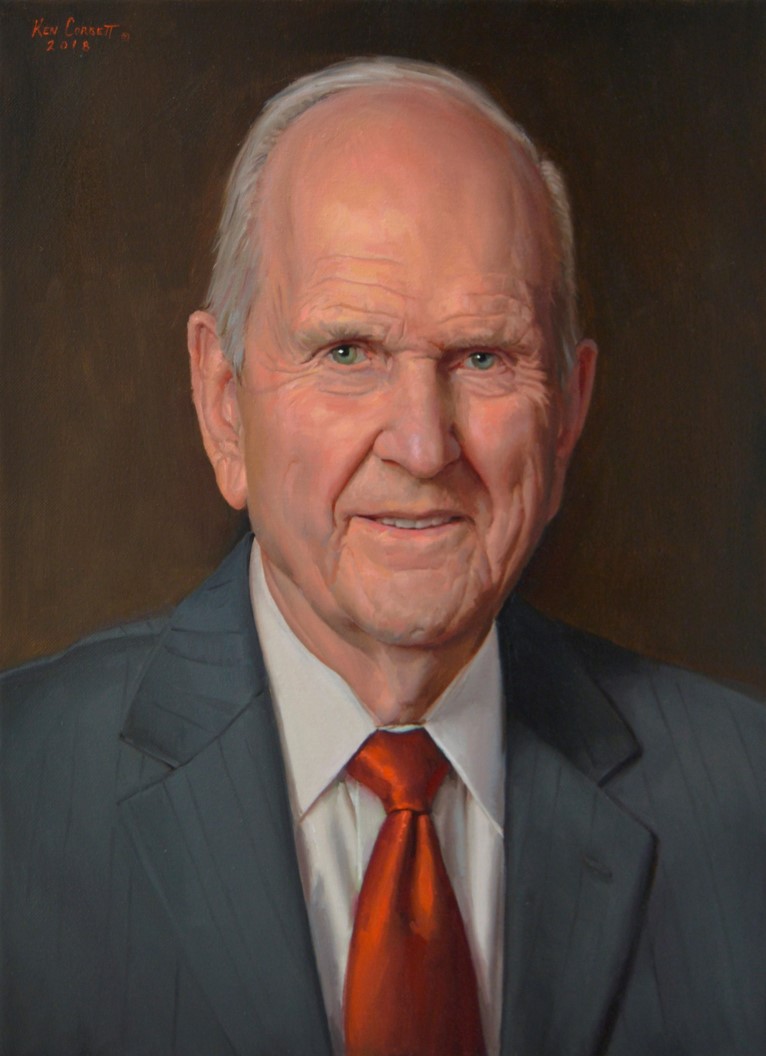 President Nelson by Ken Corbett
President Nelson by Ken Corbett John Taylor
John Taylor





 “Jesus Christ is the great High Priest of God; Christ is therefore the source of all true priesthood authority and power on this earth (Heb. 5–10). Man does not take such priesthood power unto himself; it must be conferred by God through his servants (Heb. 5:4; D&C 1:38).” Priesthood Richard G. Ellsworth and Melvin J. Luthy
“Jesus Christ is the great High Priest of God; Christ is therefore the source of all true priesthood authority and power on this earth (Heb. 5–10). Man does not take such priesthood power unto himself; it must be conferred by God through his servants (Heb. 5:4; D&C 1:38).” Priesthood Richard G. Ellsworth and Melvin J. Luthy Patriarchal Priesthood are likely keys that a worthy father may use to bless his personal Family). In order to preside over a body of worthy brethren Prophets and Fathers likely had to be ordained to the
Patriarchal Priesthood are likely keys that a worthy father may use to bless his personal Family). In order to preside over a body of worthy brethren Prophets and Fathers likely had to be ordained to the  “A thought from Doctrine and Covenants 106–108. Why is the higher priesthood named after someone called Melchizedek? Wouldn’t it make more sense to name it after the Lord? The early Saints wondered about this, and the Lord explained it through the Prophet Joseph Smith:
“A thought from Doctrine and Covenants 106–108. Why is the higher priesthood named after someone called Melchizedek? Wouldn’t it make more sense to name it after the Lord? The early Saints wondered about this, and the Lord explained it through the Prophet Joseph Smith: “In the Bible, Melchizedek, also transliterated Melchisedech or Malki Tzedek, was the
“In the Bible, Melchizedek, also transliterated Melchisedech or Malki Tzedek, was the  It seems that all three of Noah’s sons had some type of priesthood which was likely the
It seems that all three of Noah’s sons had some type of priesthood which was likely the  Yes! They Retained the Adamic Language, which relates to the Priesthood. Ether was their last Prophet and Mahonri Moriancumer would have the Priesthood or else why did Jared always ask him to talk with the Lord on behalf of the Jaredites? I realize you don’t have to have the Priesthood to see Christ, as we know Joseph Smith saw Christ without holding the Priesthood, but it makes sense that Prophets had the ordained Priesthood and especially those who were sent to the Promised land of North America, such as Lehi and Mahonri Moriancumer.
Yes! They Retained the Adamic Language, which relates to the Priesthood. Ether was their last Prophet and Mahonri Moriancumer would have the Priesthood or else why did Jared always ask him to talk with the Lord on behalf of the Jaredites? I realize you don’t have to have the Priesthood to see Christ, as we know Joseph Smith saw Christ without holding the Priesthood, but it makes sense that Prophets had the ordained Priesthood and especially those who were sent to the Promised land of North America, such as Lehi and Mahonri Moriancumer.
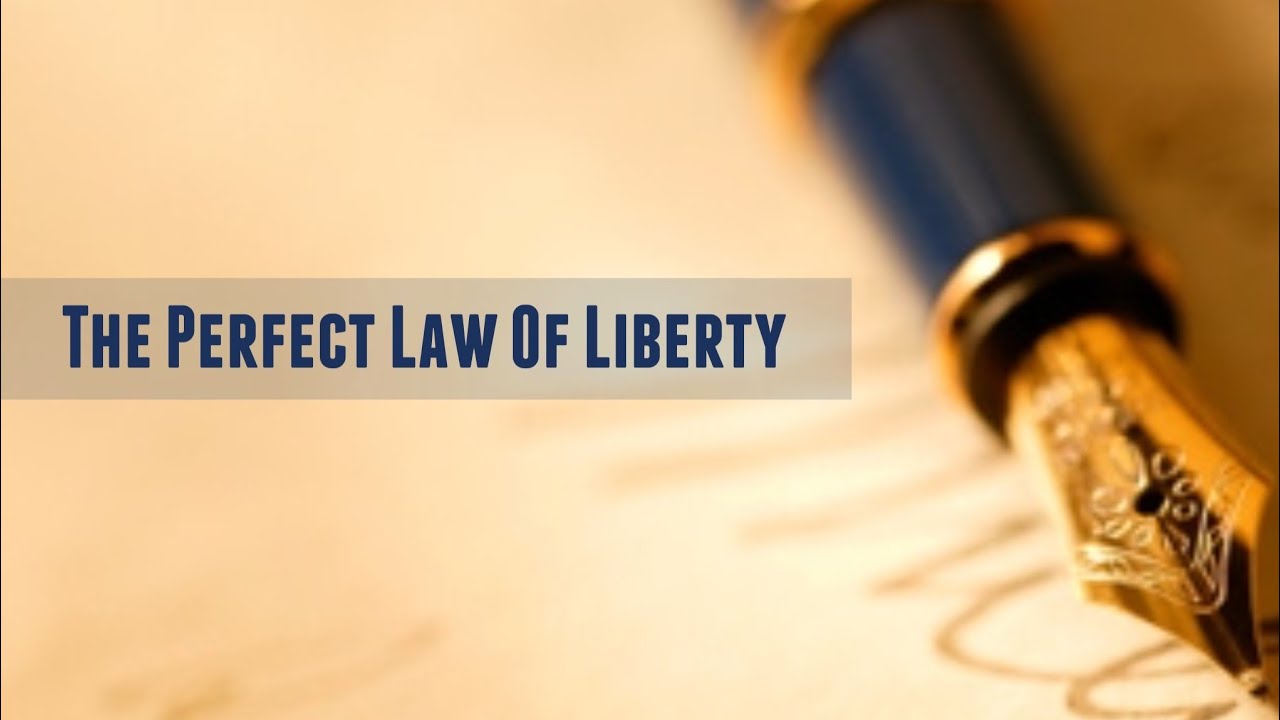
 I am fascinated at the many constant warnings and varying degrees of council and leadership given us by Apostles and Prophets about this blessed country we call America, and to the entire world as a whole. To me this world can be a “Kingdom of God” on the earth, yet
I am fascinated at the many constant warnings and varying degrees of council and leadership given us by Apostles and Prophets about this blessed country we call America, and to the entire world as a whole. To me this world can be a “Kingdom of God” on the earth, yet  Elder Erastus Snow Defies Anarchy
Elder Erastus Snow Defies Anarchy “It is now time that
“It is now time that  “Behold, I speak unto you as if ye were present, and yet ye are not. But behold,
“Behold, I speak unto you as if ye were present, and yet ye are not. But behold,  In the timely article given in 1982 by Elder Romney, it rings very true for me today as I have read it many times but again just recently.
In the timely article given in 1982 by Elder Romney, it rings very true for me today as I have read it many times but again just recently. 


 “Of the Jews five times received I forty stripes save one.
“Of the Jews five times received I forty stripes save one.
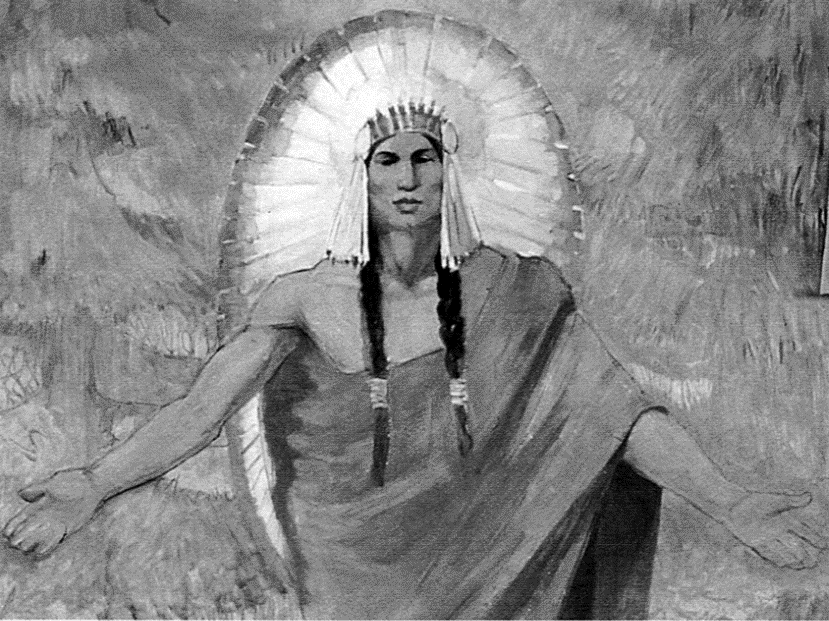


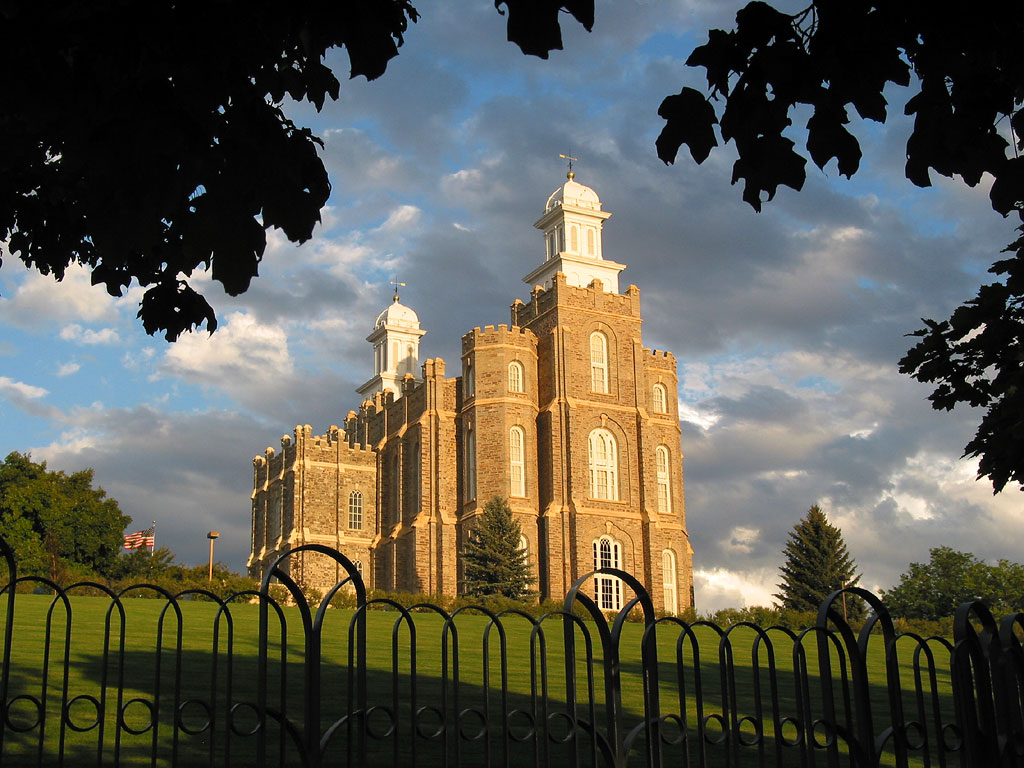
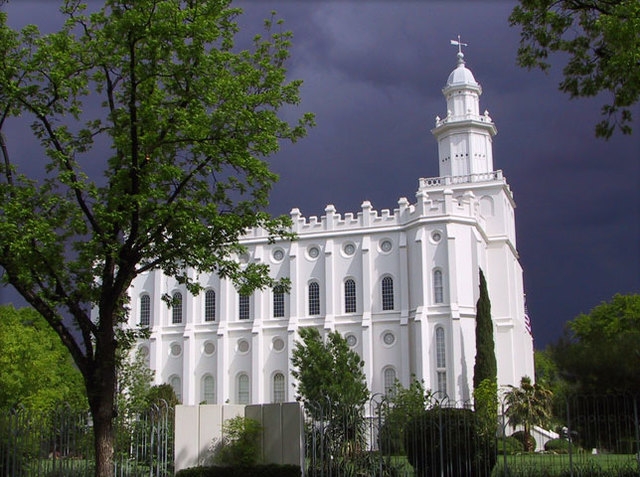 A Most Hallowed and Beautiful Site
A Most Hallowed and Beautiful Site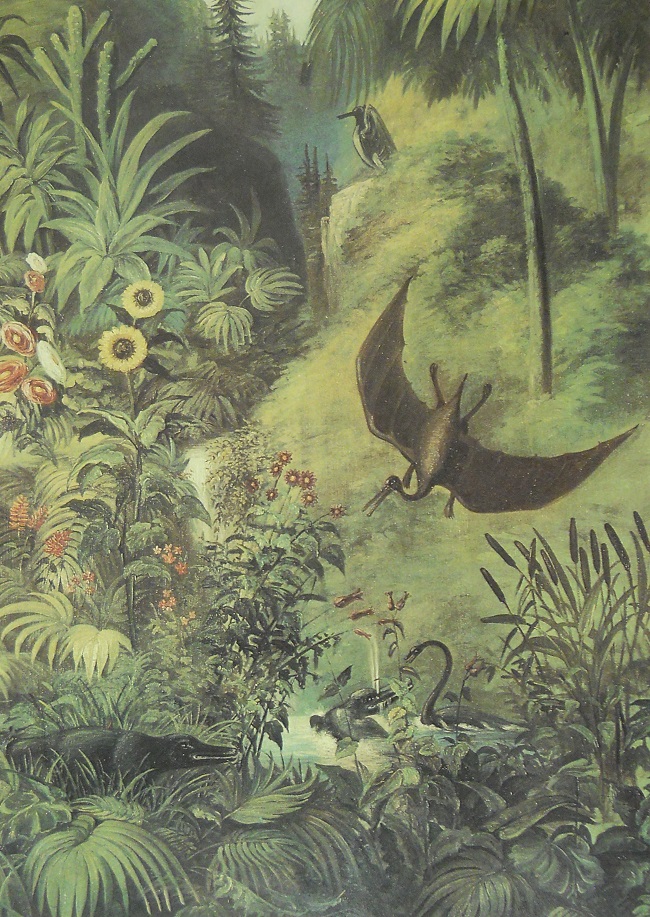

 On the map “land Bountifull [sic]” is listed in “Sentral [sic] America.” The cartographer wrote “starting point” below the reference to Central America. Above the “land Bountifull” is “Sand hills in south part of Arizona,” and above it to the left is “Salt Lake.” To the right is “Independens, Jackson Co, Mo.” and above that is “Adam on Diamon, Davis Co, Mo.” To the right of that is “Nauvoo, Hancock C.Ill.” Below that is “Mound Kinderhook, Pick, Co, Ill, 6 Plates Bell shape were found” (were was was on one copy). Then to the right and above that is “Kirtland, Ohio,” and to the right of that is “Commorre [Cumorah], N.Y.” Below this on the right-hand side of the map is written: “Moroni’s Travels starting from Sentral America to the Sand hills Arizona then to Salt Lake U[tah], T[erritory], then to Adam on Diammon Mo, then to Nauvoo, Ill, then to Independence Mo, then to Kirtland Ohio then to Cumoro NY.”
On the map “land Bountifull [sic]” is listed in “Sentral [sic] America.” The cartographer wrote “starting point” below the reference to Central America. Above the “land Bountifull” is “Sand hills in south part of Arizona,” and above it to the left is “Salt Lake.” To the right is “Independens, Jackson Co, Mo.” and above that is “Adam on Diamon, Davis Co, Mo.” To the right of that is “Nauvoo, Hancock C.Ill.” Below that is “Mound Kinderhook, Pick, Co, Ill, 6 Plates Bell shape were found” (were was was on one copy). Then to the right and above that is “Kirtland, Ohio,” and to the right of that is “Commorre [Cumorah], N.Y.” Below this on the right-hand side of the map is written: “Moroni’s Travels starting from Sentral America to the Sand hills Arizona then to Salt Lake U[tah], T[erritory], then to Adam on Diammon Mo, then to Nauvoo, Ill, then to Independence Mo, then to Kirtland Ohio then to Cumoro NY.”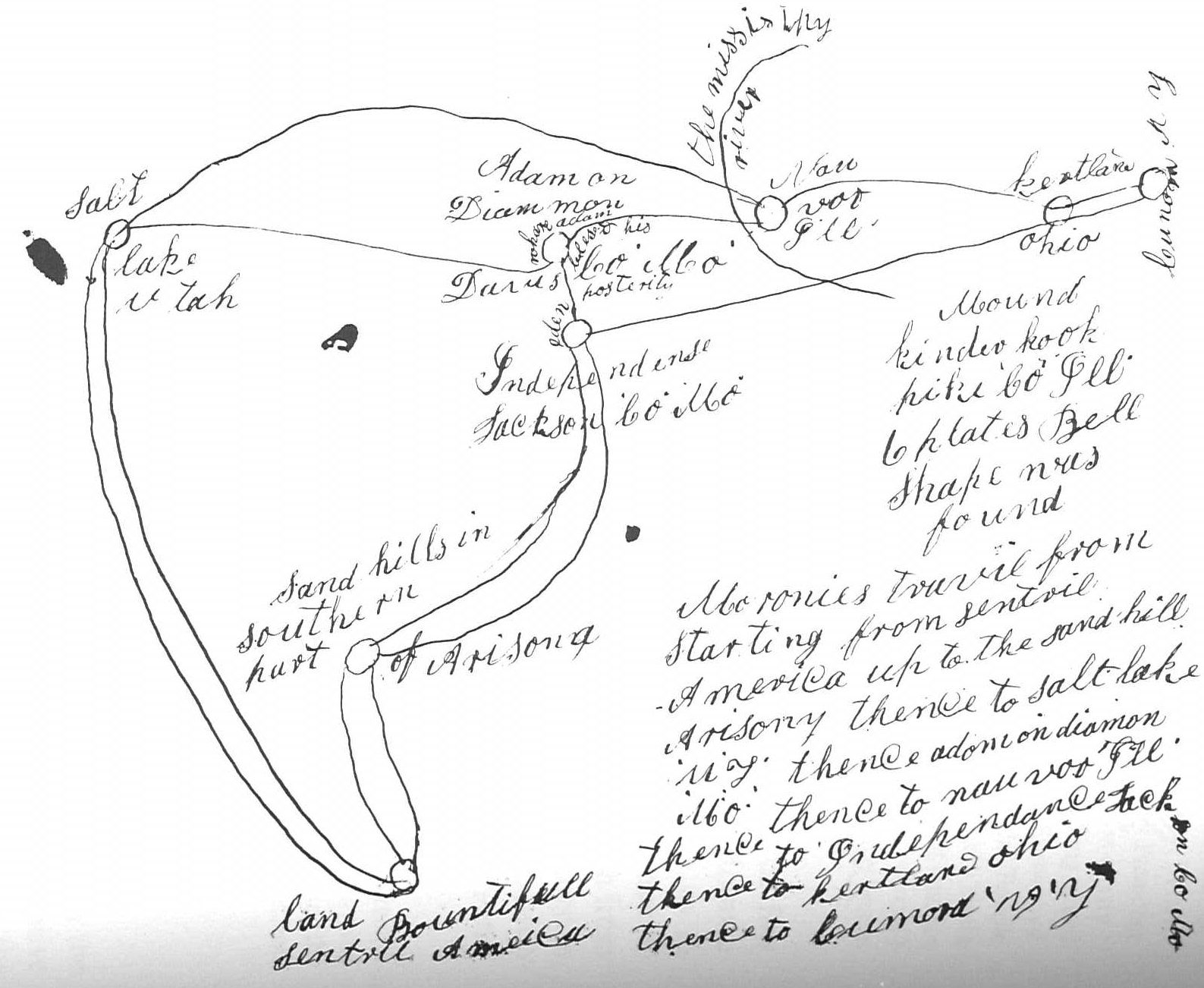
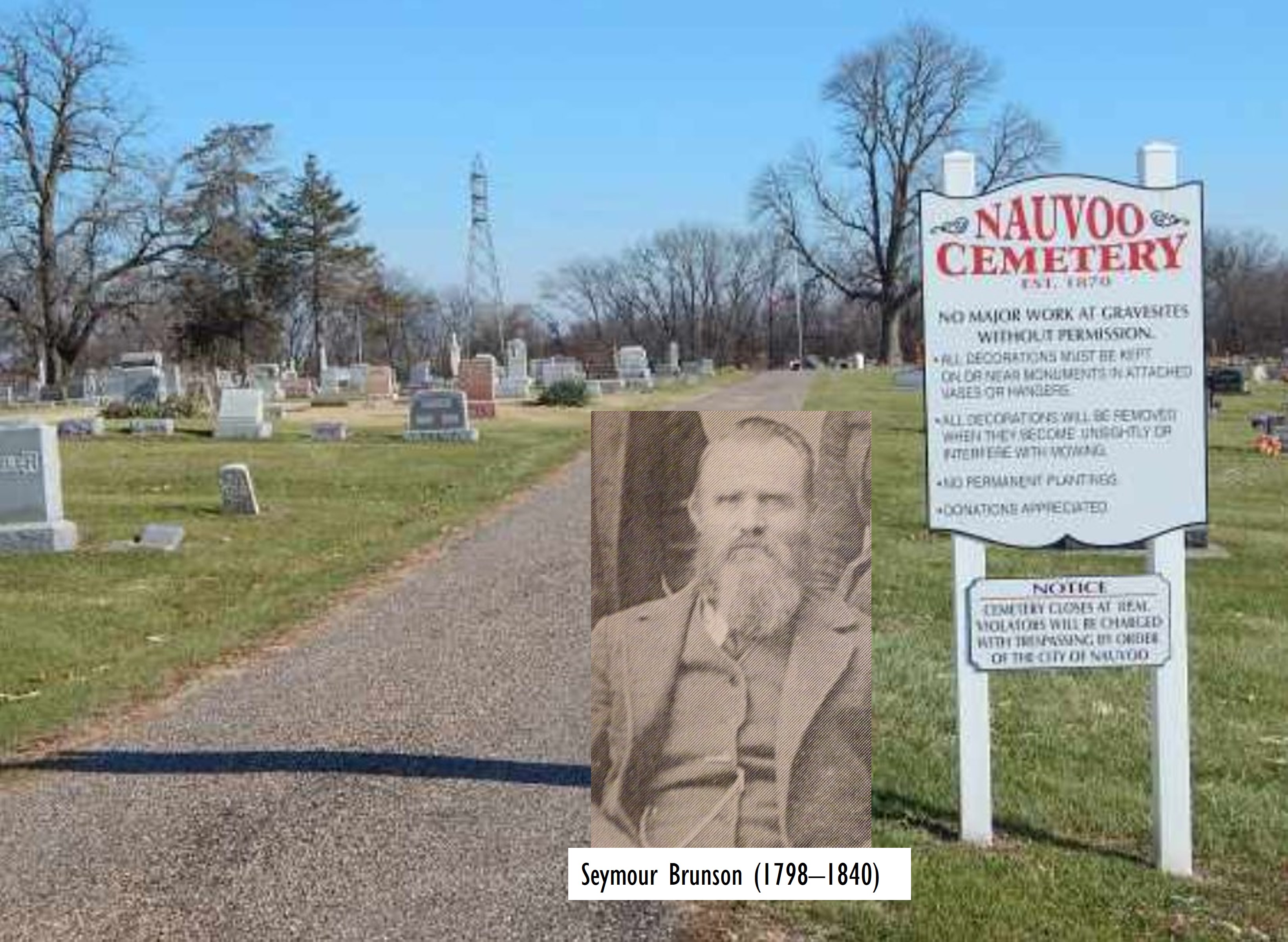



 A quote from Joseph in Nauvoo on July 19th, and a revelation about baptisms for the dead a few weeks later on Aug 15 of 1840, a coincidence? I think not. Great wars and battles bring a great need to baptize for those who didn’t have the opportunity because of death by war and other means. This is the reason for the urgency I feel about getting the message out about this great pioneer and saint, Seymour Brunson. Inspired because of Brother Brunson’s death, our dear Prophet Joseph Smith was to reveal the critical need of baptisms for the dead. What a blessing. Thank you Seymour Brunson for your diligence and service which greatly contributed to the Salvation of those who have passed without the saving ordinance of baptism.
A quote from Joseph in Nauvoo on July 19th, and a revelation about baptisms for the dead a few weeks later on Aug 15 of 1840, a coincidence? I think not. Great wars and battles bring a great need to baptize for those who didn’t have the opportunity because of death by war and other means. This is the reason for the urgency I feel about getting the message out about this great pioneer and saint, Seymour Brunson. Inspired because of Brother Brunson’s death, our dear Prophet Joseph Smith was to reveal the critical need of baptisms for the dead. What a blessing. Thank you Seymour Brunson for your diligence and service which greatly contributed to the Salvation of those who have passed without the saving ordinance of baptism.




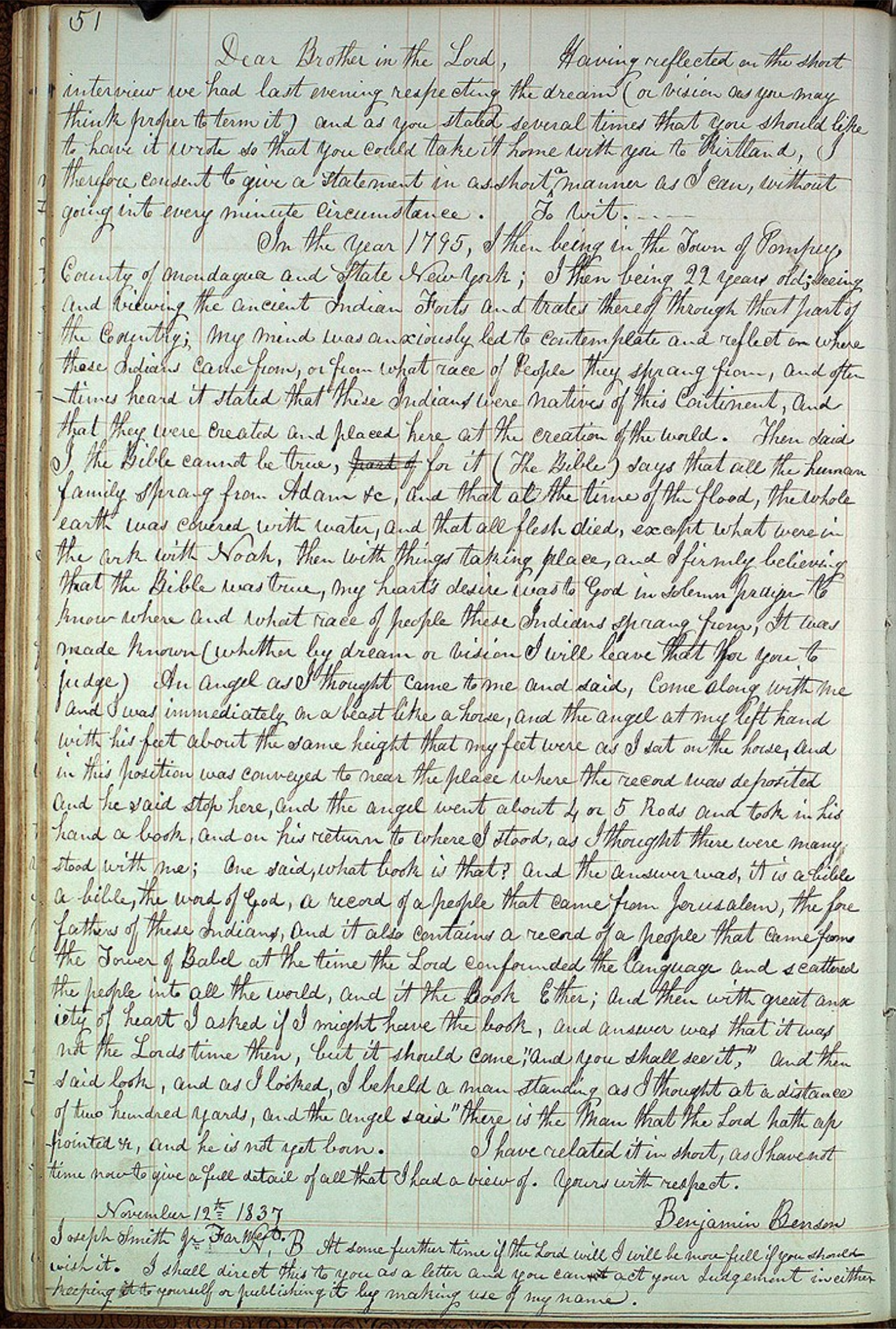
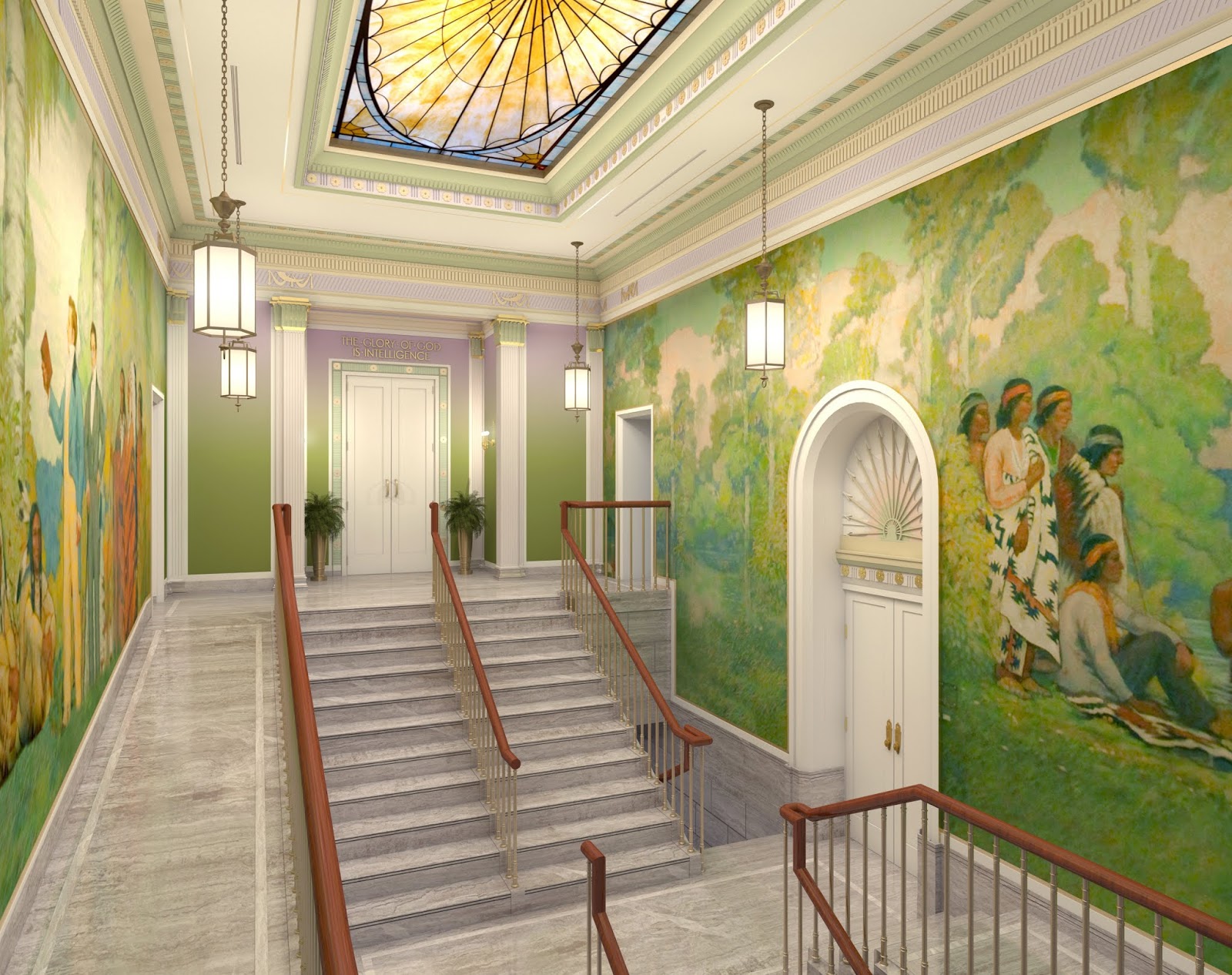
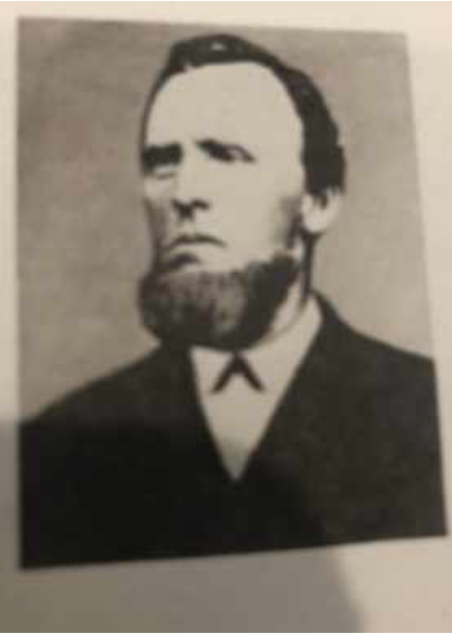
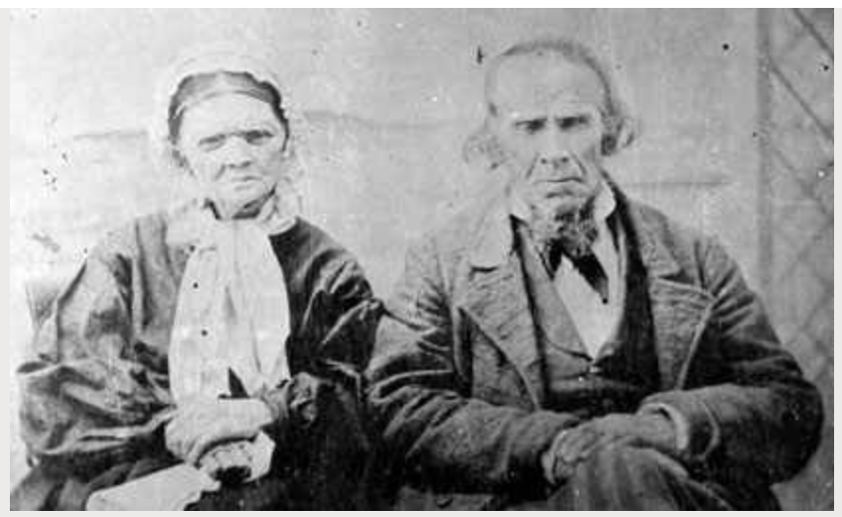 Cynthia Vail & Alva Benson
Cynthia Vail & Alva Benson
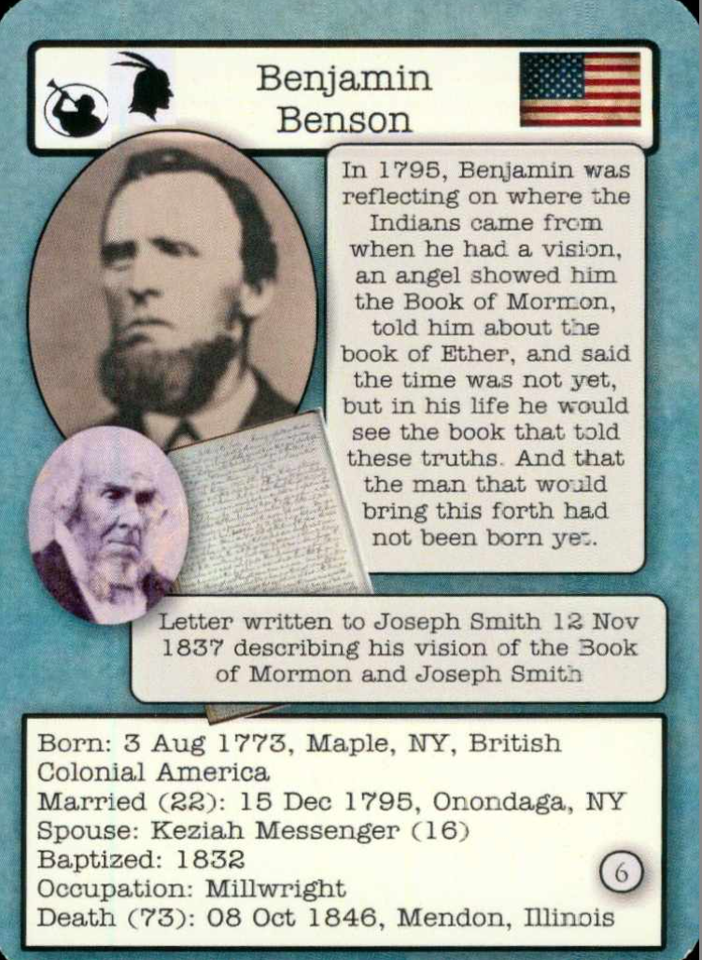 At JS’s request, Benson wrote a letter the next day recounting a “dream or vision” he had shared with JS the previous night. The original letter is not extant, but
At JS’s request, Benson wrote a letter the next day recounting a “dream or vision” he had shared with JS the previous night. The original letter is not extant, but 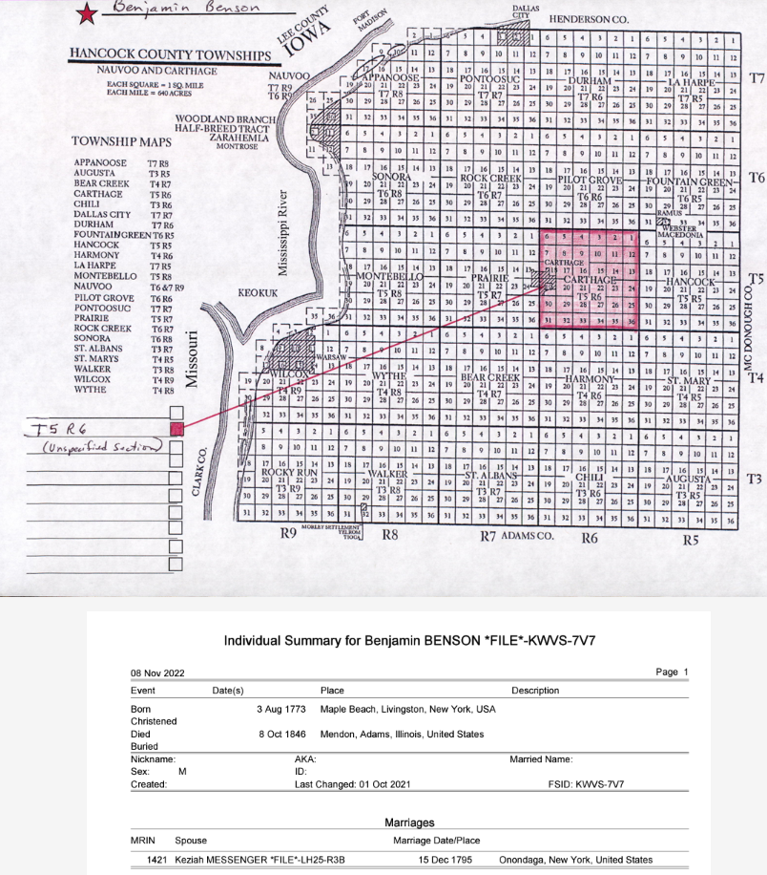 An
An 
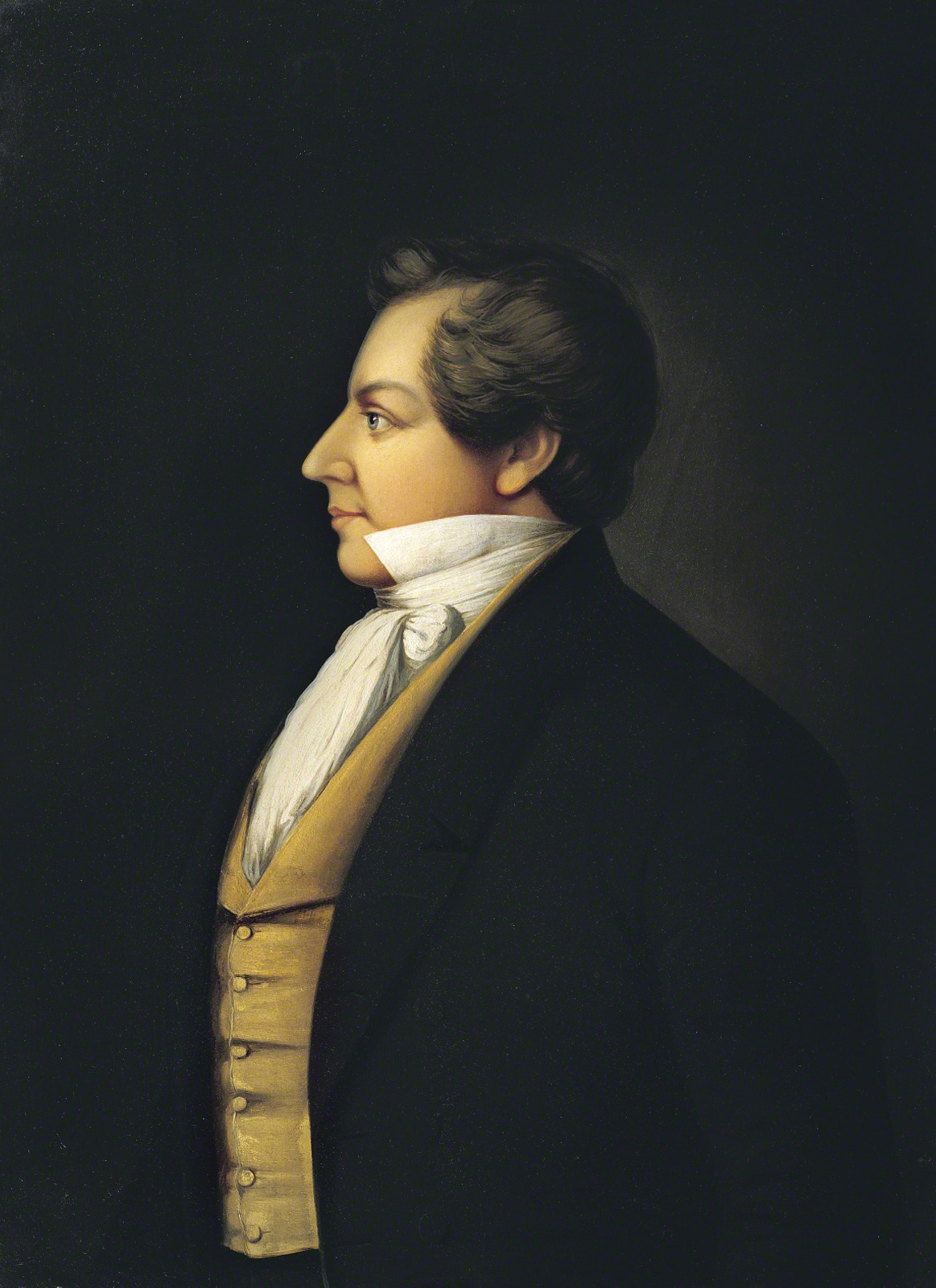
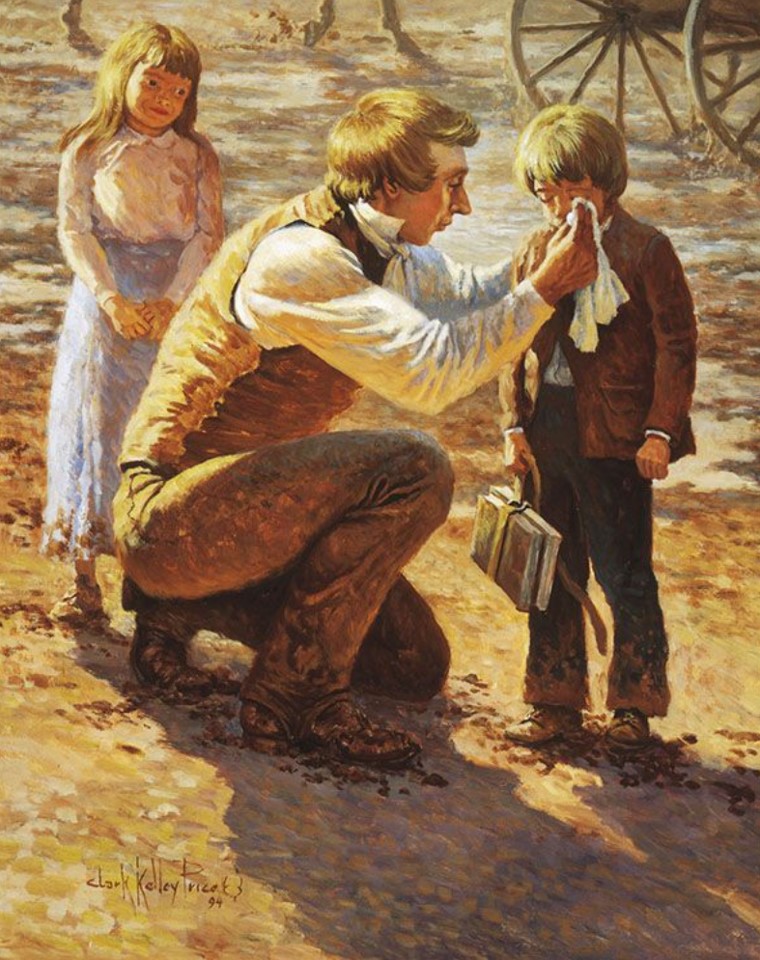

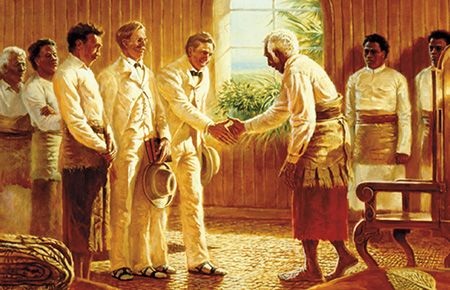 I had the opportunity to serve my Mission in the Fiji, Suva Mission from 1975 to 1977. This included service in Fiji, Kiribati, formerly known as the Gilbert Islands, and Tuvalu, formerly known as the Ellice Islands. During this incredible time amongst the Children of Israel my testimony was strengthened. I also had the privledge of meeting Elder Groberg in 1976, as he visited our small mission. I then at the end of my mission in Nov 1977 left from Kiribati. and flew to Honolulu to receive my mission release from Elder Groberg who was a Regional Representative serving in Hawaii. I love this great man, Elder Groberg.
I had the opportunity to serve my Mission in the Fiji, Suva Mission from 1975 to 1977. This included service in Fiji, Kiribati, formerly known as the Gilbert Islands, and Tuvalu, formerly known as the Ellice Islands. During this incredible time amongst the Children of Israel my testimony was strengthened. I also had the privledge of meeting Elder Groberg in 1976, as he visited our small mission. I then at the end of my mission in Nov 1977 left from Kiribati. and flew to Honolulu to receive my mission release from Elder Groberg who was a Regional Representative serving in Hawaii. I love this great man, Elder Groberg.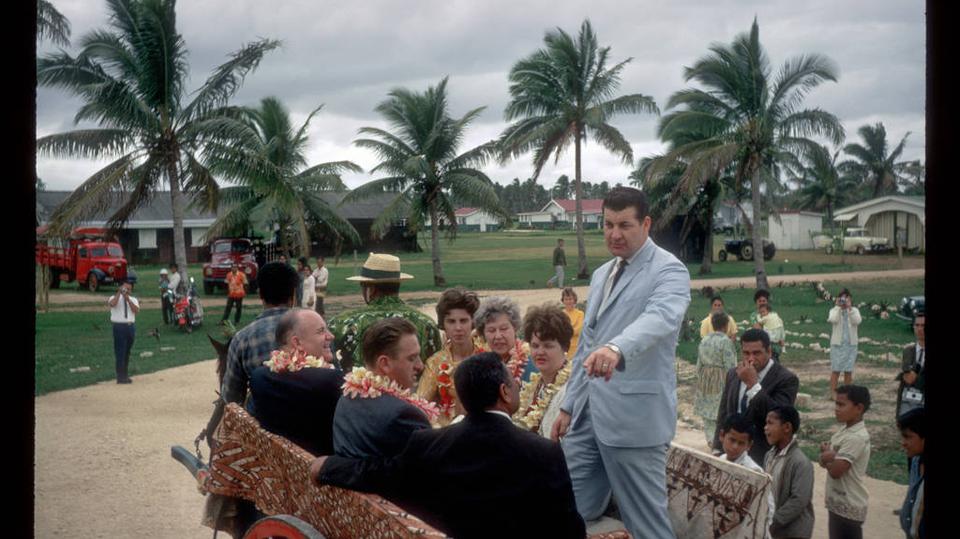 The missionaries asked the family if they had ever heard of the president of the United States. “
The missionaries asked the family if they had ever heard of the president of the United States. “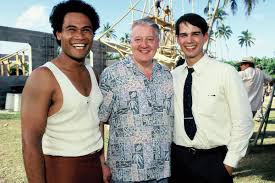
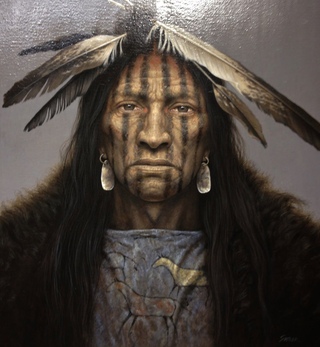
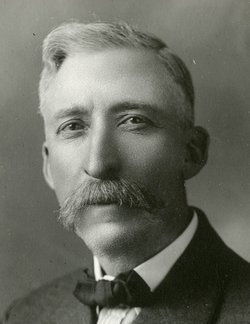
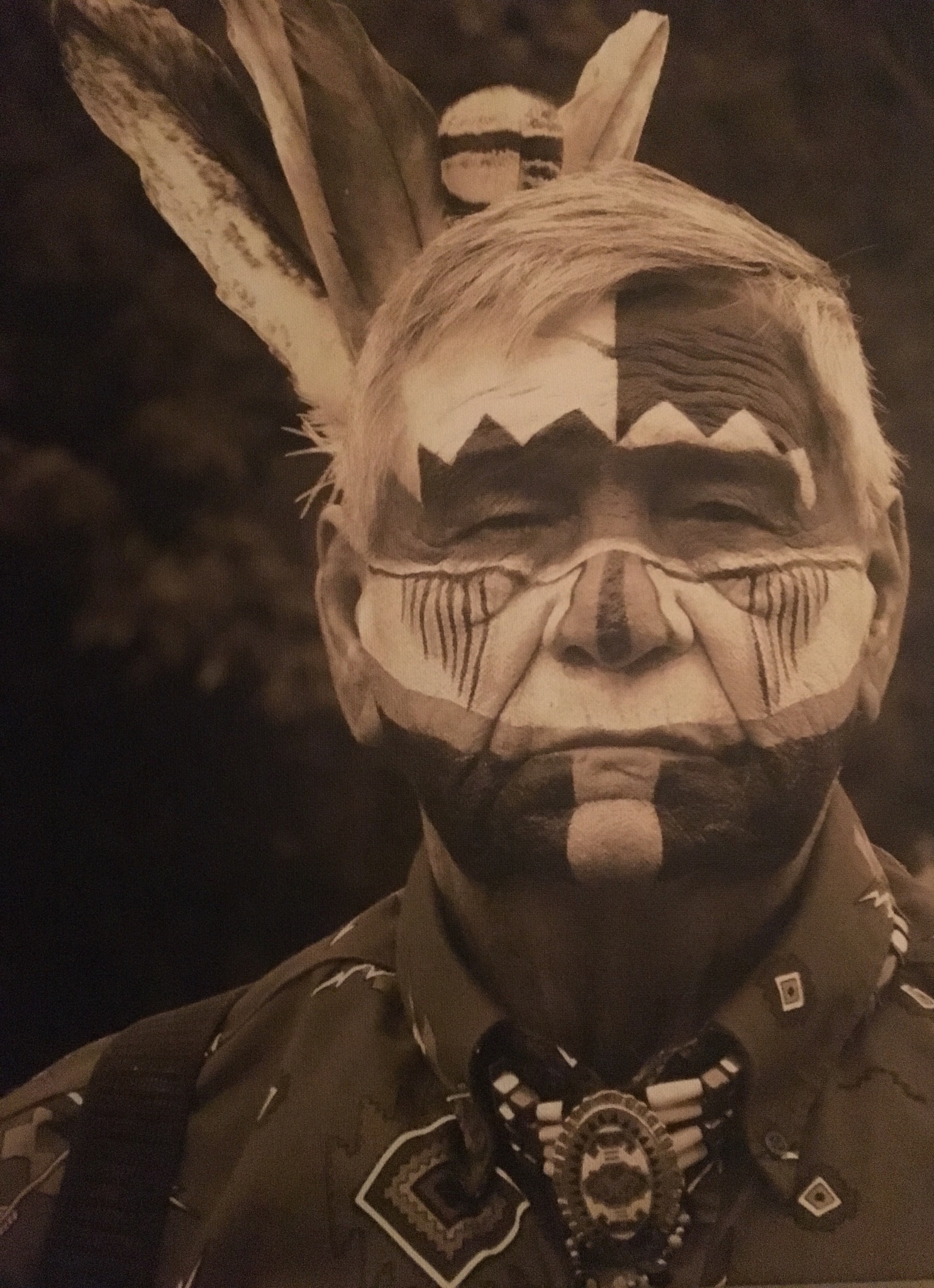
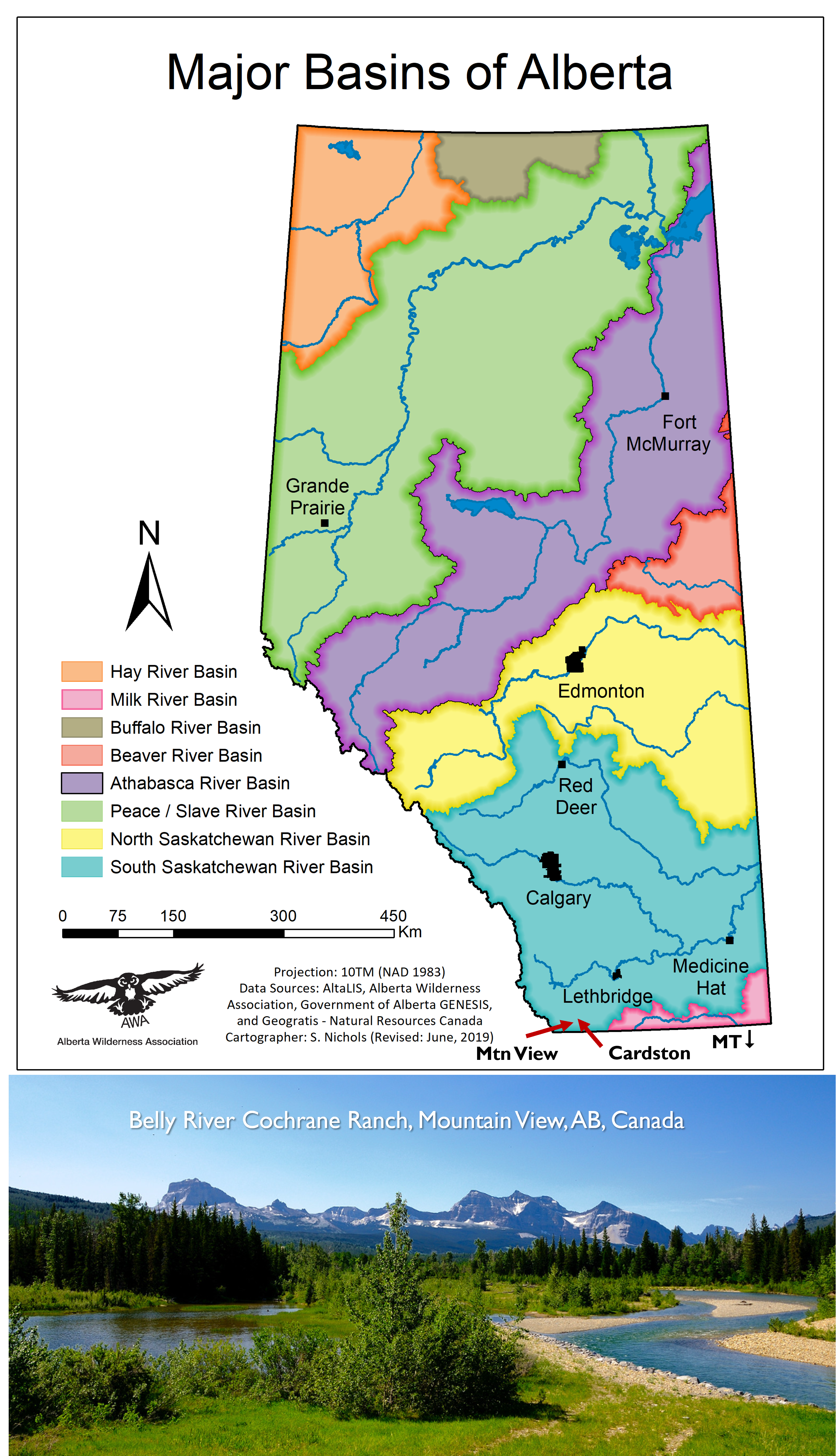
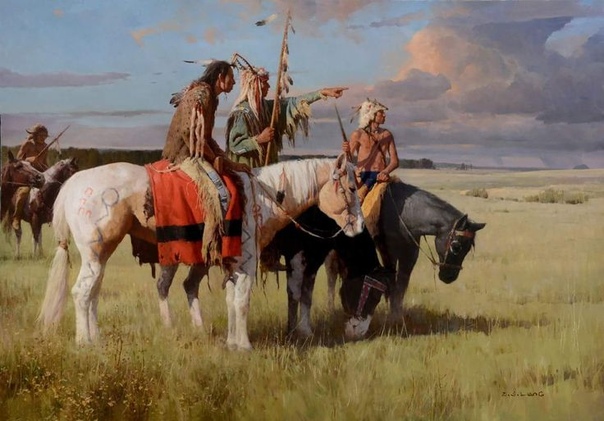 They came back the next year, and again the third year, and traded and acted much as they did before and never seemed to wish to get acquainted with us, until
They came back the next year, and again the third year, and traded and acted much as they did before and never seemed to wish to get acquainted with us, until 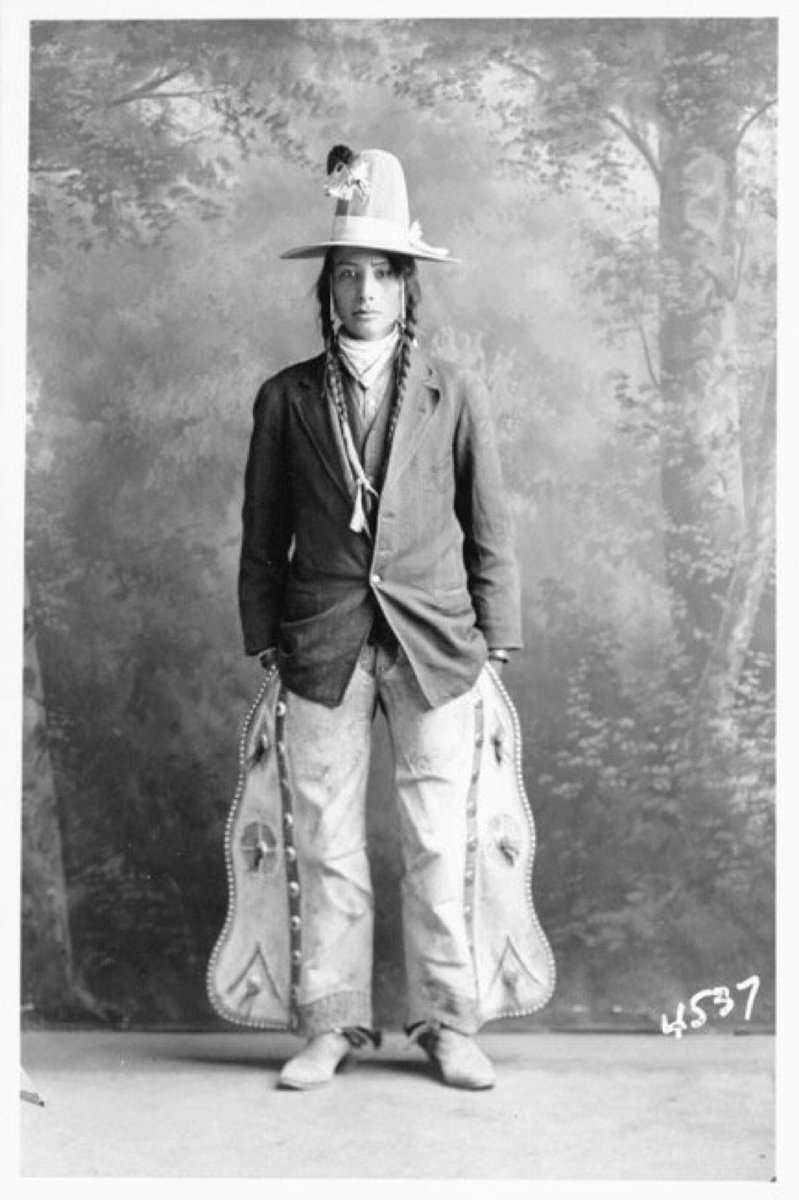 About a week after, they sent for him to come among them again and talk to them once more. He wondered more than ever at their inviting him to talk to them so soon for he knew he had done very little good before. But as
About a week after, they sent for him to come among them again and talk to them once more. He wondered more than ever at their inviting him to talk to them so soon for he knew he had done very little good before. But as 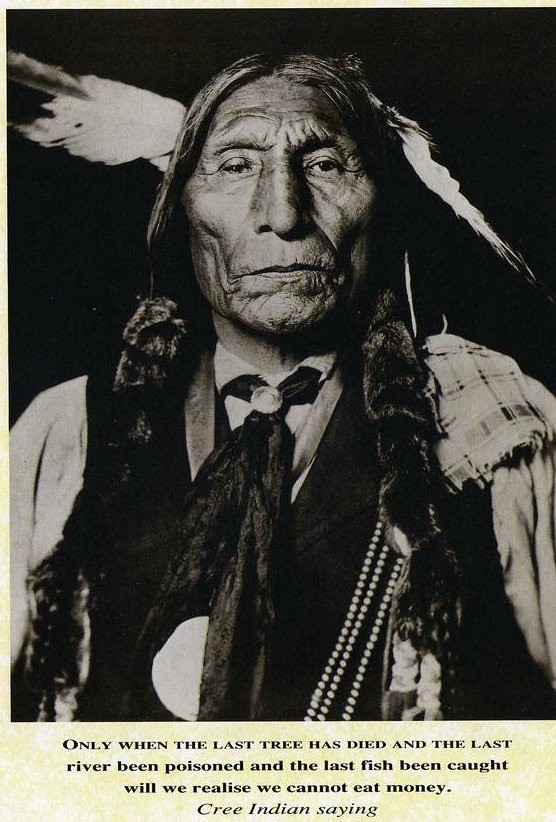 When I woke up, I called my family together and also the Counsel of Five Chiefs (of which I was a member) for our tribe that then lived in Manitoba was large, and
When I woke up, I called my family together and also the Counsel of Five Chiefs (of which I was a member) for our tribe that then lived in Manitoba was large, and 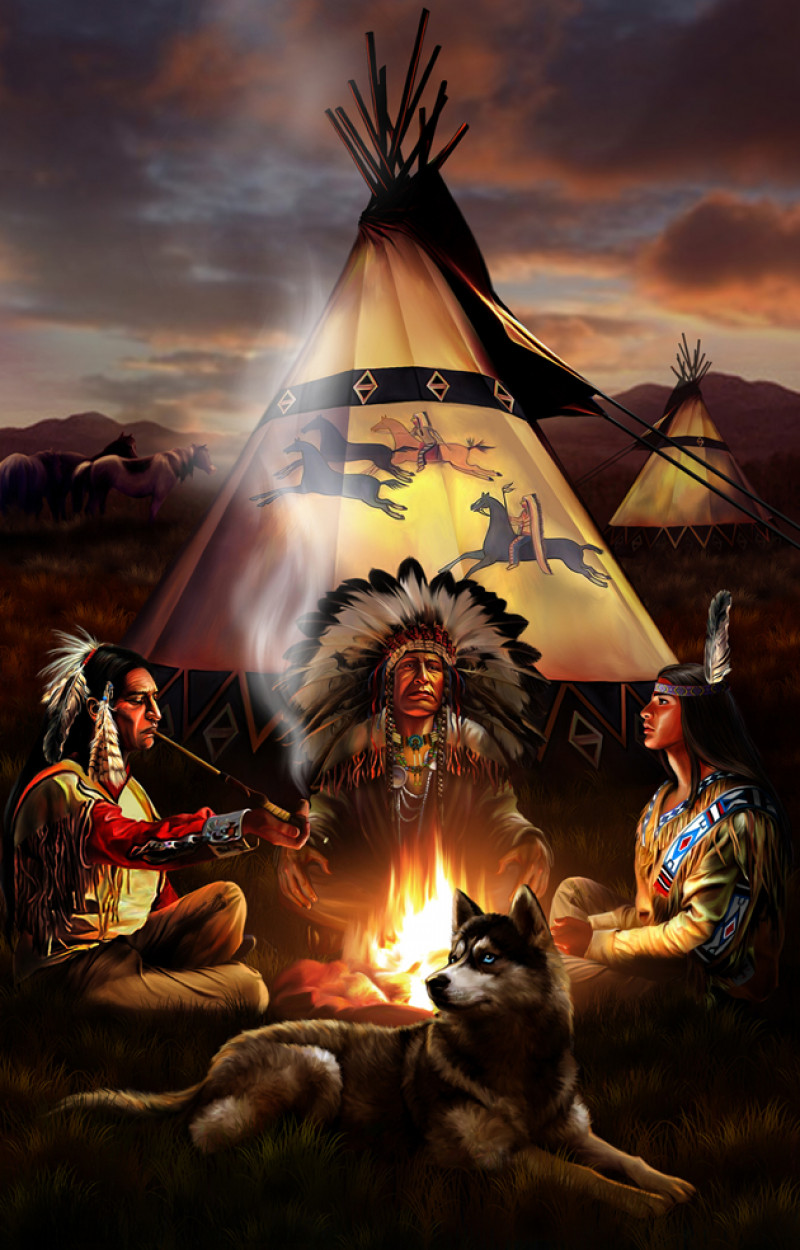 I asked them how I would know the people who had the book that would tell my live Indian friends all about who they were and about their dead relatives; and they gave me these
I asked them how I would know the people who had the book that would tell my live Indian friends all about who they were and about their dead relatives; and they gave me these 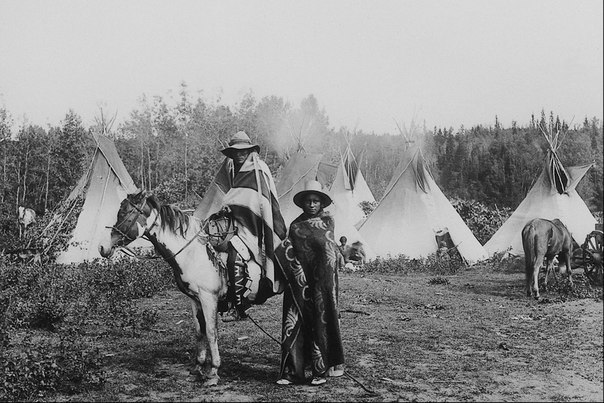 Yellow Face had grown quite eloquent in telling of his wonderful experience among the dead-yet-living Indians, as he termed them, and before he sat down, he asked for the Book.
Yellow Face had grown quite eloquent in telling of his wonderful experience among the dead-yet-living Indians, as he termed them, and before he sat down, he asked for the Book. 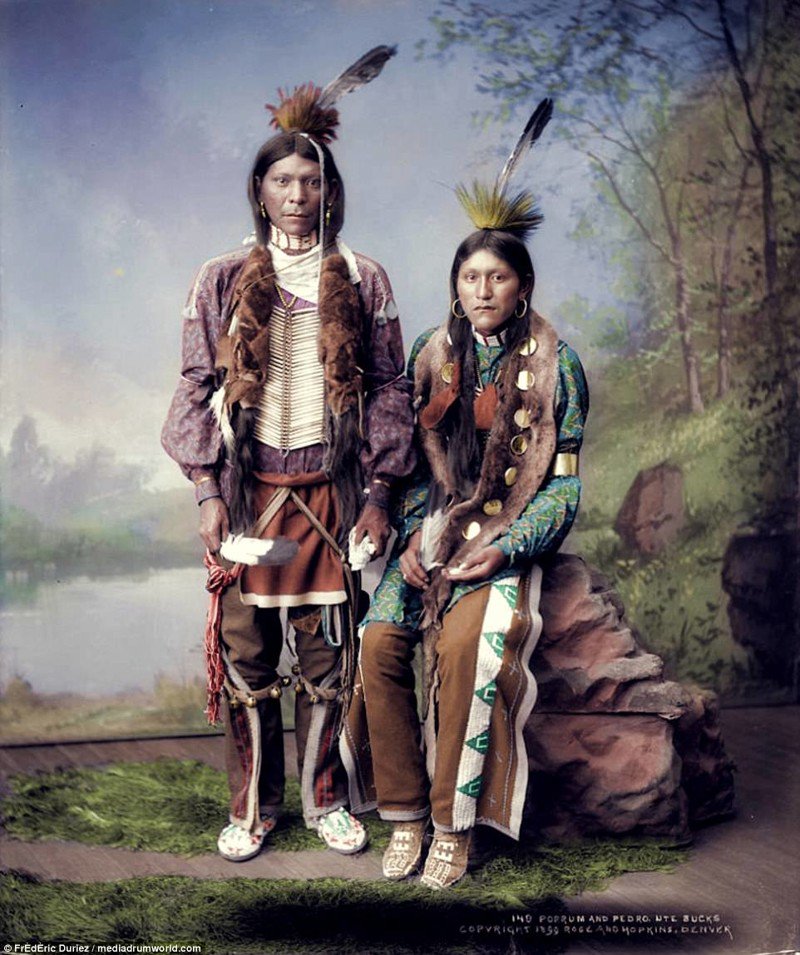 He then took the Book of Mormon, calling it their long lost Book, and wrapped it among their valuables, which they always carry in a separate buckskin sack, and hang it apart from any other belongings on a tripod in front of the head Chief’s lodge. These articles are held sacred by the tribe and are exhibited only on rare occasions.
He then took the Book of Mormon, calling it their long lost Book, and wrapped it among their valuables, which they always carry in a separate buckskin sack, and hang it apart from any other belongings on a tripod in front of the head Chief’s lodge. These articles are held sacred by the tribe and are exhibited only on rare occasions.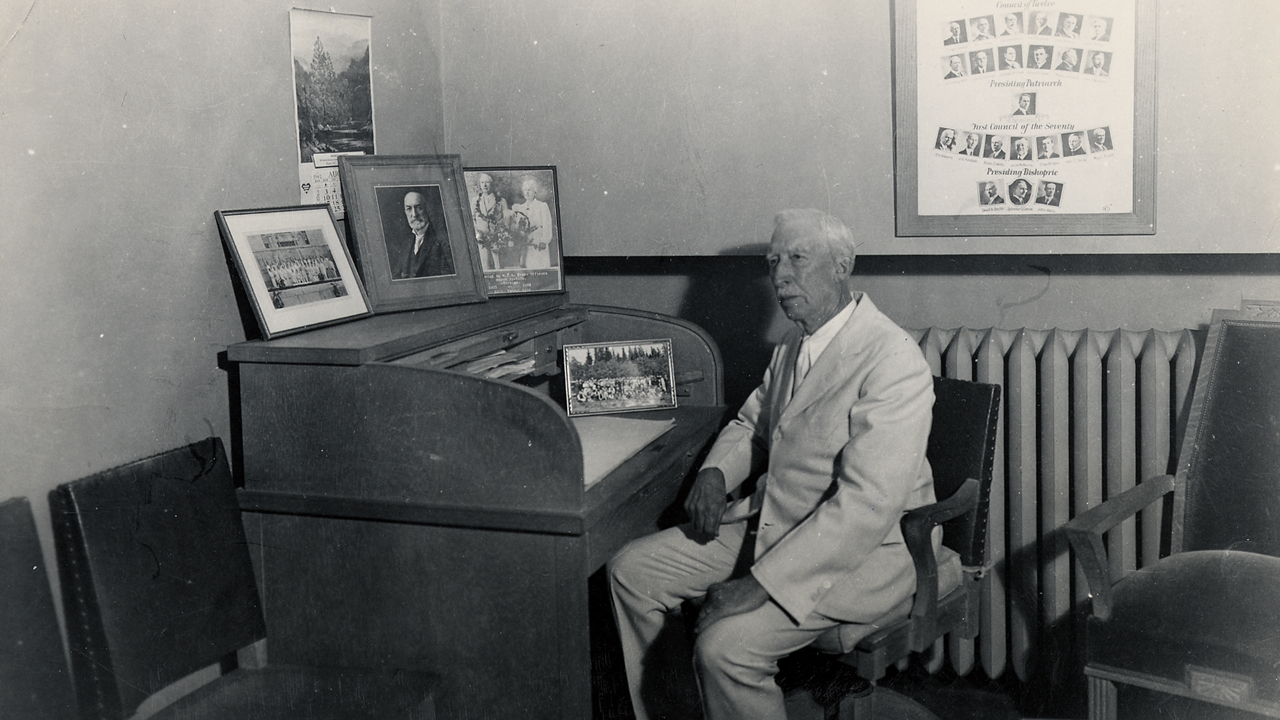
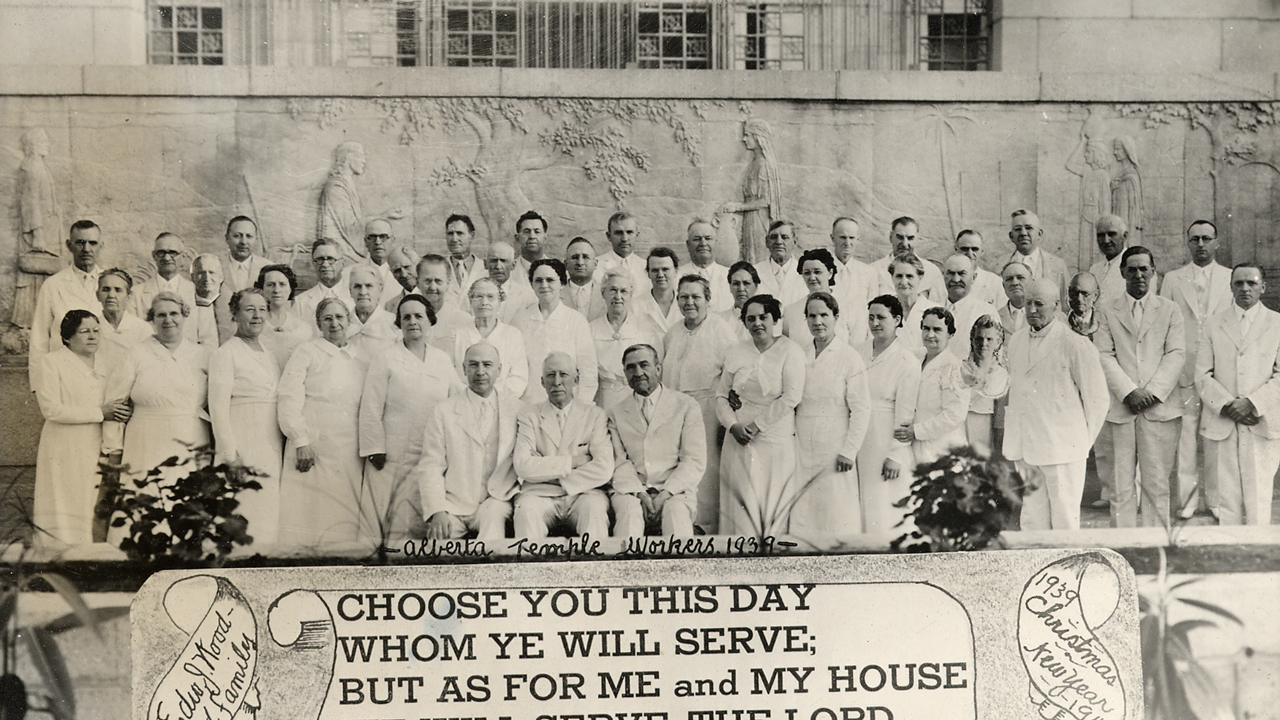
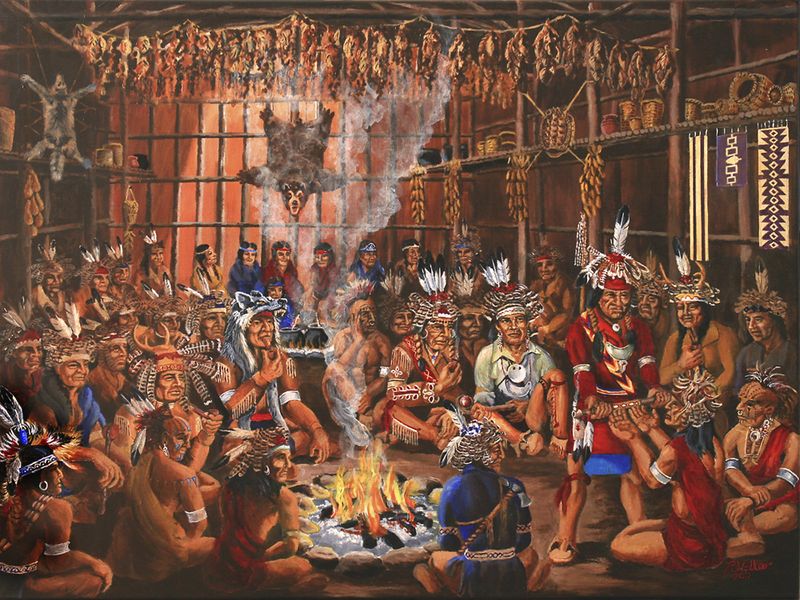
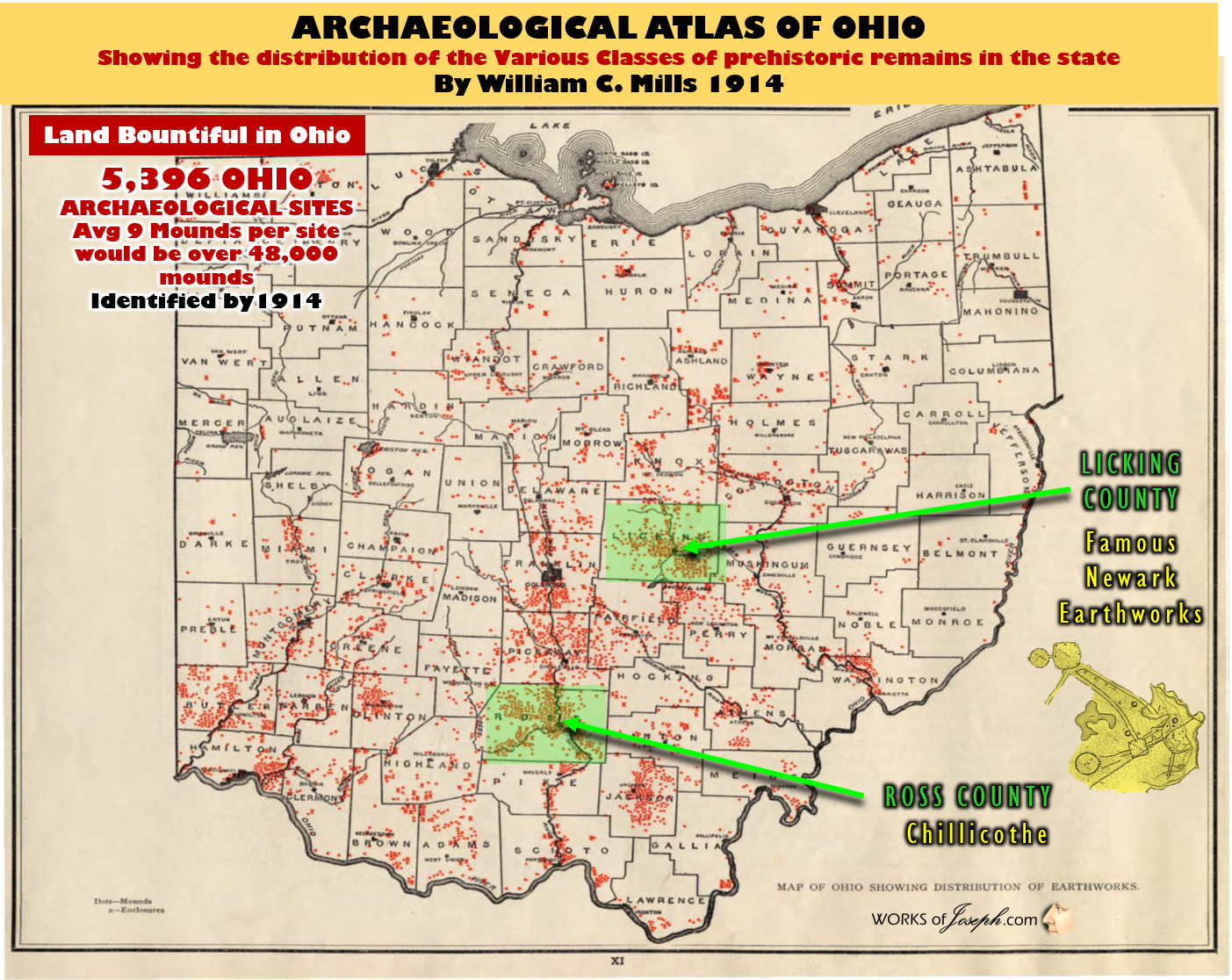
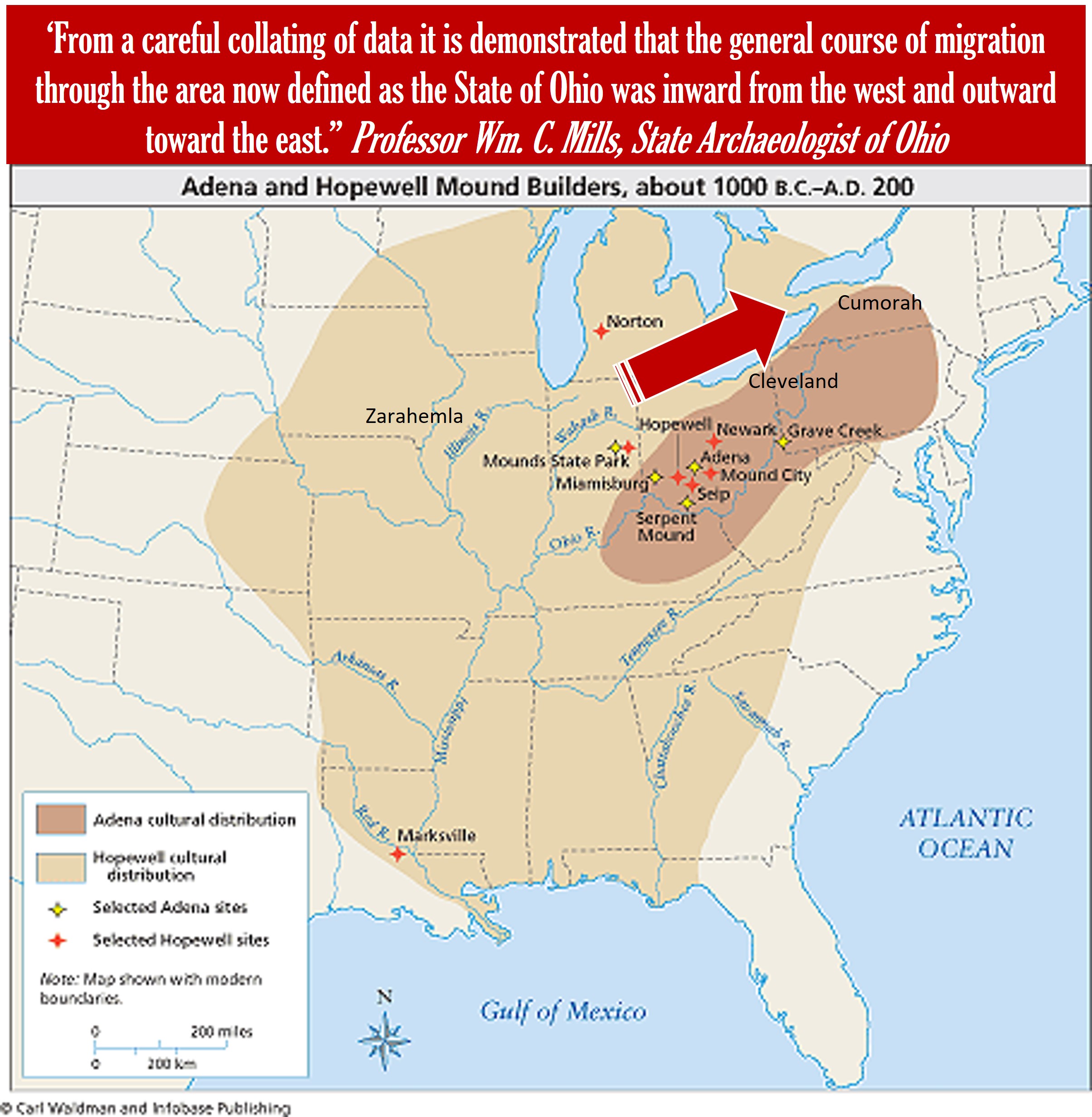
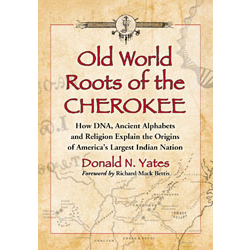
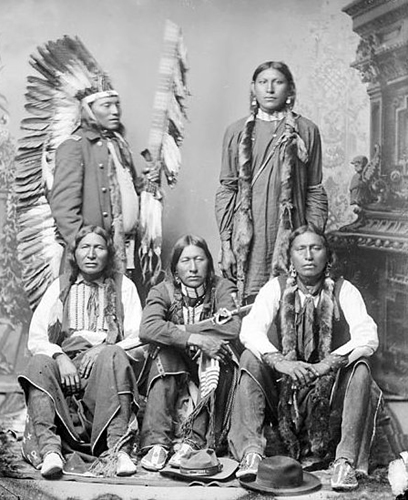 “Centuries before the creation of the United States and its Constitution, democracy had already taken root in North America—among a handful of Indigenous nations. Known as the Iroquois Confederacy, or Haudenosaunee, this league of nations emerged among five northeast woodlands tribes that had been plagued by wars of retribution and violence for many generations. The Haudenosaunee (“people of the longhouse”) originally included the Mohawk, Oneida, Onondaga, Cayuga and Seneca nations. In the 1700s, the Tuscarora became the sixth. Guided by the Great Law of Peace—their own constitution—this league came to jointly govern, while recognizing the sovereignty of each nation. The Great Law of Peace, credited largely to two visionary culture heroes, Hiawatha and Deganawida (a.k.a. “The Peacemaker”), established a model for federalism, separation of powers and participatory democracy that would inspire leaders like Benjamin Franklin and James Madison during the formation of the United States. It also conferred significant power and status to women in Iroquois culture…
“Centuries before the creation of the United States and its Constitution, democracy had already taken root in North America—among a handful of Indigenous nations. Known as the Iroquois Confederacy, or Haudenosaunee, this league of nations emerged among five northeast woodlands tribes that had been plagued by wars of retribution and violence for many generations. The Haudenosaunee (“people of the longhouse”) originally included the Mohawk, Oneida, Onondaga, Cayuga and Seneca nations. In the 1700s, the Tuscarora became the sixth. Guided by the Great Law of Peace—their own constitution—this league came to jointly govern, while recognizing the sovereignty of each nation. The Great Law of Peace, credited largely to two visionary culture heroes, Hiawatha and Deganawida (a.k.a. “The Peacemaker”), established a model for federalism, separation of powers and participatory democracy that would inspire leaders like Benjamin Franklin and James Madison during the formation of the United States. It also conferred significant power and status to women in Iroquois culture…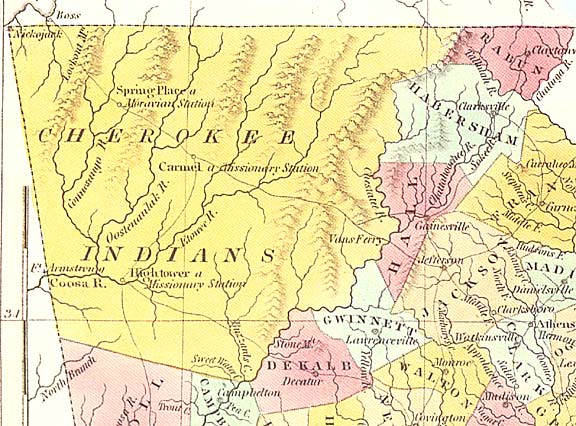
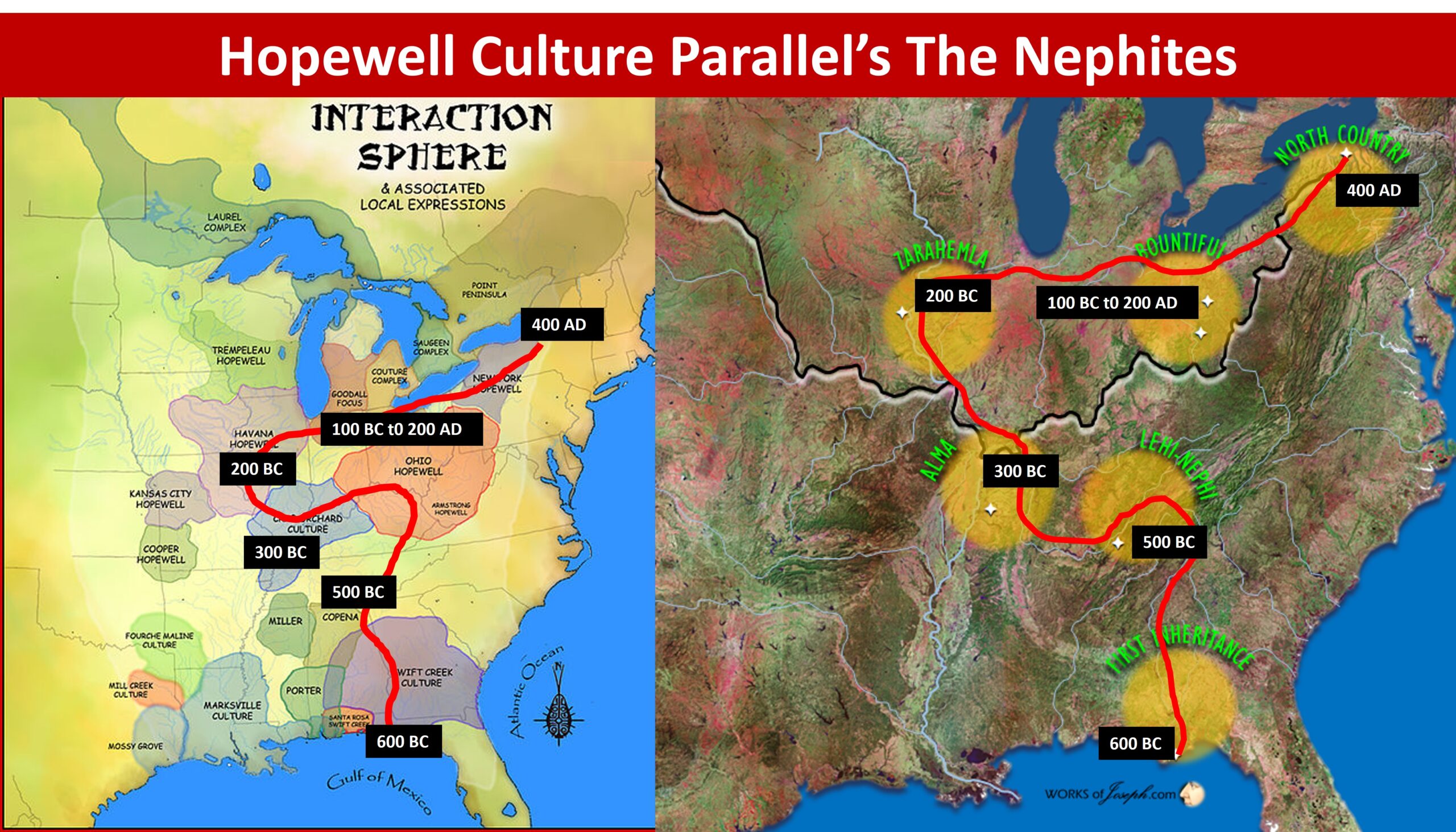
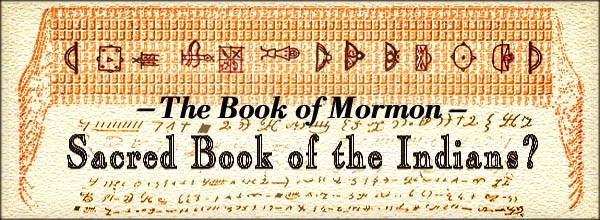
 MORMON APOLOGIST E. Cecil McGavin, in relating to his readers some ancient traditions of the North American Indians, made this remarkable statement in 1947: The American aborigines, “assert that
MORMON APOLOGIST E. Cecil McGavin, in relating to his readers some ancient traditions of the North American Indians, made this remarkable statement in 1947: The American aborigines, “assert that  Elder McGavin was not the first LDS writer to relate this unusual story. A very similar quote (with a reference citation matching one of McGavin’s) can be read in a Mormon magazine published in 1886. There the writer, George Reynolds, the former private secretary to Brigham Young, has this to say: A book published in London, England, in 1833, by a Mr. C. Colton, on the origin of the American Indians bears testimony to this same tradition. It is therein stated: “They assert that a book was once in possession of their ancestors, and along with this recognition they have traditions that the Great Spirit used to foretell to their forefathers future events; that he controlled nature in their favor; that angels once talked with them; that all the Indian tribes descended from one man, who had twelve sons; that this man was a notable and renowned prince, having great dominions, and that the Indians, his posterity, will yet recover the same dominion and influence. They believe, by tradition, that the spirit of prophecy and miraculous interposition, once enjoyed by their ancestors, will yet be restored to them, and that they will recover the book, all of which has been so long lost.” “View of the Hebrews” Juvenile Instructor XXXVII:19 (Oct. 1, 1902) Elder Reynolds is not exactly specific about which “Mr. C. Colton” he is quoting from. He says he is referring to a certain 1833 “book published in London… on the origin of the American Indians.” Luckily only one book fits that description. Two other LDS writers provide its title, after quoting from the same text: Jacob and his twelve sons are found in the legends of the American Indians. Some of the tribes “used to build an altar of twelve stones in memory of a great ancestor of theirs who had twelve sons.” “They have traditions that all Indian tribes descended from one man who had twelve sons. That this man was a notable and renowned prince, having great dominion; and that the Indians, his posterity, will yet recover the same dominion and influence.” (Calvin Colton, Origin of the American Indians, London, 1833., cf. Mill. Star 6:67.) John A. Widtsoe and Franklin S. Harris, Jr. Seven Claims of The Book of Mormon Independence: Zion’s Printing and Pub. Co., 1935, 1937, p. 101
Elder McGavin was not the first LDS writer to relate this unusual story. A very similar quote (with a reference citation matching one of McGavin’s) can be read in a Mormon magazine published in 1886. There the writer, George Reynolds, the former private secretary to Brigham Young, has this to say: A book published in London, England, in 1833, by a Mr. C. Colton, on the origin of the American Indians bears testimony to this same tradition. It is therein stated: “They assert that a book was once in possession of their ancestors, and along with this recognition they have traditions that the Great Spirit used to foretell to their forefathers future events; that he controlled nature in their favor; that angels once talked with them; that all the Indian tribes descended from one man, who had twelve sons; that this man was a notable and renowned prince, having great dominions, and that the Indians, his posterity, will yet recover the same dominion and influence. They believe, by tradition, that the spirit of prophecy and miraculous interposition, once enjoyed by their ancestors, will yet be restored to them, and that they will recover the book, all of which has been so long lost.” “View of the Hebrews” Juvenile Instructor XXXVII:19 (Oct. 1, 1902) Elder Reynolds is not exactly specific about which “Mr. C. Colton” he is quoting from. He says he is referring to a certain 1833 “book published in London… on the origin of the American Indians.” Luckily only one book fits that description. Two other LDS writers provide its title, after quoting from the same text: Jacob and his twelve sons are found in the legends of the American Indians. Some of the tribes “used to build an altar of twelve stones in memory of a great ancestor of theirs who had twelve sons.” “They have traditions that all Indian tribes descended from one man who had twelve sons. That this man was a notable and renowned prince, having great dominion; and that the Indians, his posterity, will yet recover the same dominion and influence.” (Calvin Colton, Origin of the American Indians, London, 1833., cf. Mill. Star 6:67.) John A. Widtsoe and Franklin S. Harris, Jr. Seven Claims of The Book of Mormon Independence: Zion’s Printing and Pub. Co., 1935, 1937, p. 101  The Rev. Calvin Colton (1789-1857) is not known to have ever produced a book called Origin of the American Indians, but he did write one with this lengthy title: “Tour of the American Lakes, and among the Indians of the North-west territory, in 1830: disclosing the character and prospects of the Indian race.” Since that book was published (in two volumes) in London in 1833, it appears to be the work cited by McGavin, Reynolds, Widtsoe and Harris. The next question that might be asked is, Where did Rev. Colton get his information? According to his book, he conducted research into the situation and background of the American Indians during his 1830 “Tour of the American Lakes.” He then sailed off to London to work as a correspondent for the New York Observer, during which time he published a plethora of books on America. It appears, however, that Colton did not glean all of his information on this topic from interviews with the Indians and their neighbors. He himself admits to deriving part of his material from a previously published source. In the case of the “lost book” story, Colton does his reporting in the first chapter of the second volume of Origin of the American Indians. That particular chapter is sub-titled “The Honourable Elias Boudinot’s theory…” and in it Colton agrees with practically everything Boudinot (the celebrated Presbyterian statesman and author, 1740-1821) said about the Indians in his 1816 book, in support of the conclusion, “that they are Hebrews.” Although Colton does not give his readers a precise citation from Boudinot’s 1816 A Star in the West, it is obvious that the former author appropriated the “lost book” story from the former. On page 11 of vol. 2, Colton says: The offer of Christianity and of the Bible to the Indians of North America, with an account of its origin and claims, has, in several instances quite remote from and independent; of each other, met this remarkable reception: “This book once belonged to our ancestors!” And along with this recognition, they have traditions, that the Great Spirit used to foretell to their fathers future evens; that he controlled nature in their favour; that angels once talked with them, that all the Indian tribes descended from one man, who had twelve sons; that this man was a notable and renowned prince having dominion over all the earth; and that the Indians, his posterity, will yet recover the same dominion and influence. They believe by tradition, that the spirit of prophecy and of miraculous interposition, once enjoyed by their ancestors, will yet be restored to them, and that they shall recover the book — all of which have been so long lost. Rev. Calvin Colton’s 1830 book (Above articles compiled by
The Rev. Calvin Colton (1789-1857) is not known to have ever produced a book called Origin of the American Indians, but he did write one with this lengthy title: “Tour of the American Lakes, and among the Indians of the North-west territory, in 1830: disclosing the character and prospects of the Indian race.” Since that book was published (in two volumes) in London in 1833, it appears to be the work cited by McGavin, Reynolds, Widtsoe and Harris. The next question that might be asked is, Where did Rev. Colton get his information? According to his book, he conducted research into the situation and background of the American Indians during his 1830 “Tour of the American Lakes.” He then sailed off to London to work as a correspondent for the New York Observer, during which time he published a plethora of books on America. It appears, however, that Colton did not glean all of his information on this topic from interviews with the Indians and their neighbors. He himself admits to deriving part of his material from a previously published source. In the case of the “lost book” story, Colton does his reporting in the first chapter of the second volume of Origin of the American Indians. That particular chapter is sub-titled “The Honourable Elias Boudinot’s theory…” and in it Colton agrees with practically everything Boudinot (the celebrated Presbyterian statesman and author, 1740-1821) said about the Indians in his 1816 book, in support of the conclusion, “that they are Hebrews.” Although Colton does not give his readers a precise citation from Boudinot’s 1816 A Star in the West, it is obvious that the former author appropriated the “lost book” story from the former. On page 11 of vol. 2, Colton says: The offer of Christianity and of the Bible to the Indians of North America, with an account of its origin and claims, has, in several instances quite remote from and independent; of each other, met this remarkable reception: “This book once belonged to our ancestors!” And along with this recognition, they have traditions, that the Great Spirit used to foretell to their fathers future evens; that he controlled nature in their favour; that angels once talked with them, that all the Indian tribes descended from one man, who had twelve sons; that this man was a notable and renowned prince having dominion over all the earth; and that the Indians, his posterity, will yet recover the same dominion and influence. They believe by tradition, that the spirit of prophecy and of miraculous interposition, once enjoyed by their ancestors, will yet be restored to them, and that they shall recover the book — all of which have been so long lost. Rev. Calvin Colton’s 1830 book (Above articles compiled by  “Once the red men were many; they occupied the country from sea to sea — from the rising to the setting sun; the whole land . . . Thousands of moons ago, when the red men’s forefathers dwelt in peace and possessed this whole land the Great Spirit talked with them, and revealed His law and His will and much knowledge to their wise men and prophets. This they wrote in a
“Once the red men were many; they occupied the country from sea to sea — from the rising to the setting sun; the whole land . . . Thousands of moons ago, when the red men’s forefathers dwelt in peace and possessed this whole land the Great Spirit talked with them, and revealed His law and His will and much knowledge to their wise men and prophets. This they wrote in a 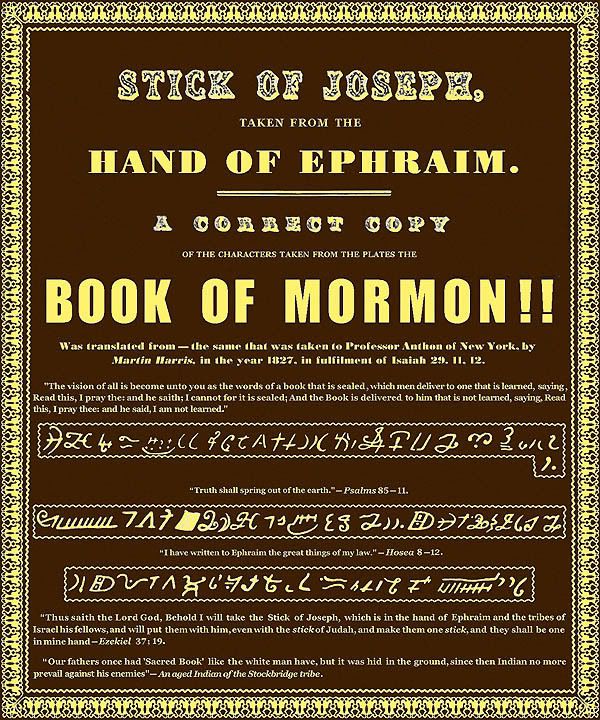 In 1837, Elder Parley P. Pratt, one of the early defenders of the church, wrote a work entitled, “A Voice of Warning,” which has been published in many different editions in Europe and America. In the edition of 1885, published at Lamoni, Iowa, page 82, there is a quotation from Mr. Boudinot, which reads as follows: Mr. Boudinot in his able work, remarks concerning their language: “Their language in its roots, idiom, and particular construction, appears to have the whole genius of the Hebrew; and what is very remarkable, and well worthy of serious attention, has most of the peculiarities of the language, especially those in which it differs from most other languages. There is a tradition related by an aged Indian of the
In 1837, Elder Parley P. Pratt, one of the early defenders of the church, wrote a work entitled, “A Voice of Warning,” which has been published in many different editions in Europe and America. In the edition of 1885, published at Lamoni, Iowa, page 82, there is a quotation from Mr. Boudinot, which reads as follows: Mr. Boudinot in his able work, remarks concerning their language: “Their language in its roots, idiom, and particular construction, appears to have the whole genius of the Hebrew; and what is very remarkable, and well worthy of serious attention, has most of the peculiarities of the language, especially those in which it differs from most other languages. There is a tradition related by an aged Indian of the 
 “Once the red men were many; they occupied the country from sea to sea–from the rising to the setting sun; the whole land Thousands of moons ago, when red men’s forefathers dwelt in peace and possessed this whole land the Great Spirit talked with them, and revealed His law and His will and much knowledge to their wise men and prophets. This they wrote in a
“Once the red men were many; they occupied the country from sea to sea–from the rising to the setting sun; the whole land Thousands of moons ago, when red men’s forefathers dwelt in peace and possessed this whole land the Great Spirit talked with them, and revealed His law and His will and much knowledge to their wise men and prophets. This they wrote in a  But what did he see in the way of fulfillment for his efforts? In mortality he saw very little, but in vision he must have
But what did he see in the way of fulfillment for his efforts? In mortality he saw very little, but in vision he must have  A book published in London, England, in 1833, by a Mr. C. Colton, on the origin of the American Indians bears testimony to this same tradition. It is therein stated: “They assert that
A book published in London, England, in 1833, by a Mr. C. Colton, on the origin of the American Indians bears testimony to this same tradition. It is therein stated: “They assert that  The next question that might be asked is, Where did Rev. Colton get his information? According to his book, he conducted research into the situation and background of the American Indians during his 1830 “Tour of the American Lakes.” He then sailed off to London to work as a correspondent for the New York Observer, during which time he published a plethora of books on America. It appears, however, that Colton did not glean all of his information on this topic from interviews with the Indians and their neighbors. He himself admits to deriving part of his material from a previously published source. In the case of the
The next question that might be asked is, Where did Rev. Colton get his information? According to his book, he conducted research into the situation and background of the American Indians during his 1830 “Tour of the American Lakes.” He then sailed off to London to work as a correspondent for the New York Observer, during which time he published a plethora of books on America. It appears, however, that Colton did not glean all of his information on this topic from interviews with the Indians and their neighbors. He himself admits to deriving part of his material from a previously published source. In the case of the 


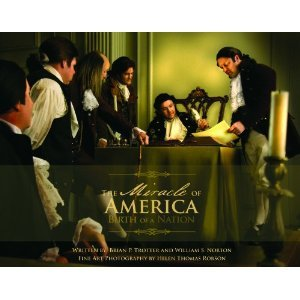
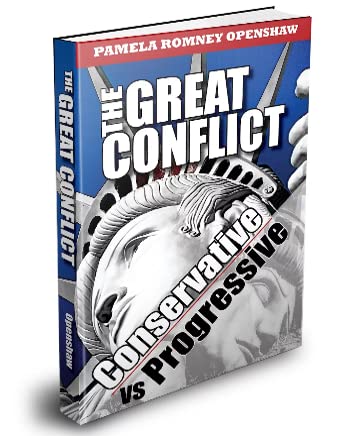
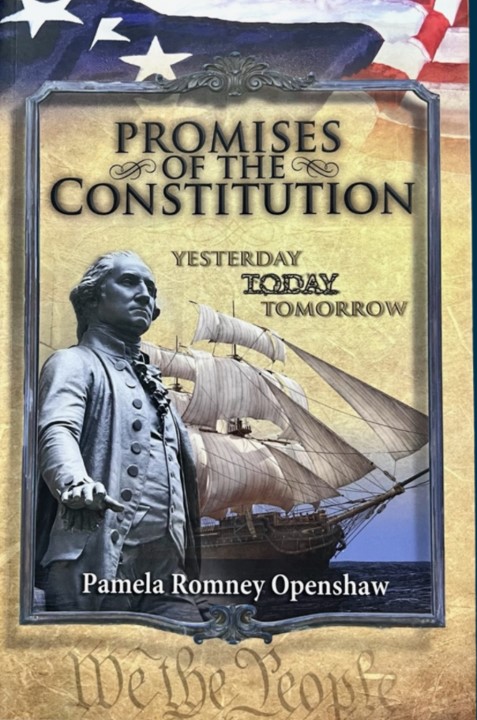 Visit our website,
Visit our website, 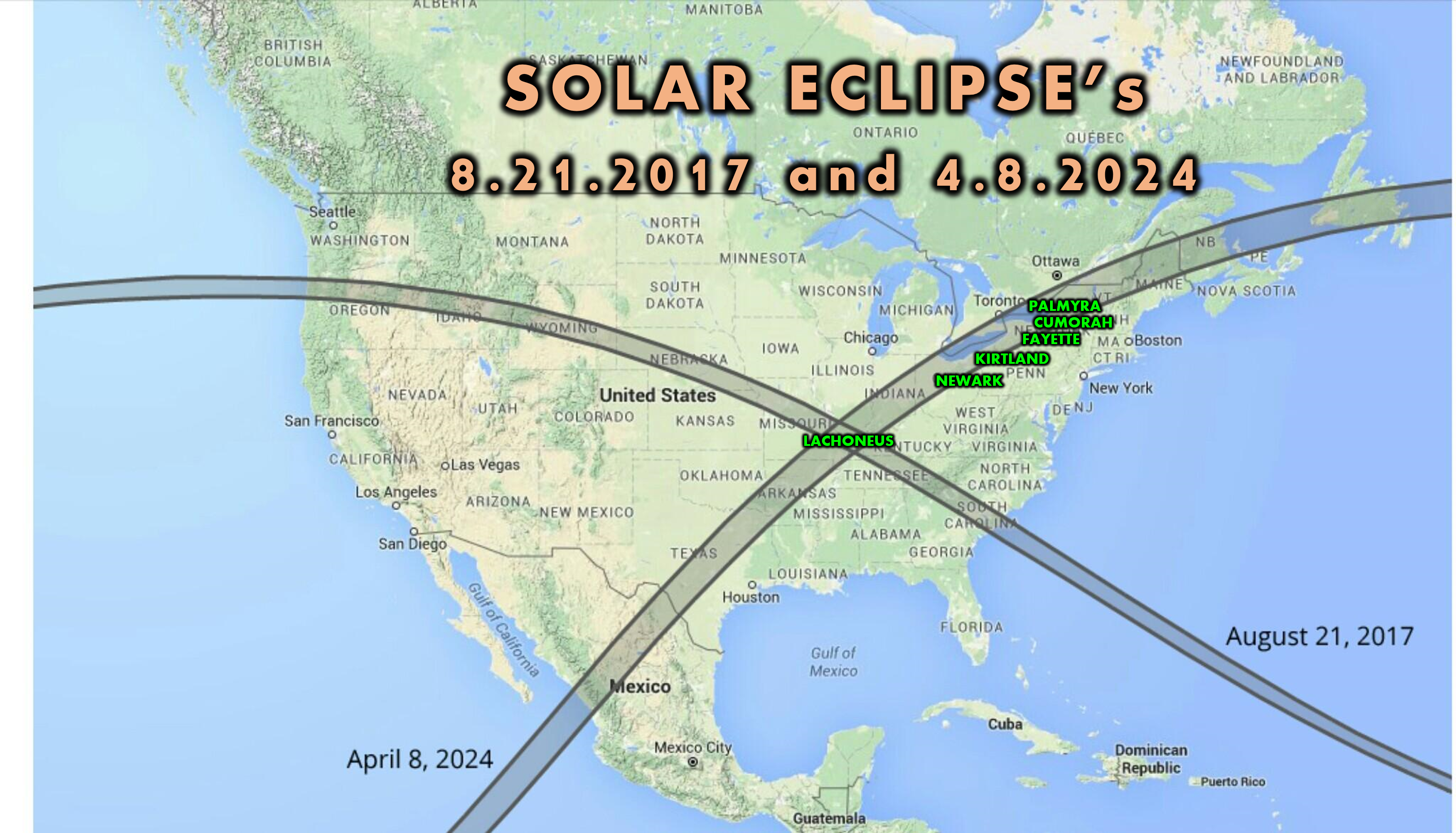
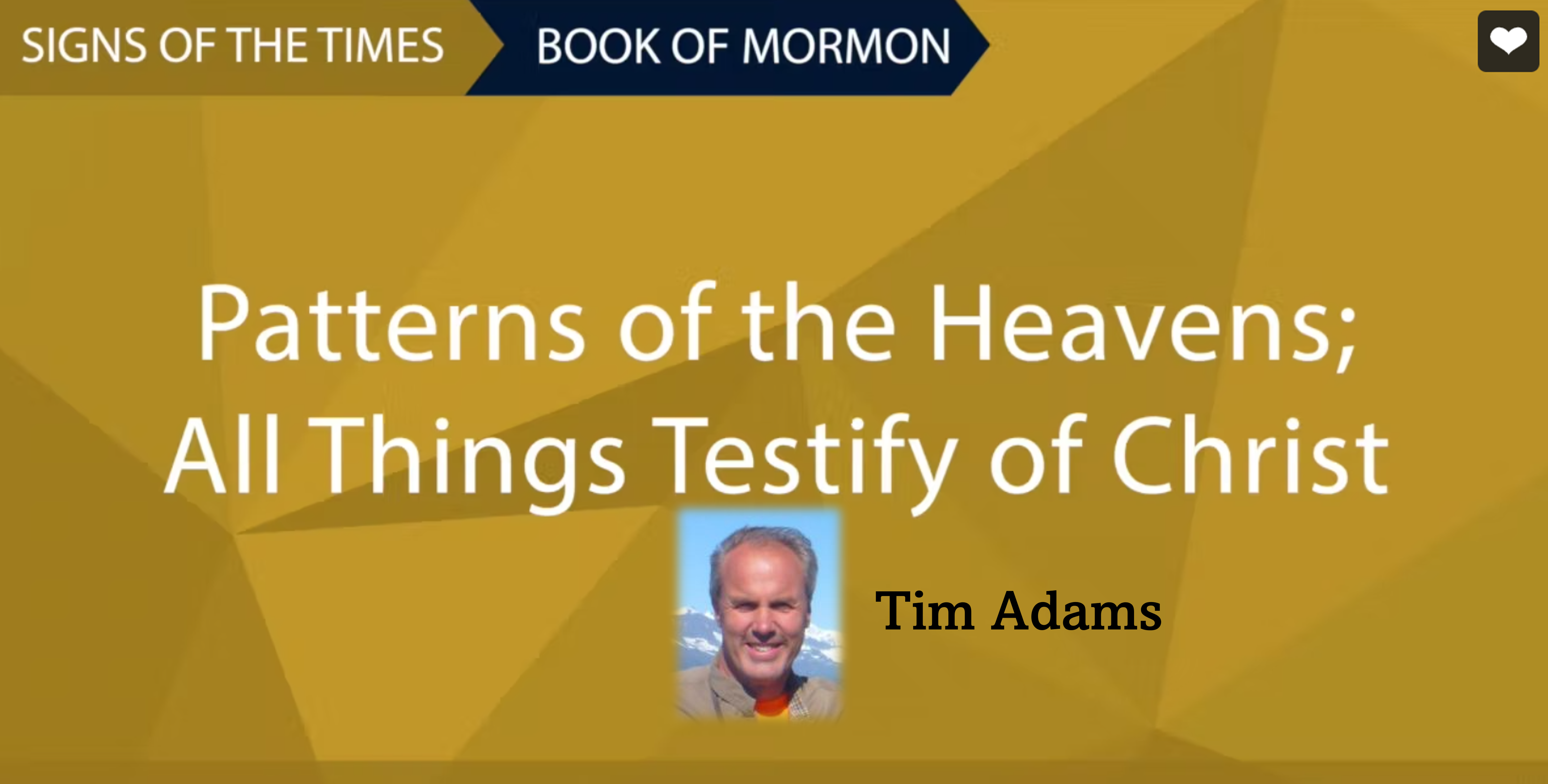
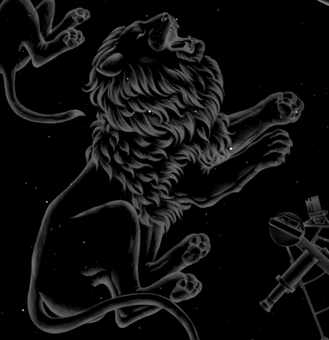
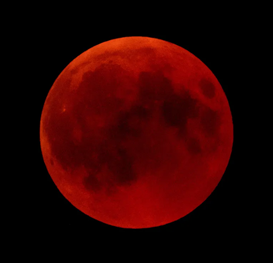
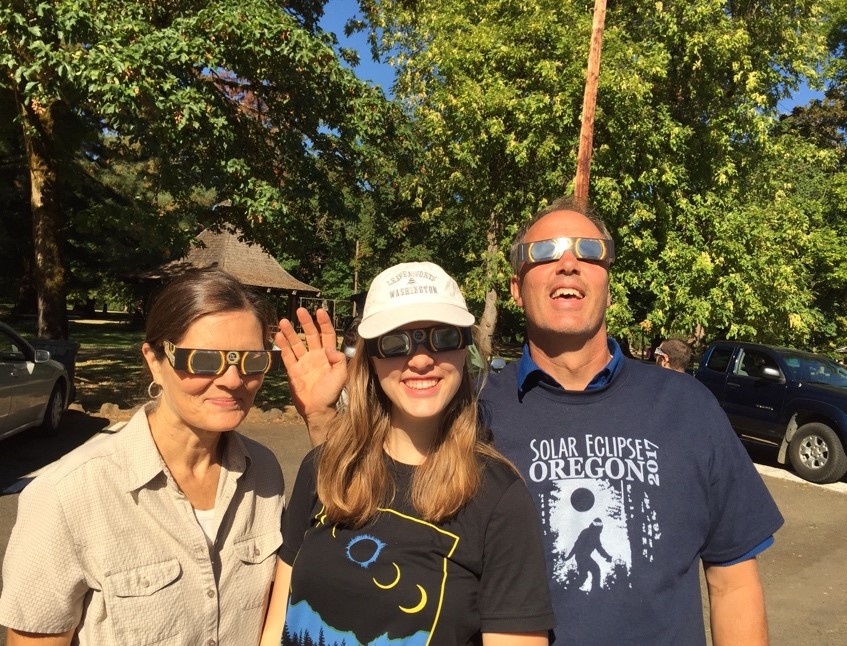
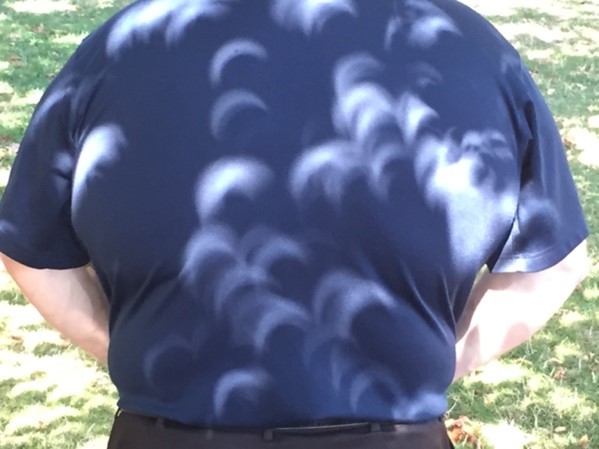
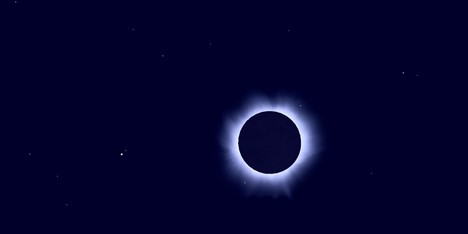
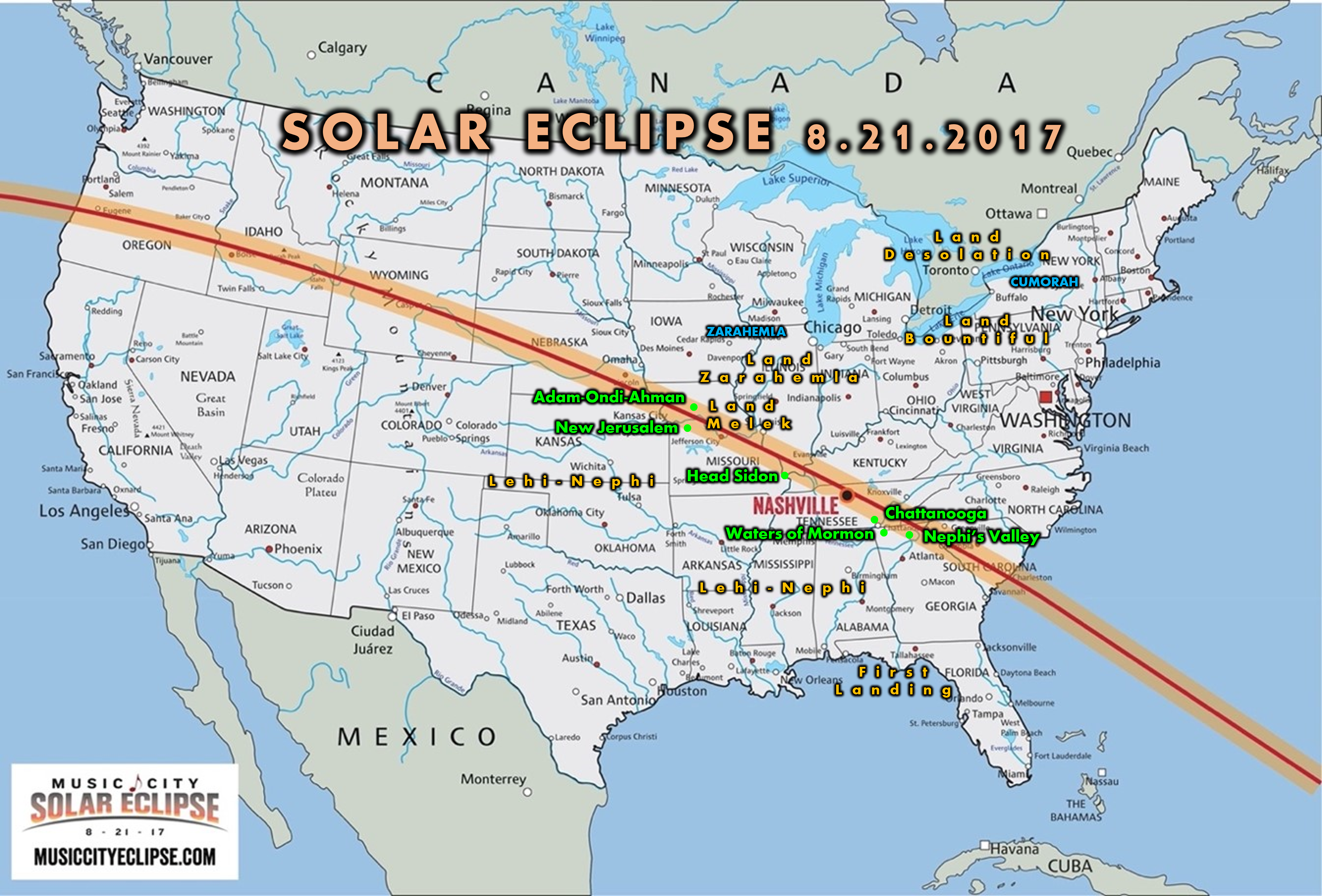
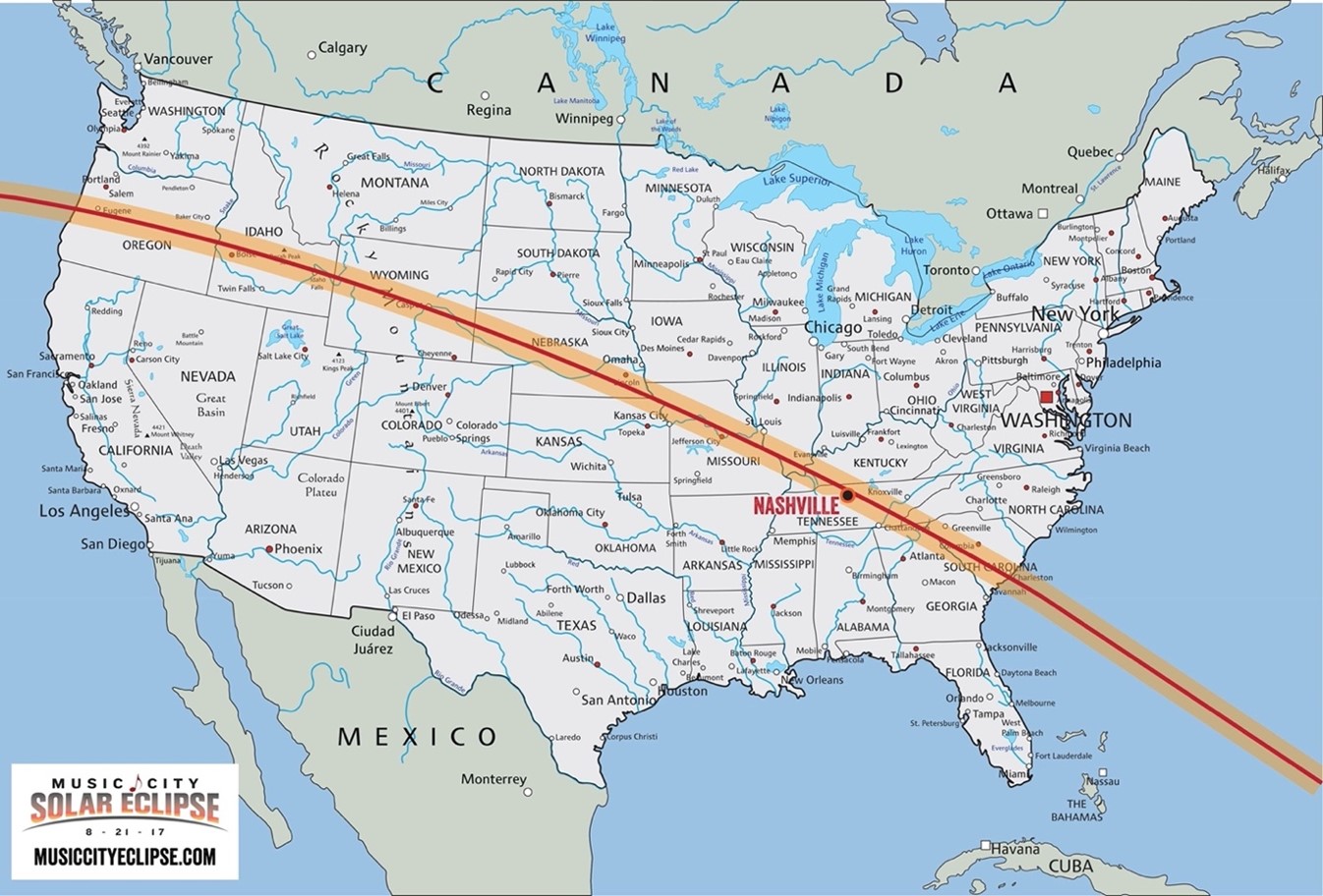 Tim continues, “If these are signs in the heavens, what could they mean? We do not know for certain; but we can speculate the return of the King is near at hand. When Jesus came the first time at his birth in the meridian of time; the Star of Bethlehem showed but almost nobody, or perhaps nobody in Jerusalem saw it. If you will recall King Herod hadn’t seen it, nor any of his wise-men according to the record. He had to ask the wise men when the star had made its appearance. And then after the sign no one knew that they had a great Rabbi/ Messiah in their midst until 33 years later when Jesus began his ministry.
Tim continues, “If these are signs in the heavens, what could they mean? We do not know for certain; but we can speculate the return of the King is near at hand. When Jesus came the first time at his birth in the meridian of time; the Star of Bethlehem showed but almost nobody, or perhaps nobody in Jerusalem saw it. If you will recall King Herod hadn’t seen it, nor any of his wise-men according to the record. He had to ask the wise men when the star had made its appearance. And then after the sign no one knew that they had a great Rabbi/ Messiah in their midst until 33 years later when Jesus began his ministry. 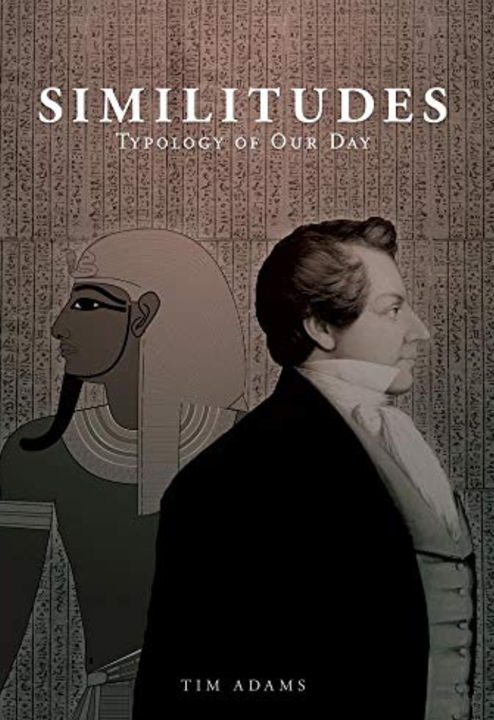

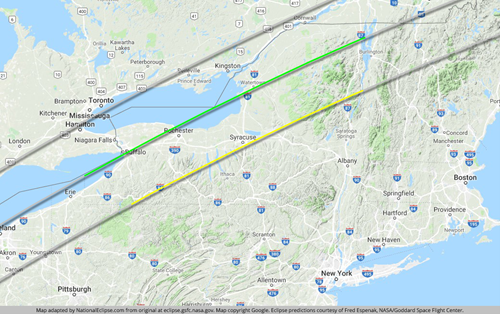
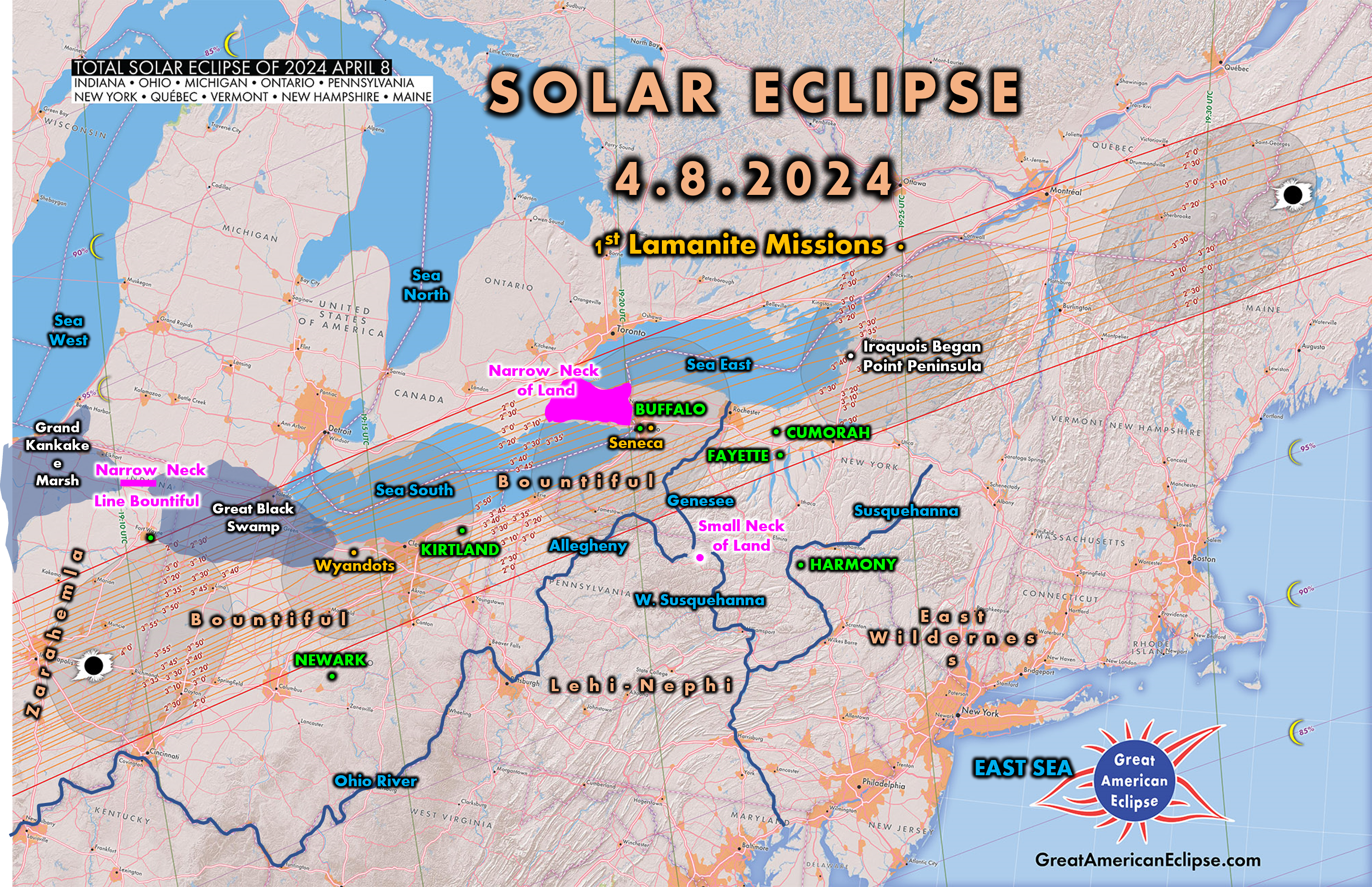
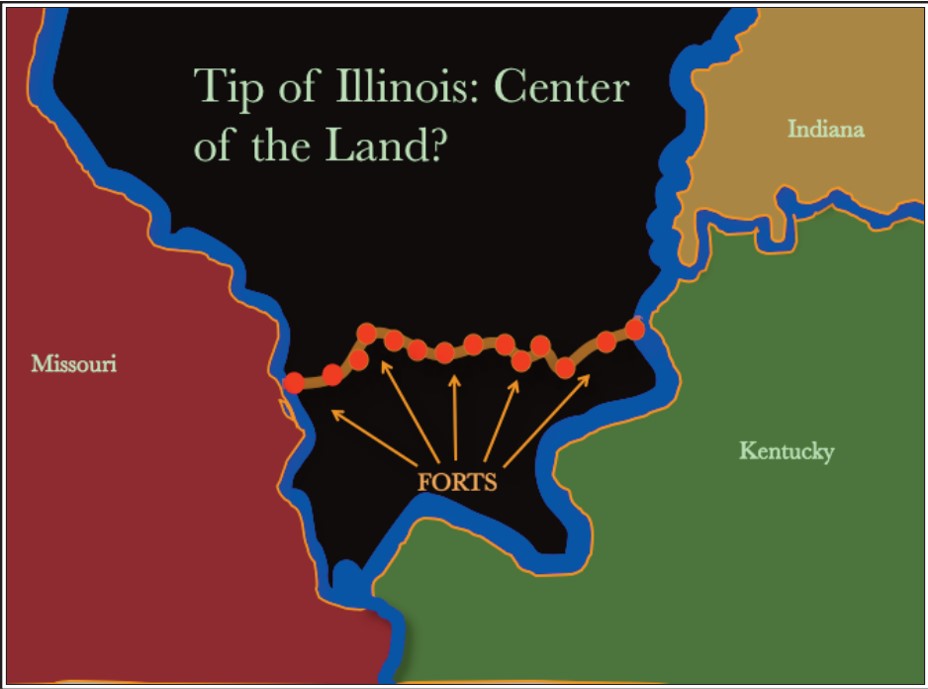
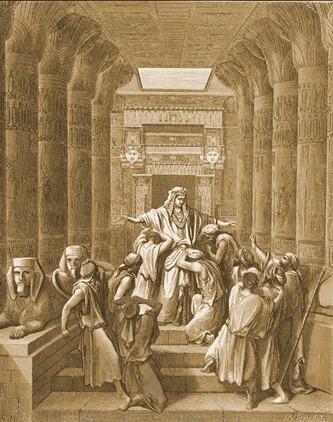
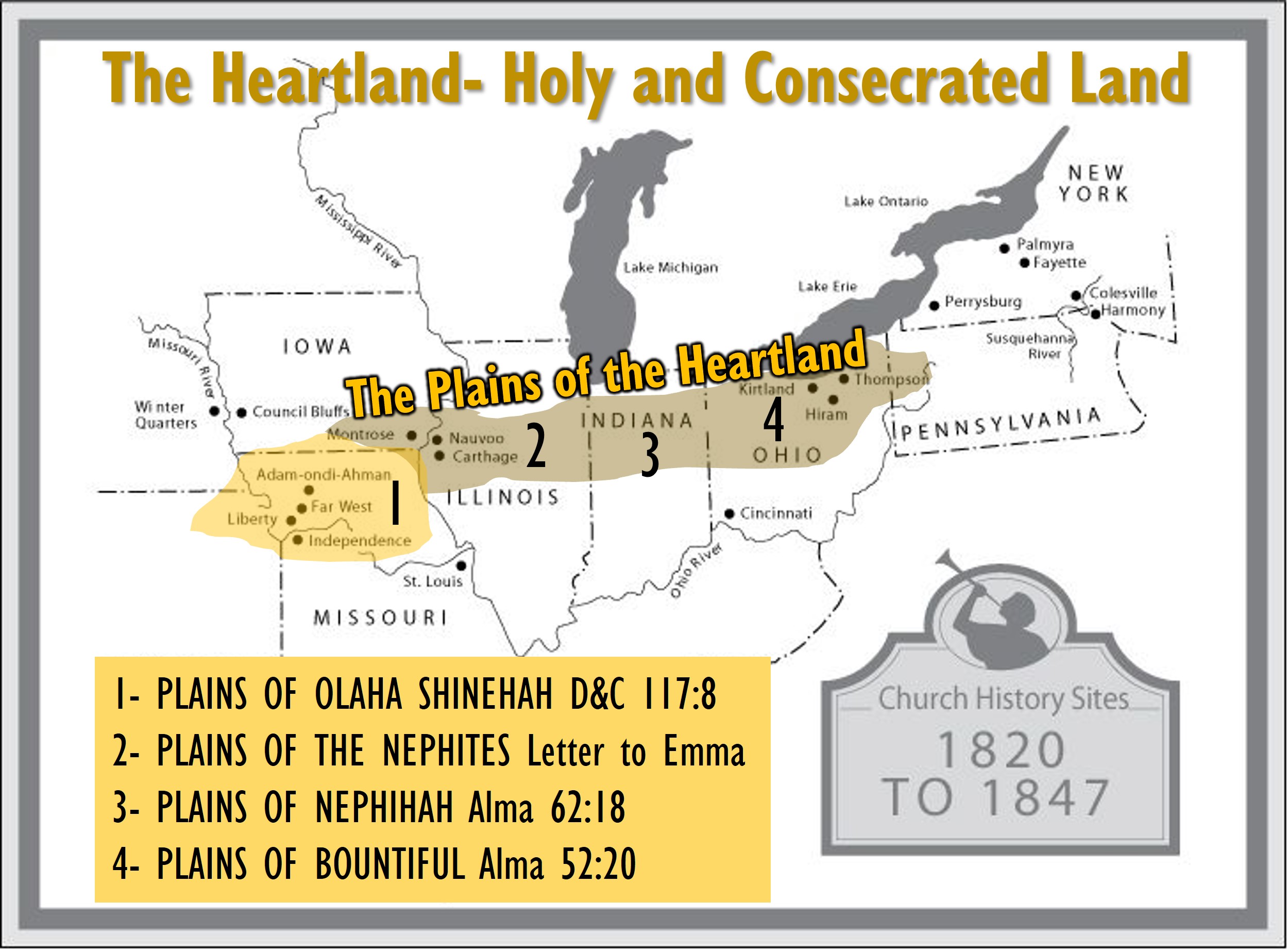
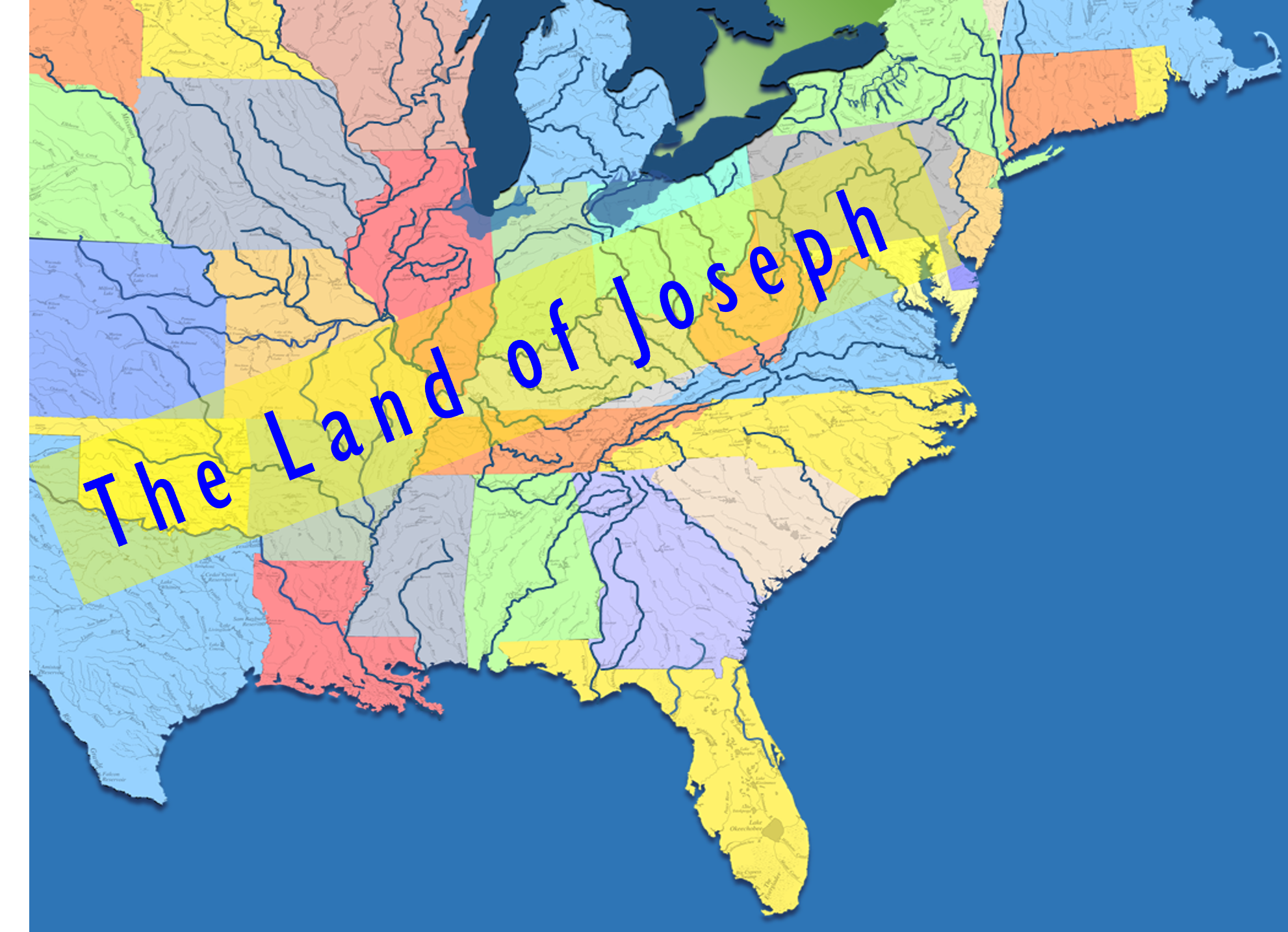
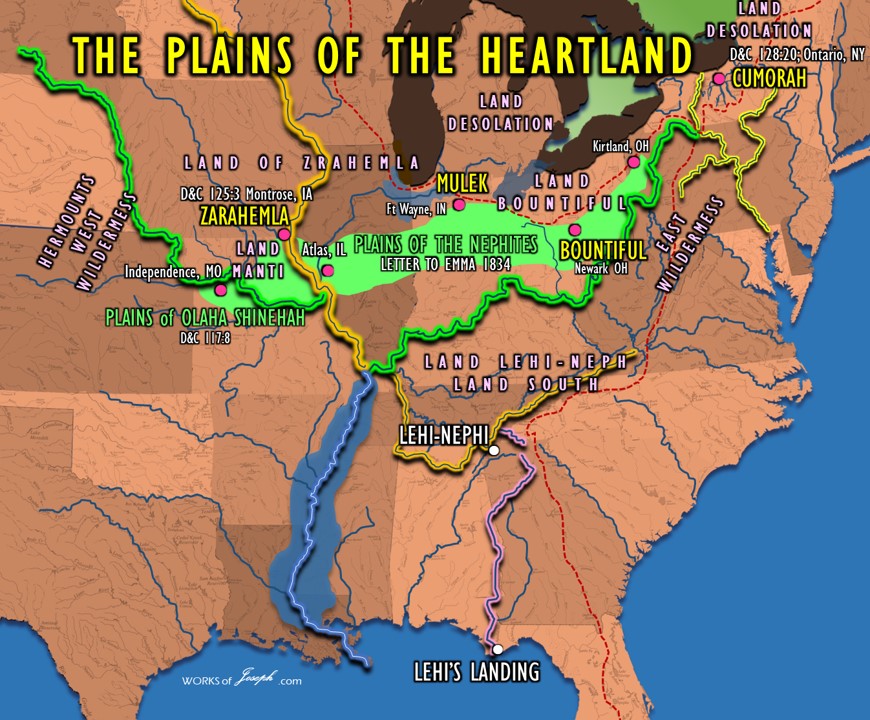
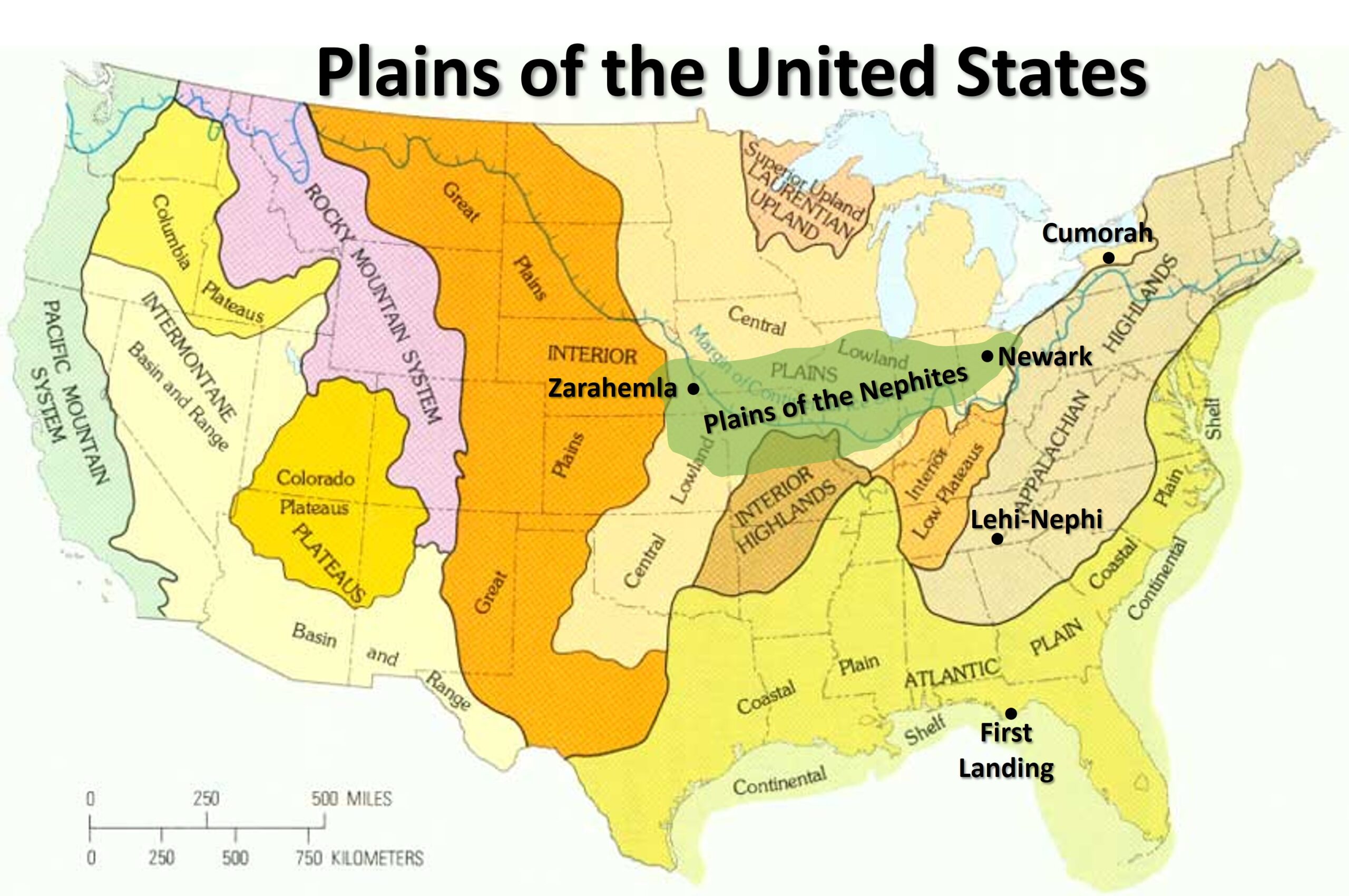 4- HEARTLAND PLAINS
4- HEARTLAND PLAINS